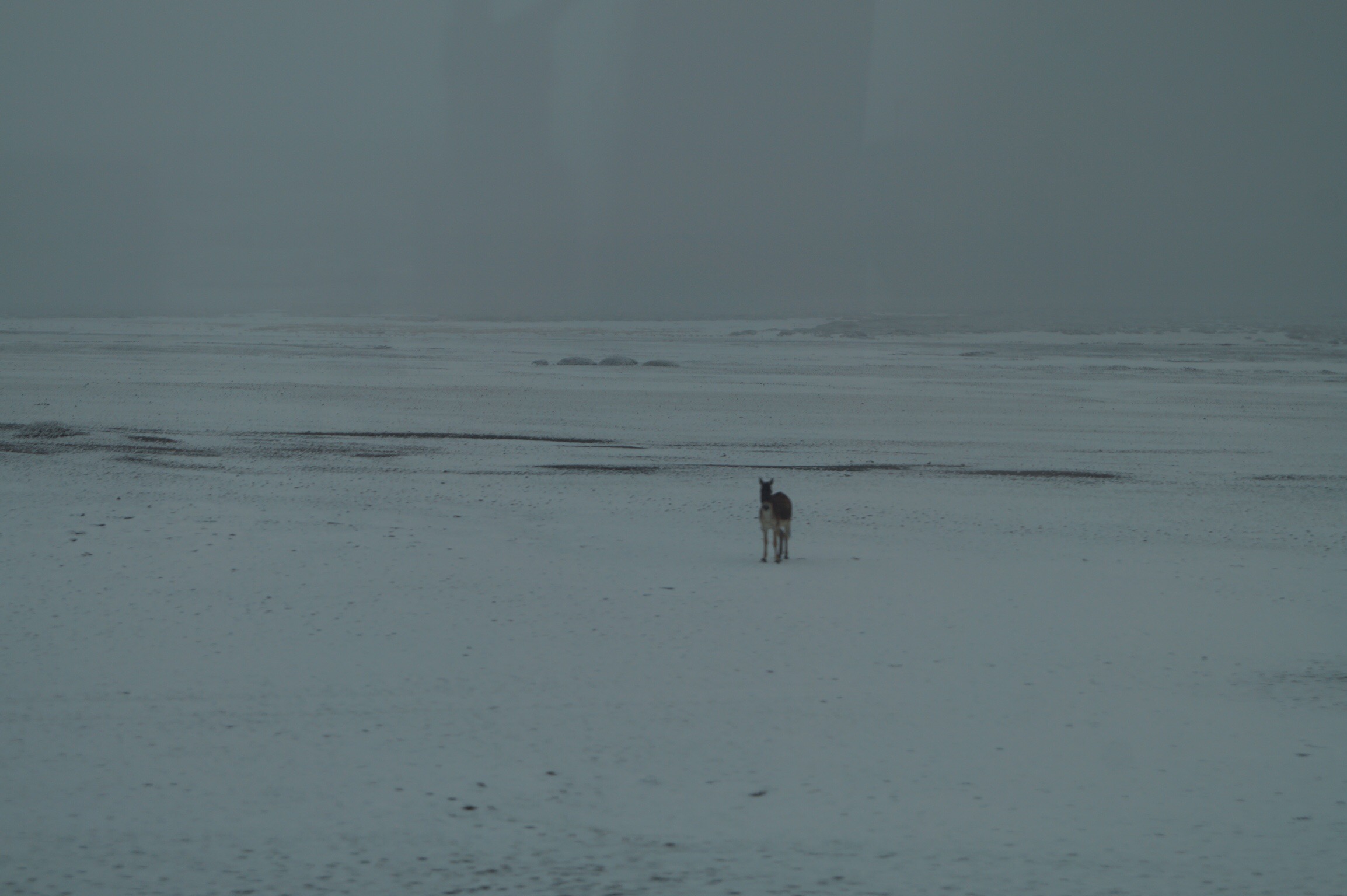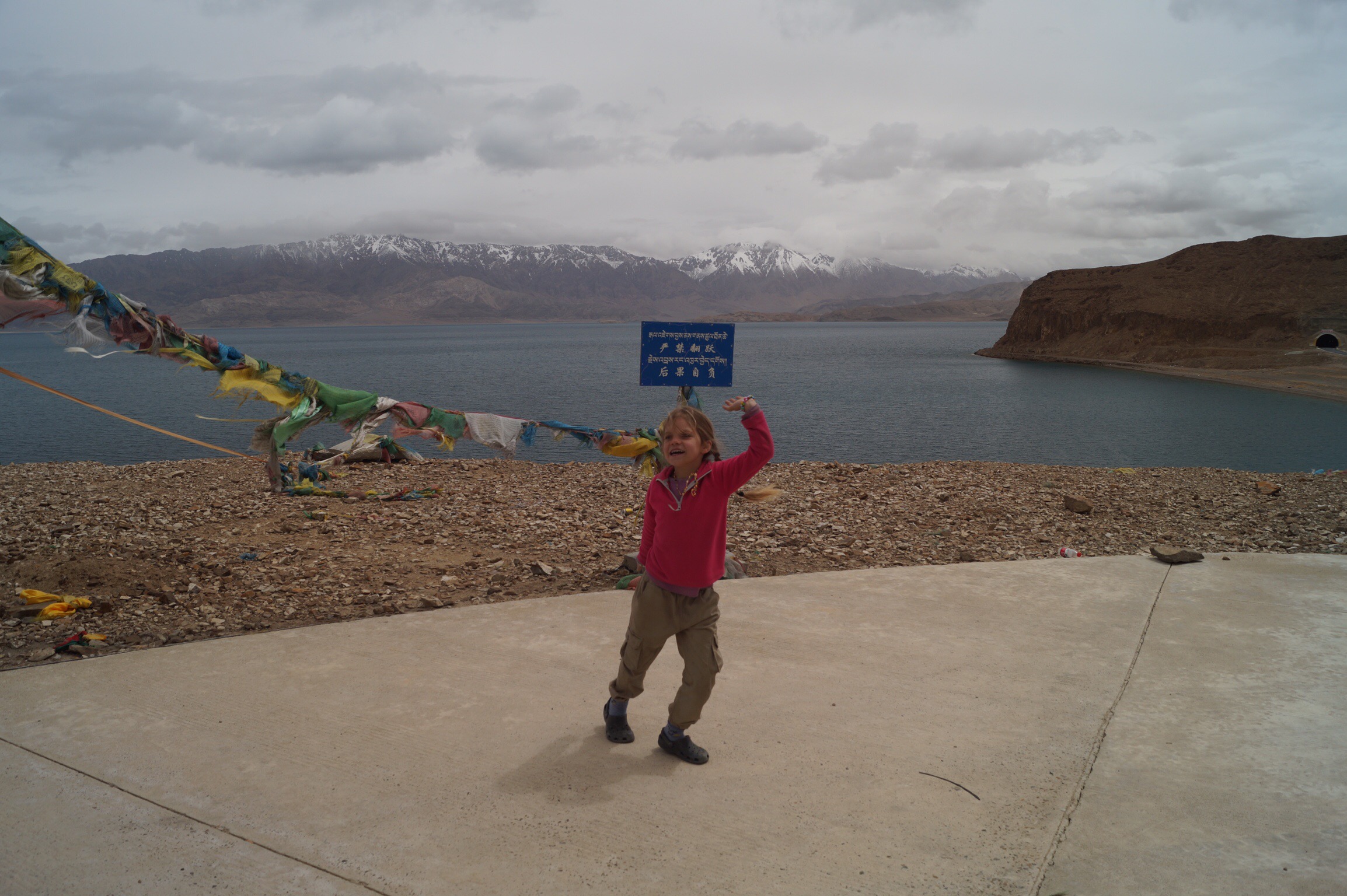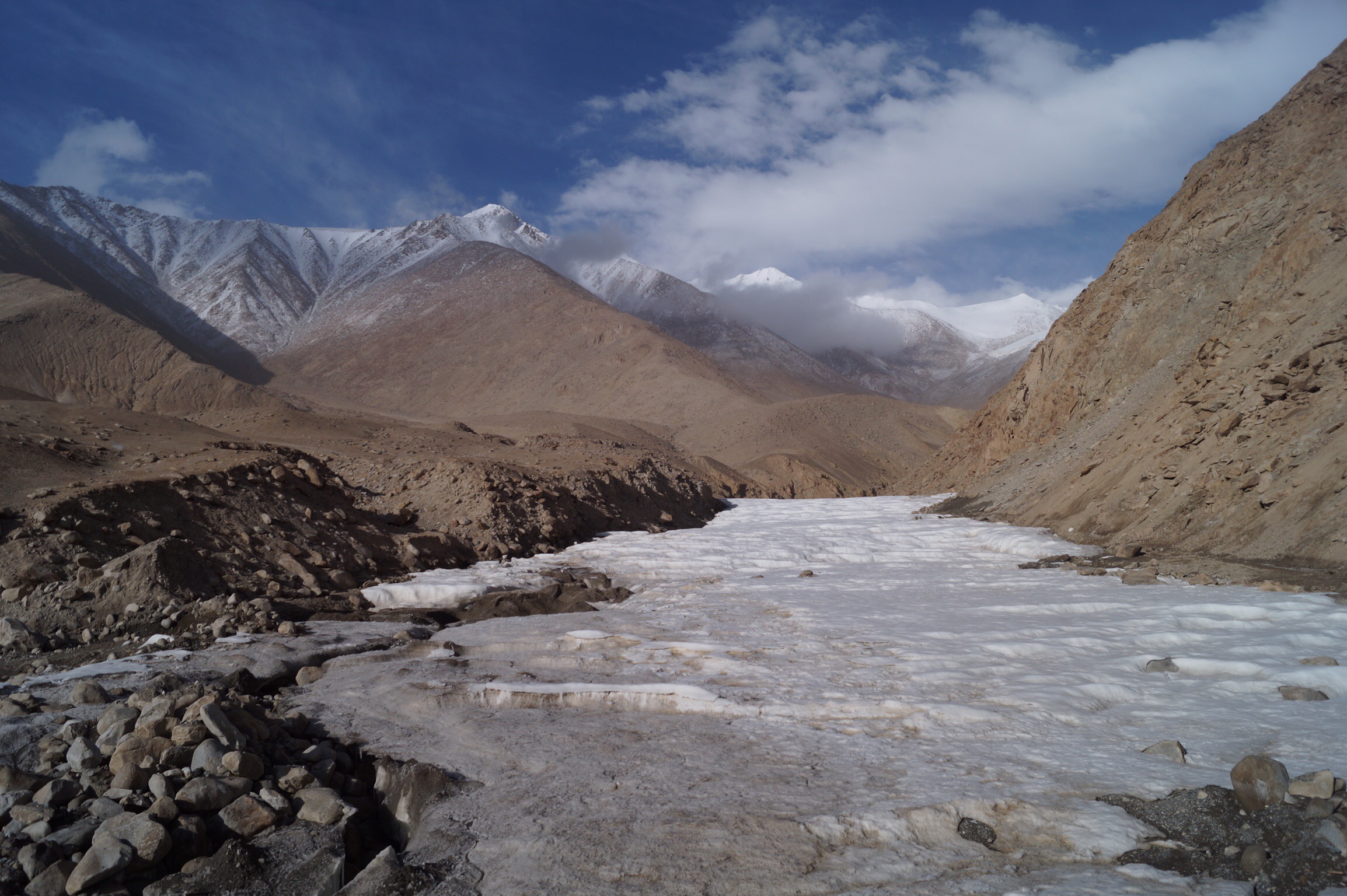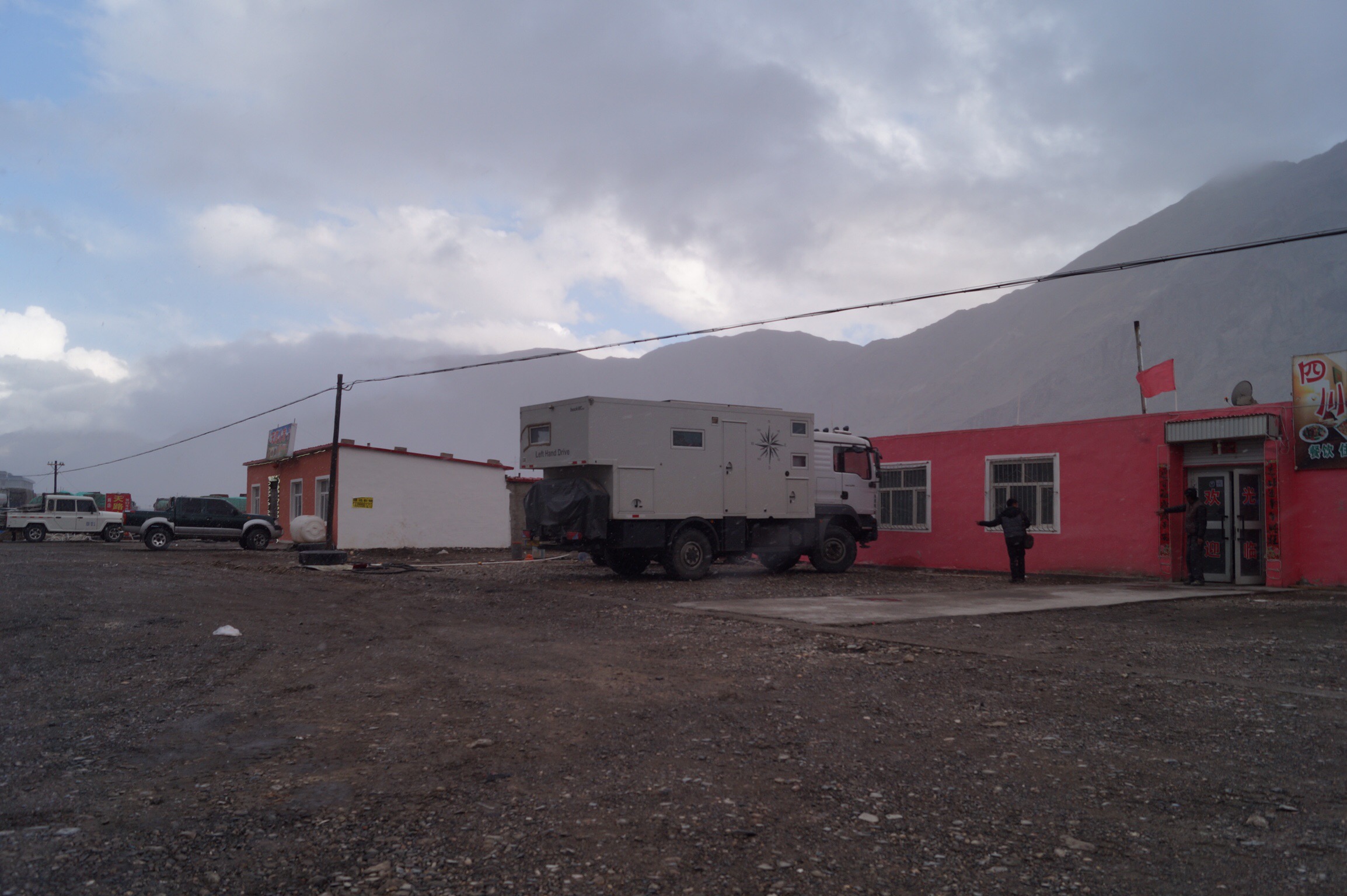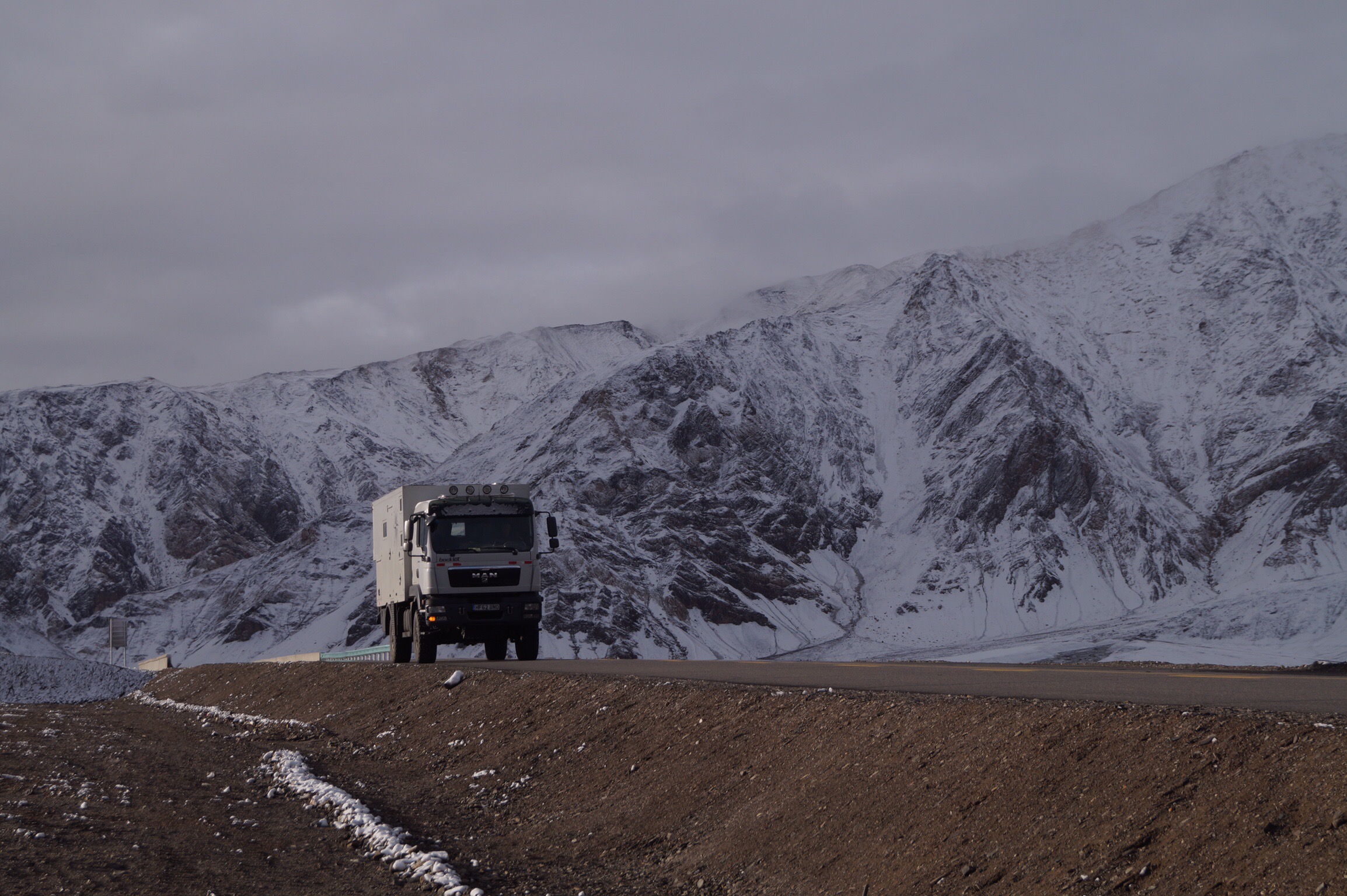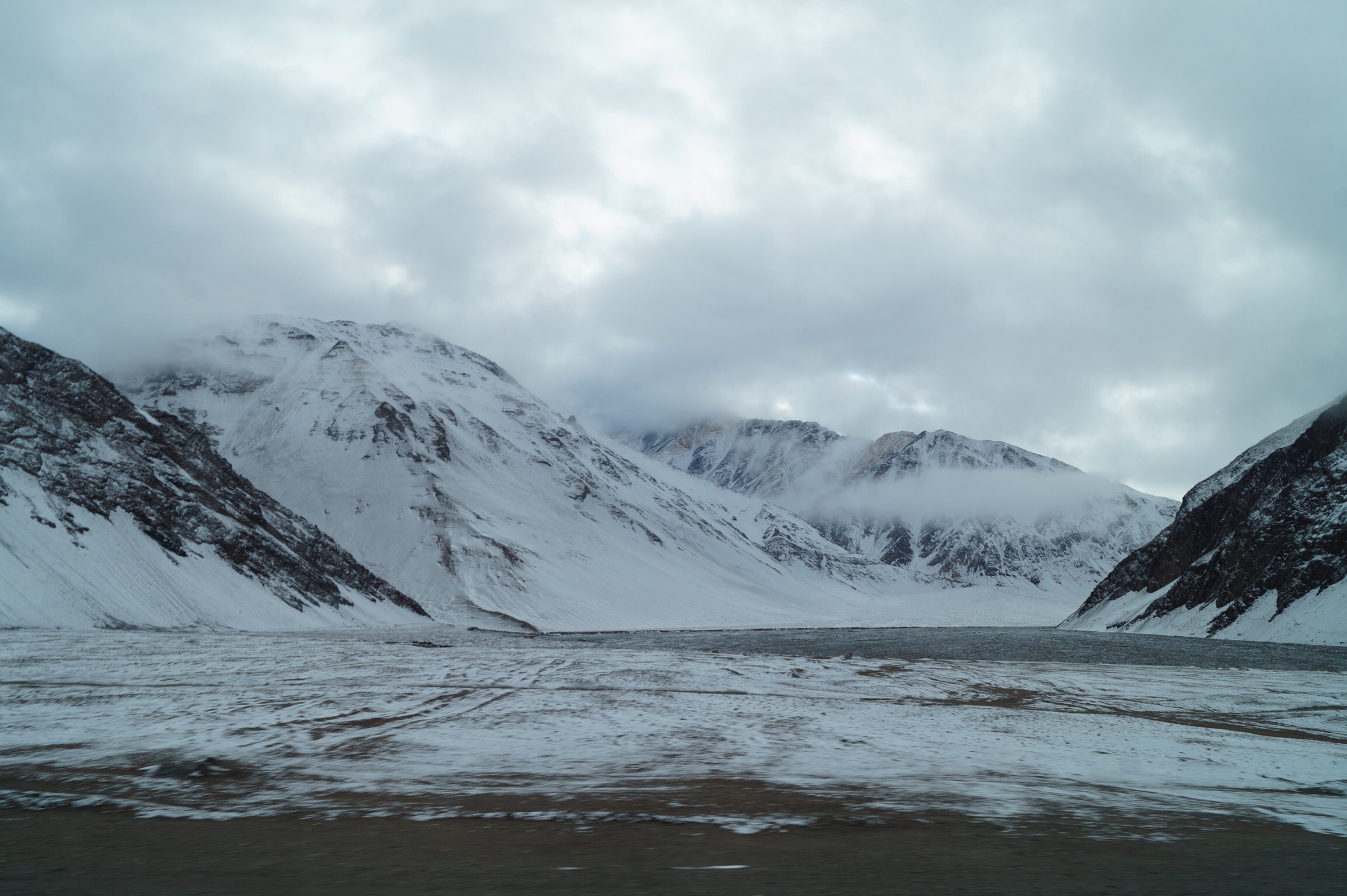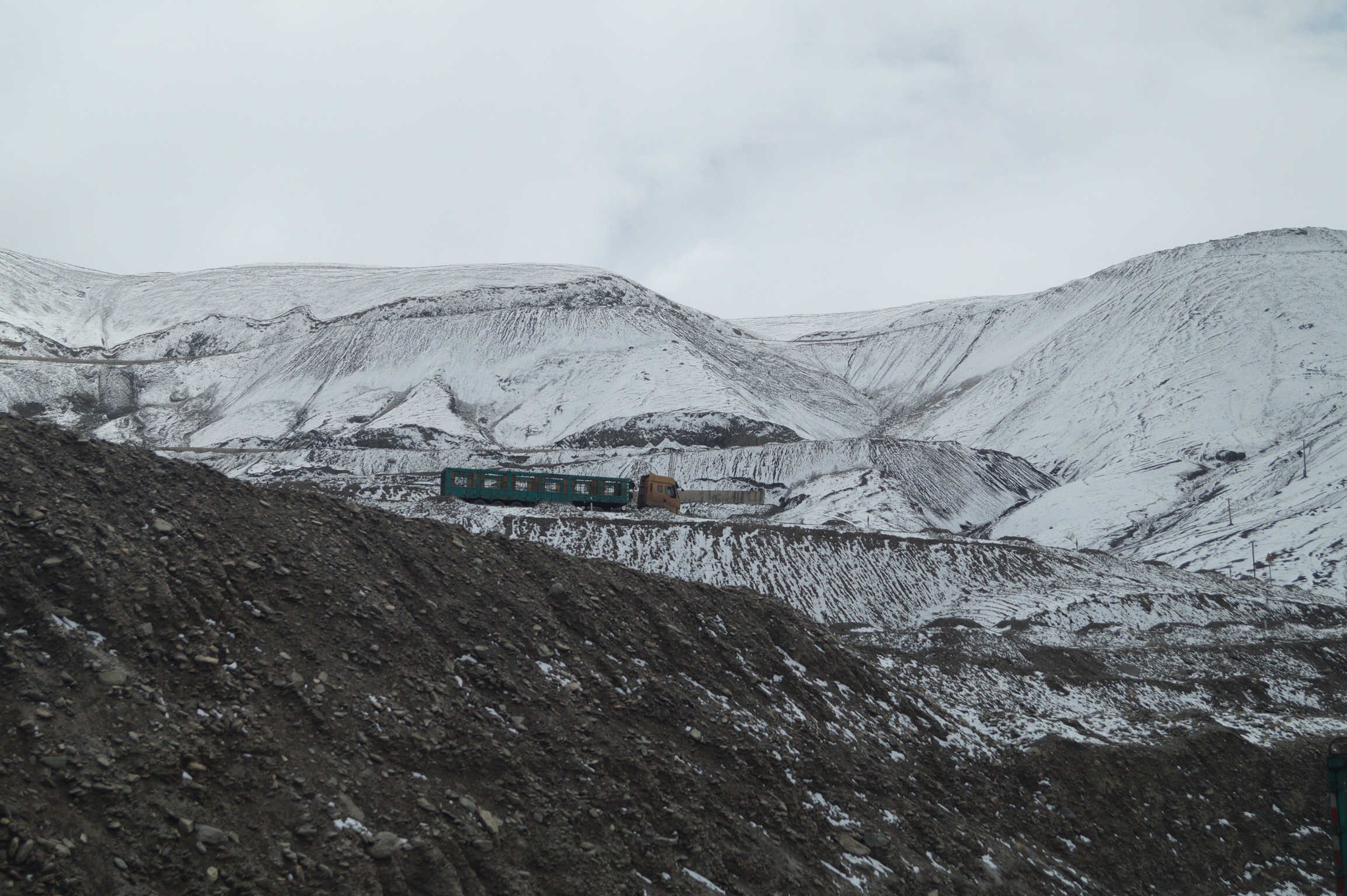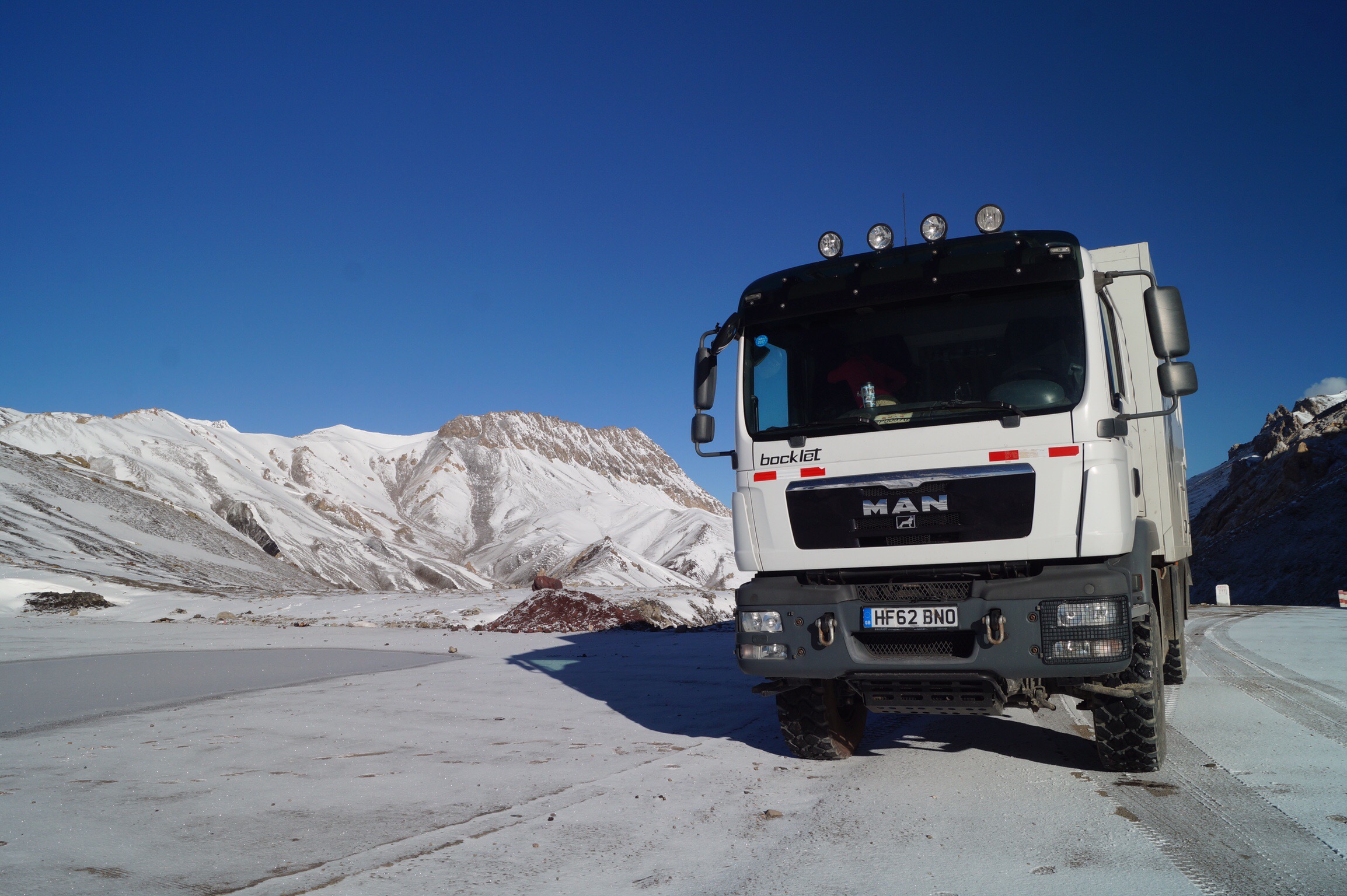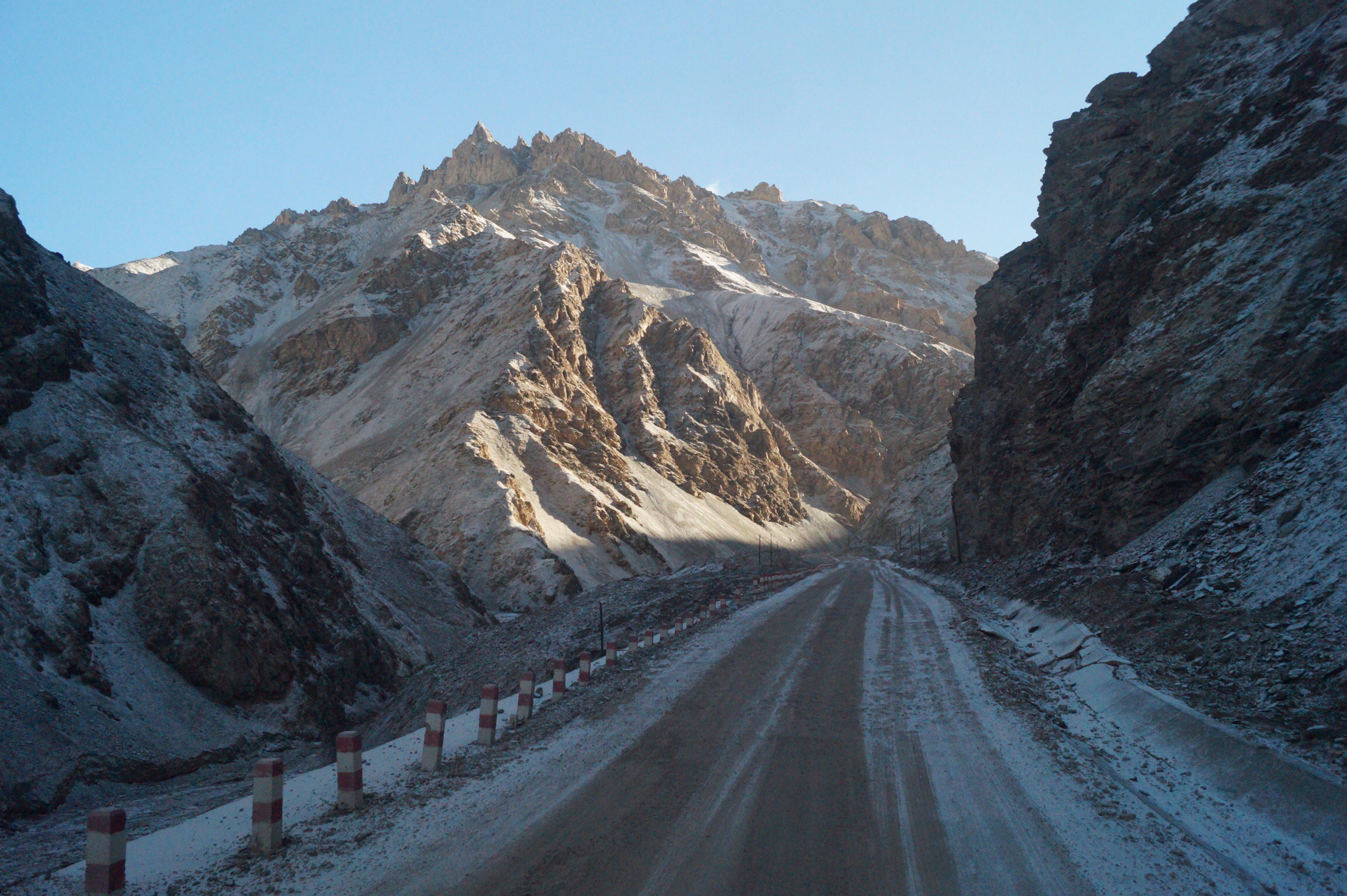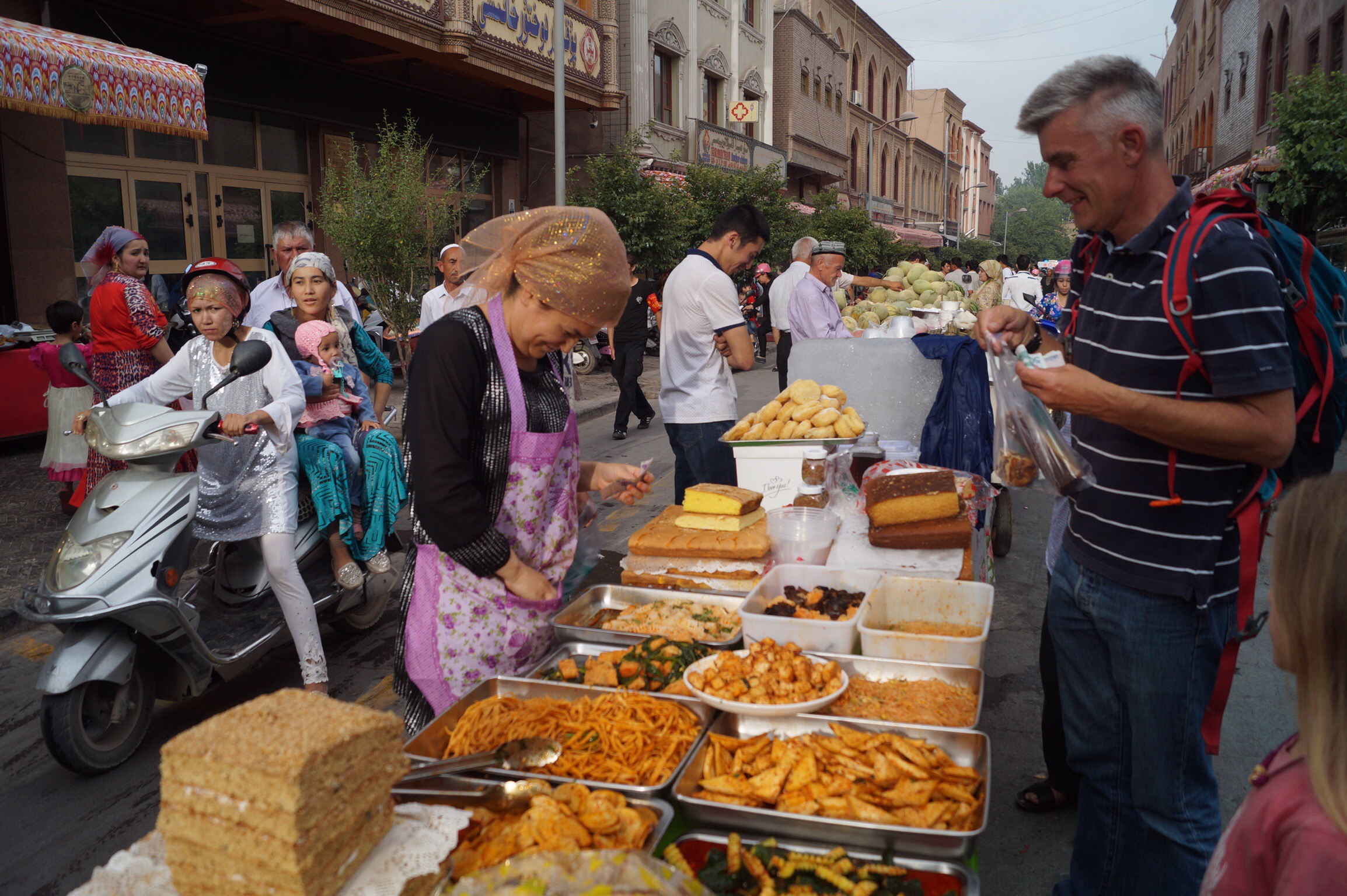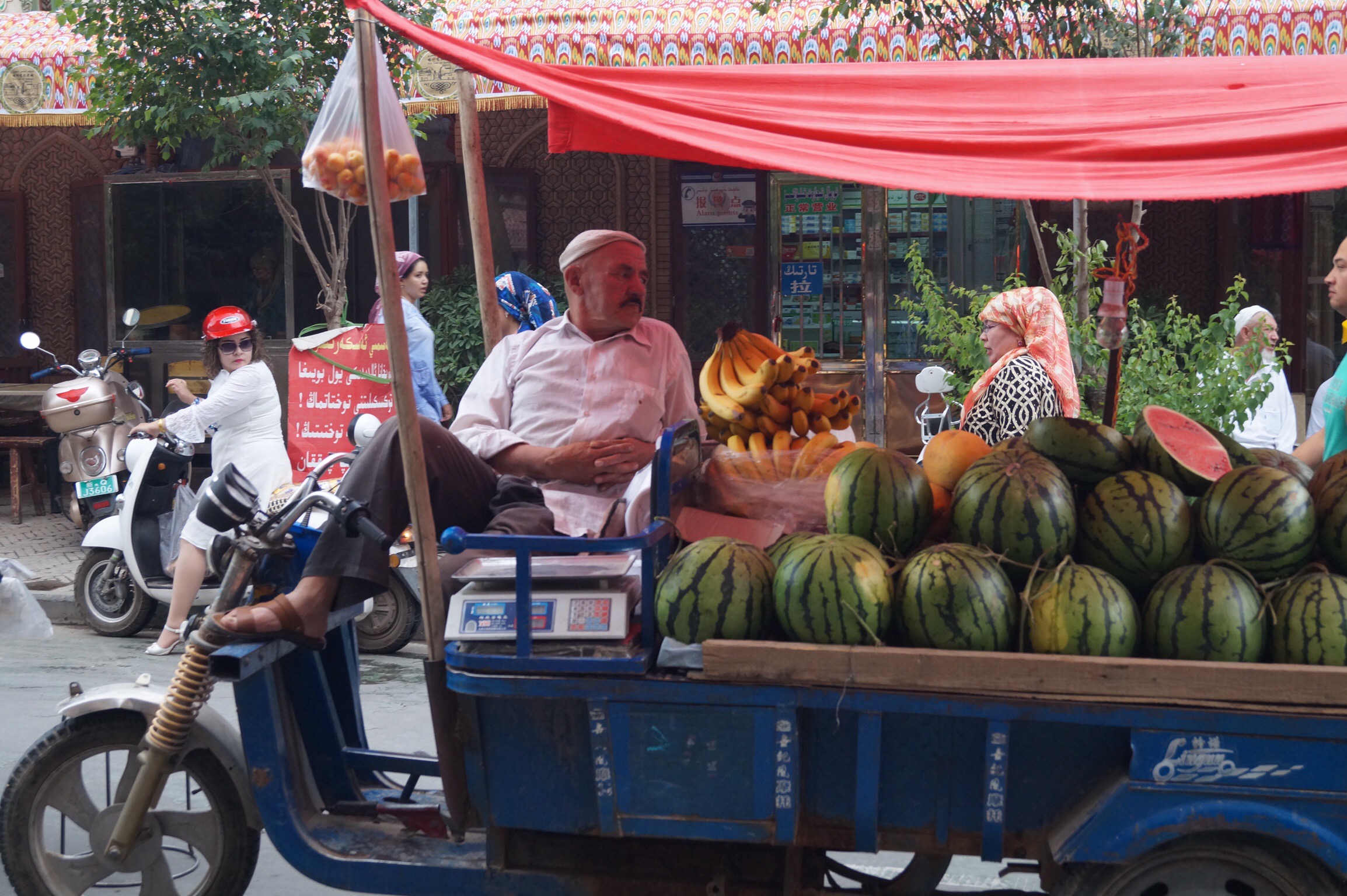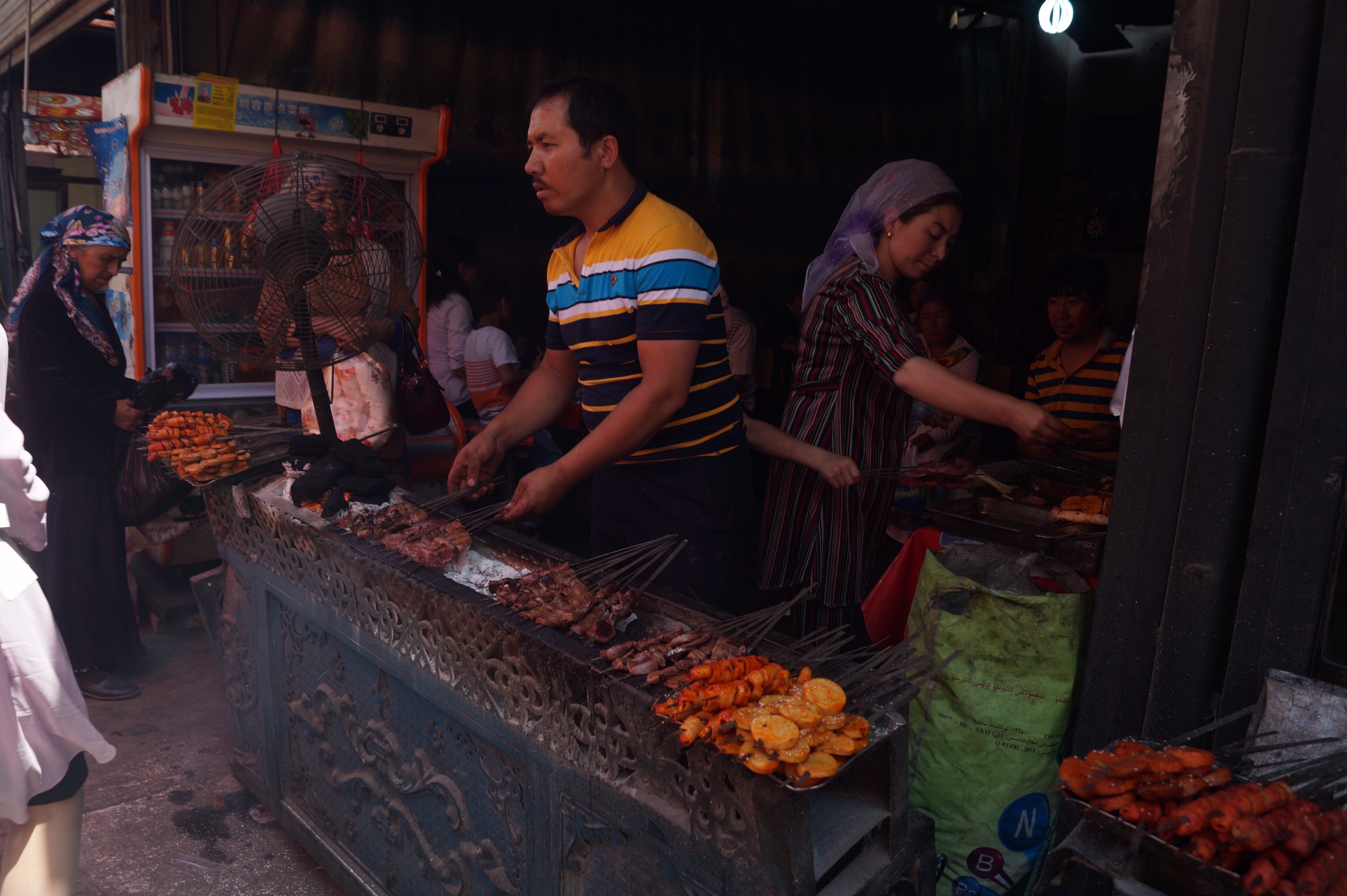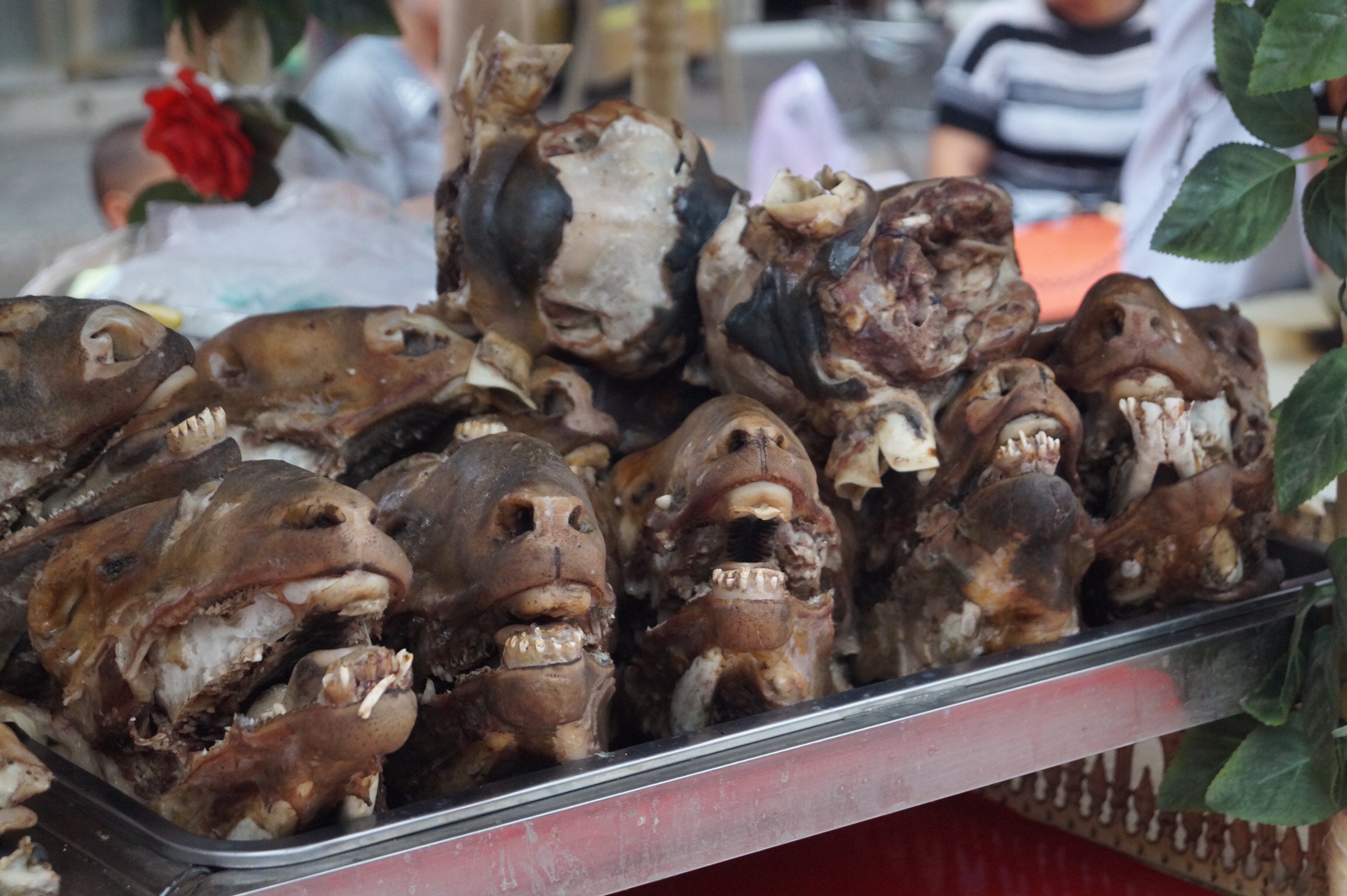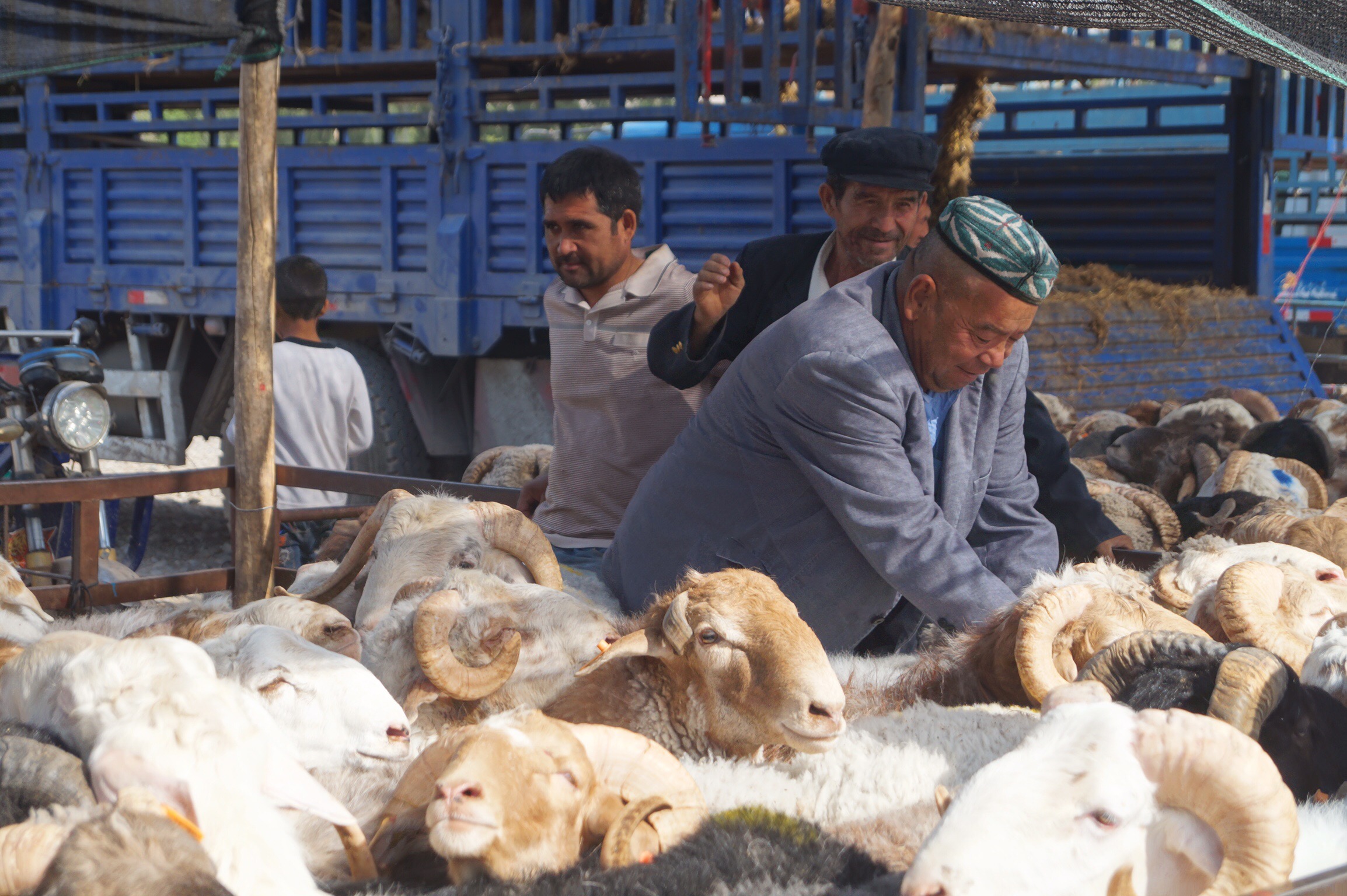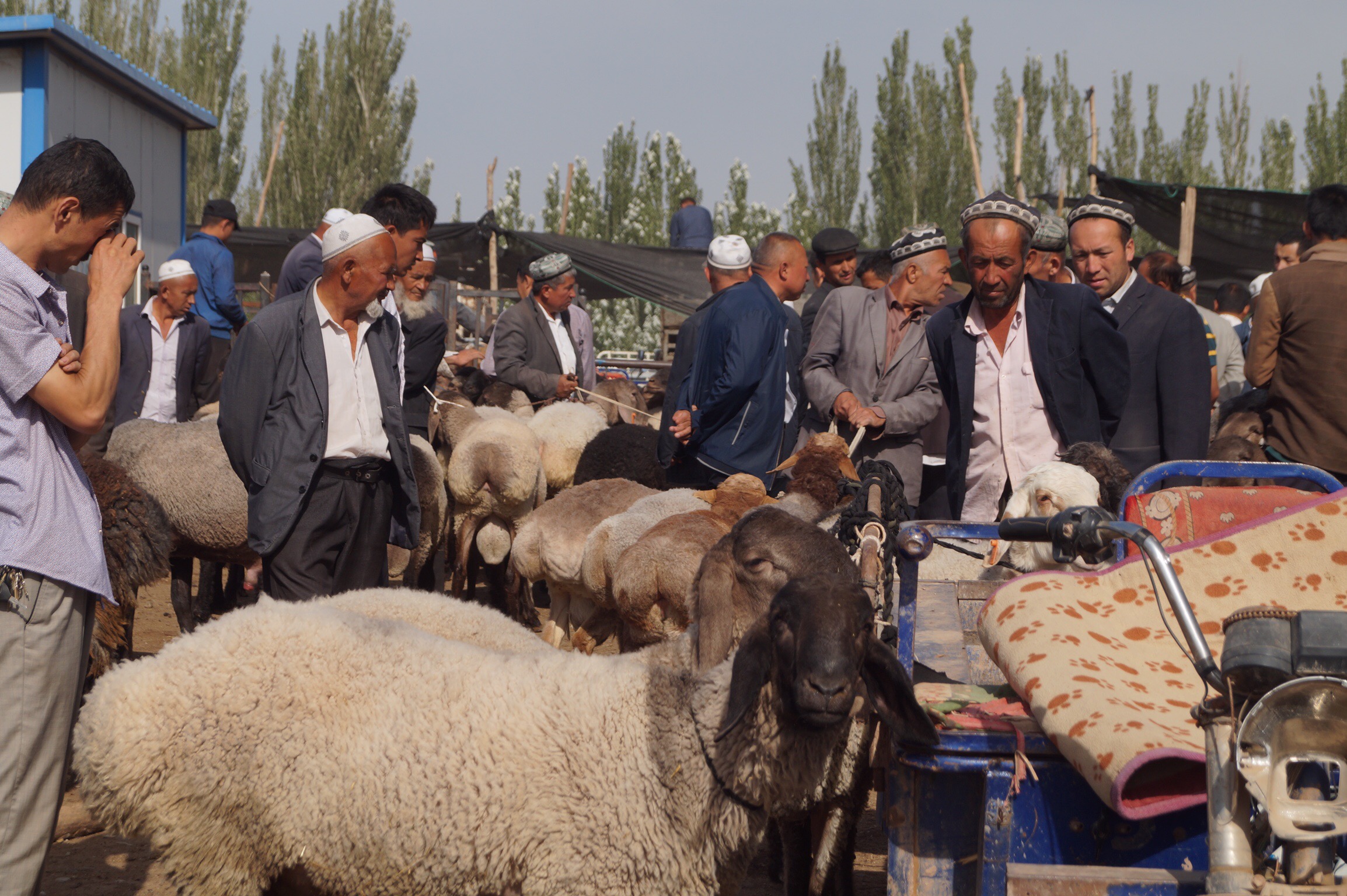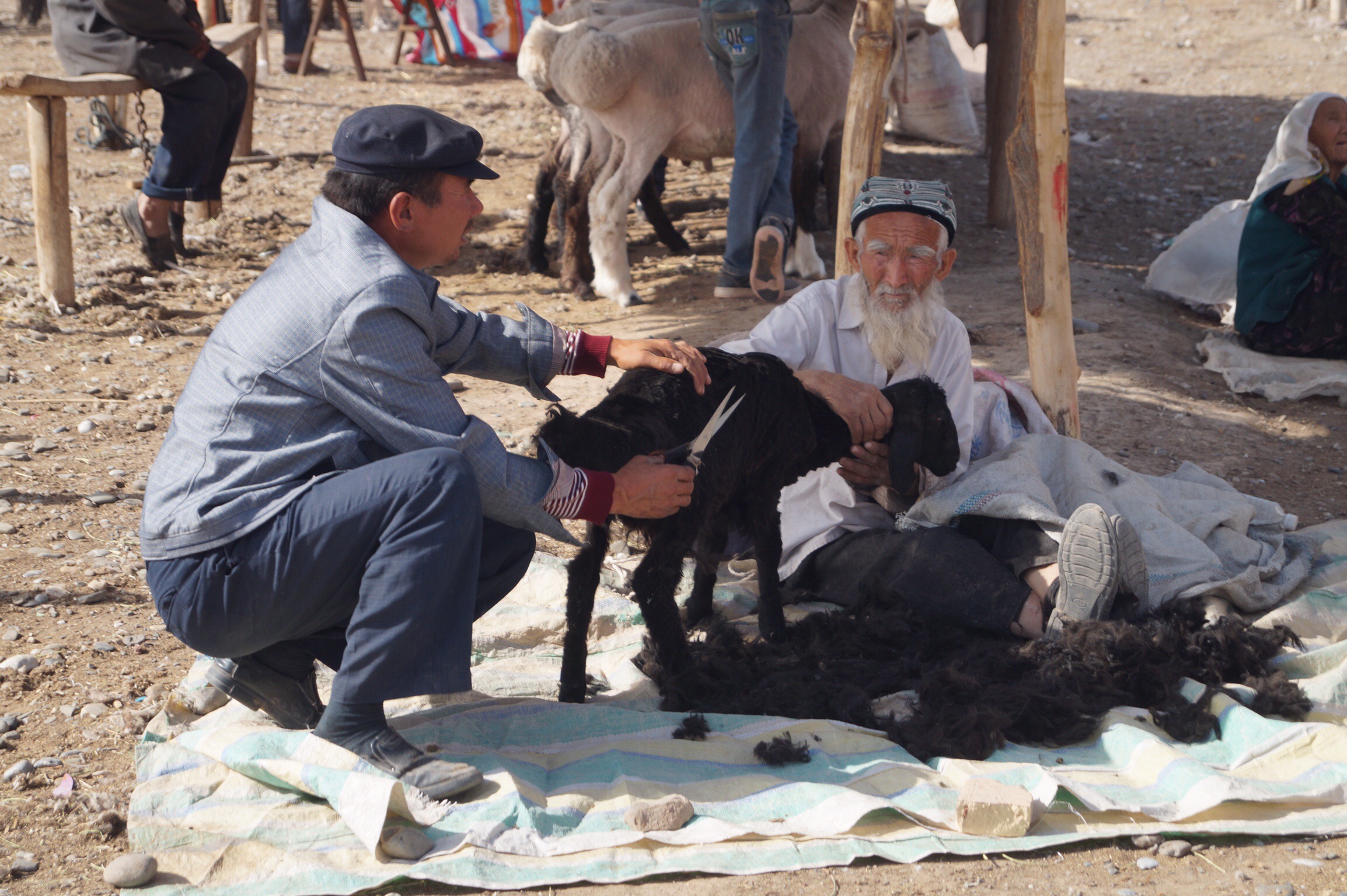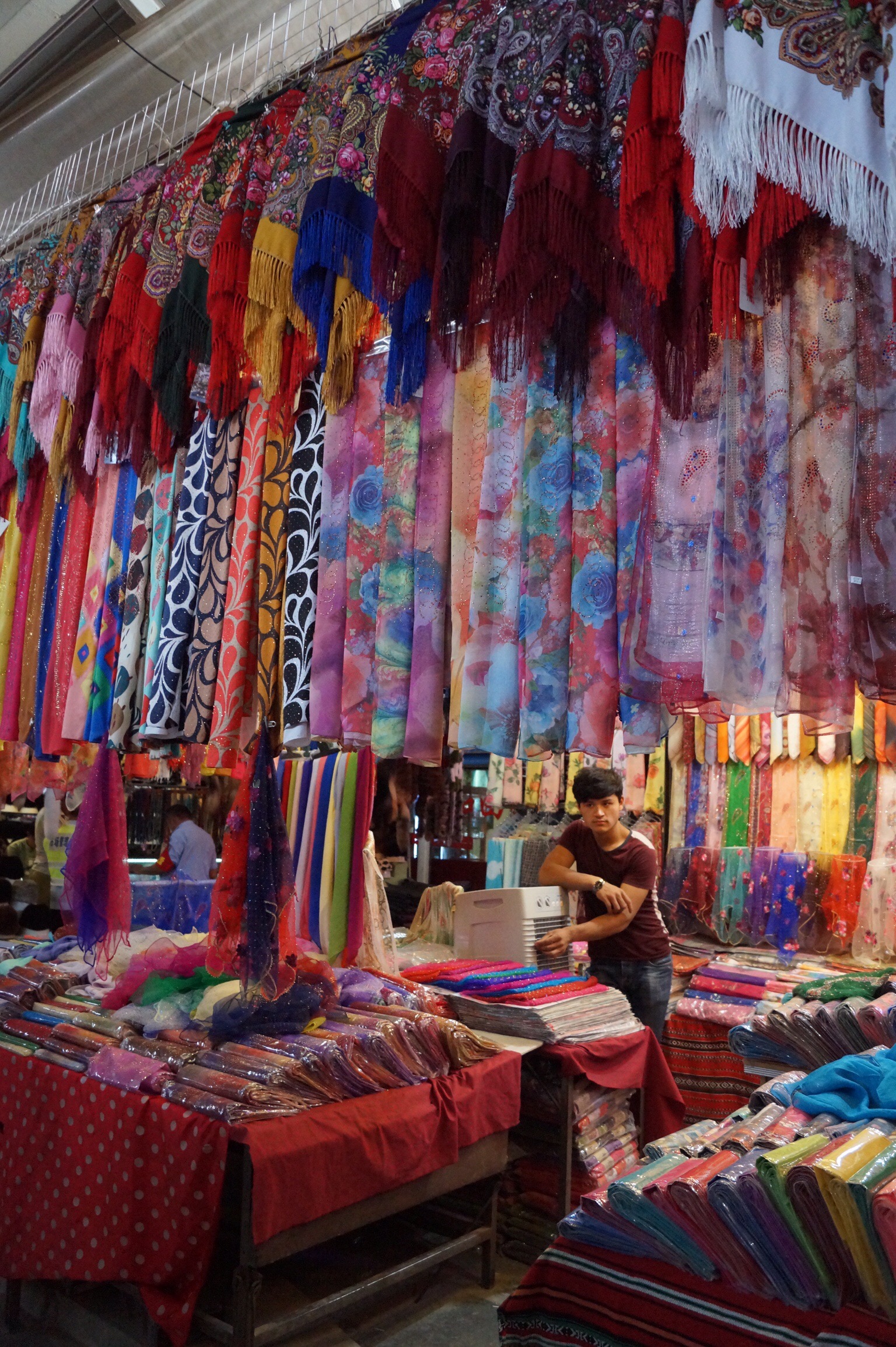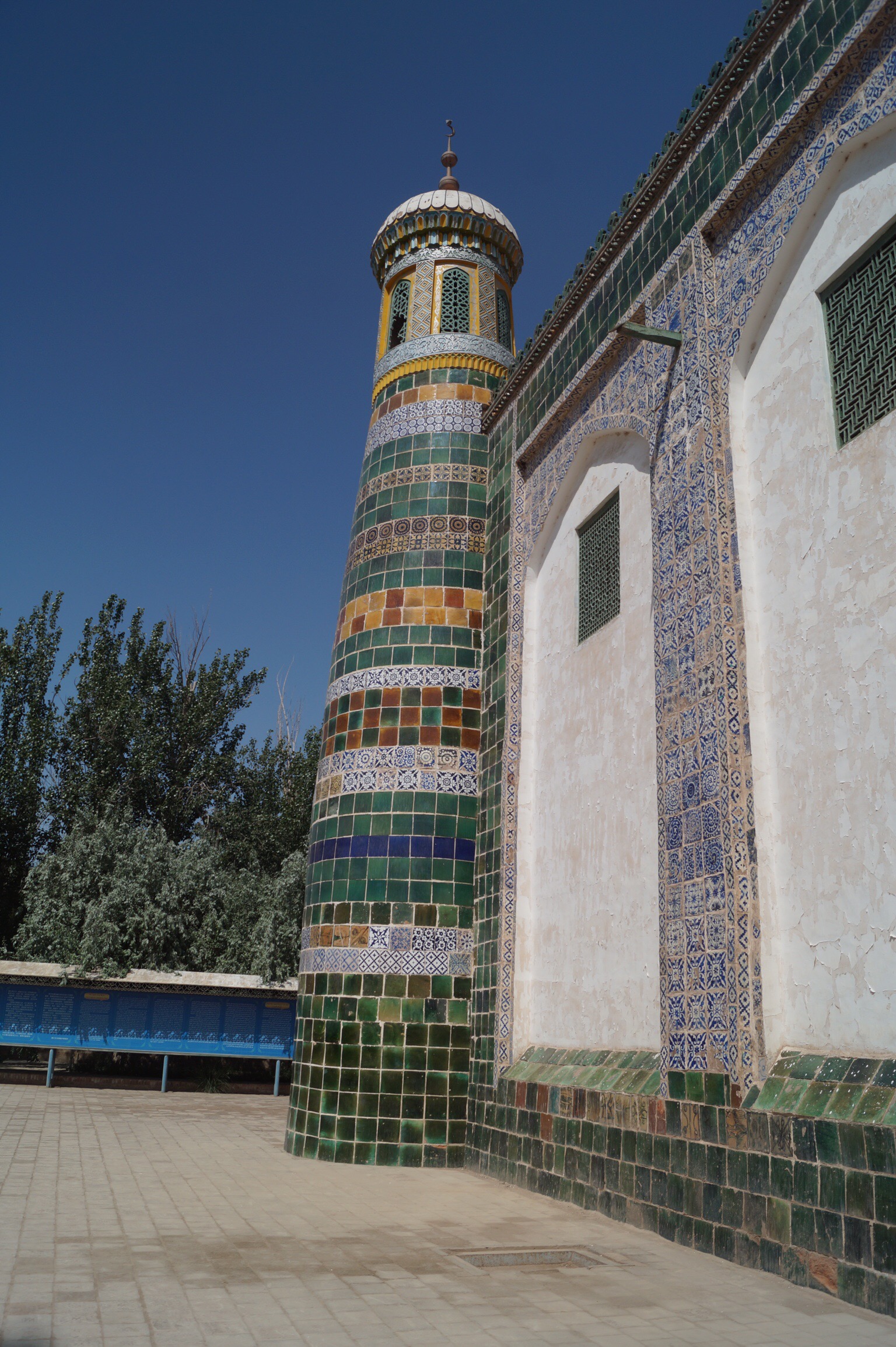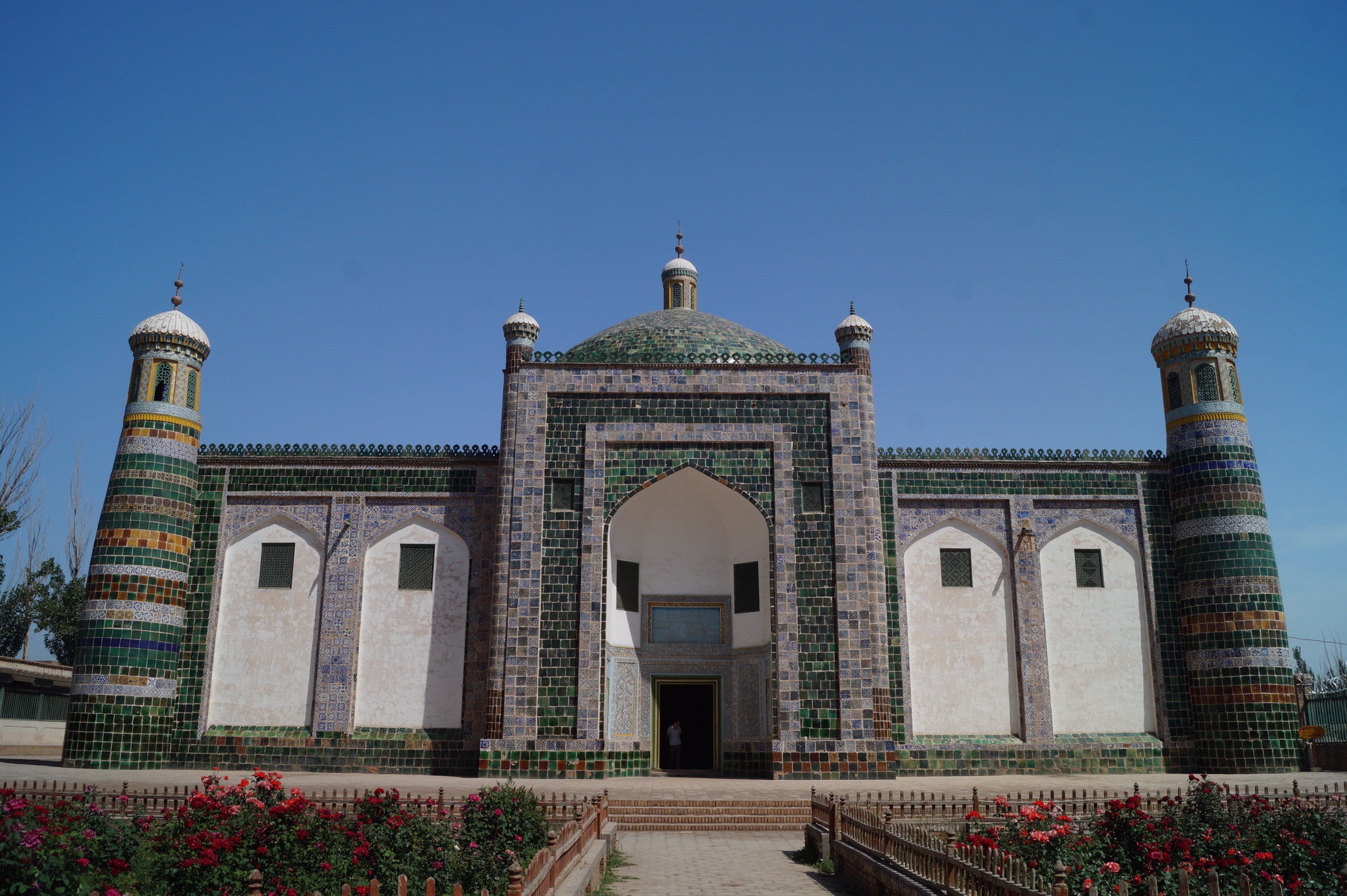Everest. It has fascinated mankind for years and I am no exception. Ever since I had seen a picture of the North Face and heard that the Chinese had built a road allowing you to get up close and personal with the mountain I had dreamed of taking the truck up there and getting the photo: the truck, the family and Everest. The ultimate photo to encapsulate our overlanding adventure?

Why is it that mountains, especially really big ones, fascinate us so much? And what is the pull and the draw? It was George Mallory back in the 1920's when asked why he wanted to climb Everest famously quipped "Because its there". We would be timing our arrival at base camp during climbing season so would potentially be getting to see much more adventurous people than us.
But first we had to reach Everest from Lhasa. Whilst the roads were fantastic the altitude was still going to be a challenge. We left Lhasa set at a relatively low altitude of 3,660m and headed up. Along the way we crossed numerous passes but to be honest at this point any less than 5,000m were hardly worth mentioning. Crossing one pass we were given a view of beautiful Yamdrok-tso, one of the holiest lakes in Tibet. It wasn't a perfectly clear day but the water was a fabulous shade of deep turquoise.

From there it was a short drive to Gyantse a historic town that had been a crucial link for traders and pilgrims journeying across the Himalayan plateau. The main attraction here was the Gyantse Kumbum which is a five floor 32m high chorten set in the grounds of a monastery.
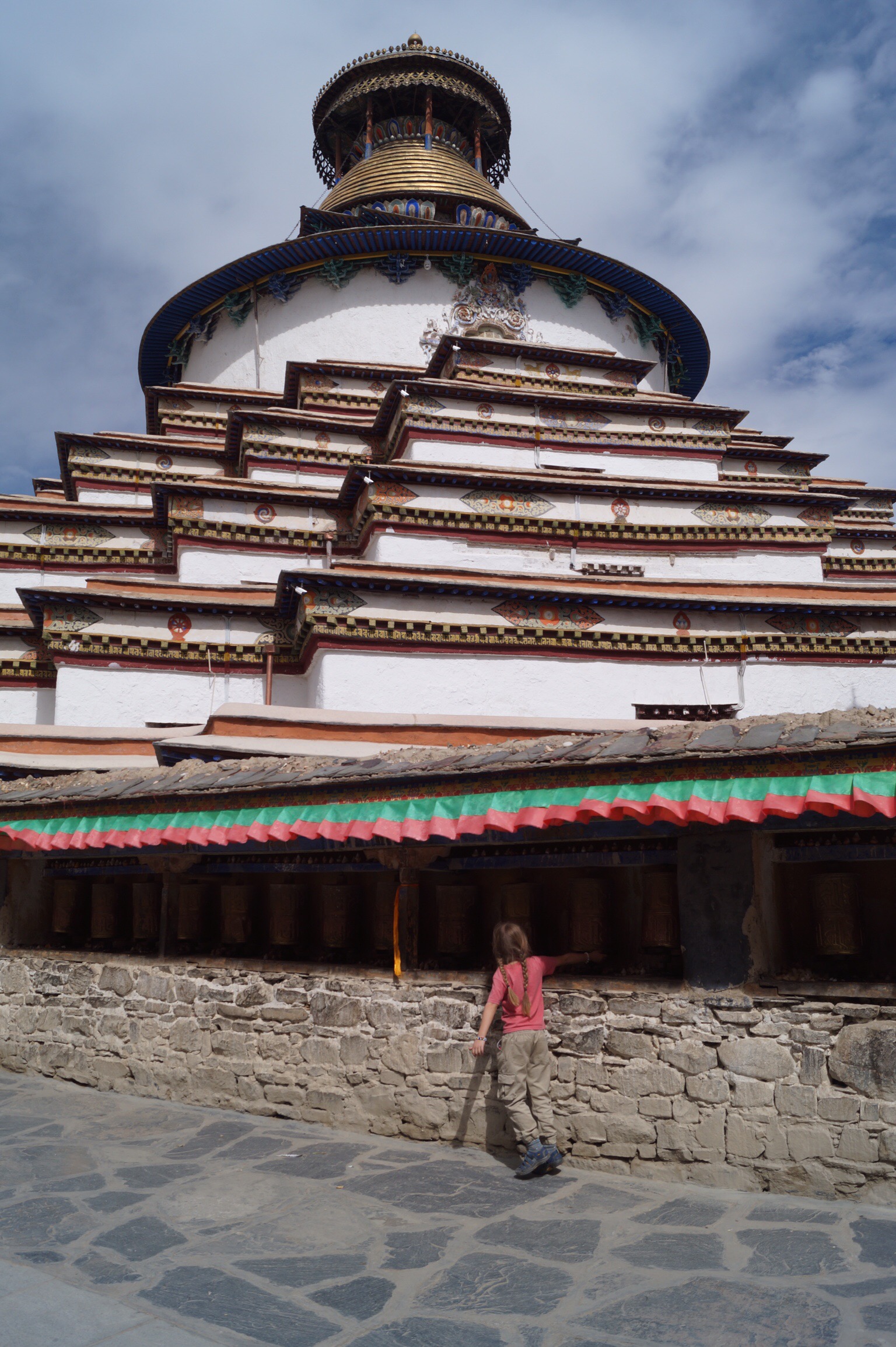
We explored each floor of the chorten with its many chapels and then also toured the monastery grounds admiring the views to the Gyantse Dzong which the British occupied in the early 20th Century.

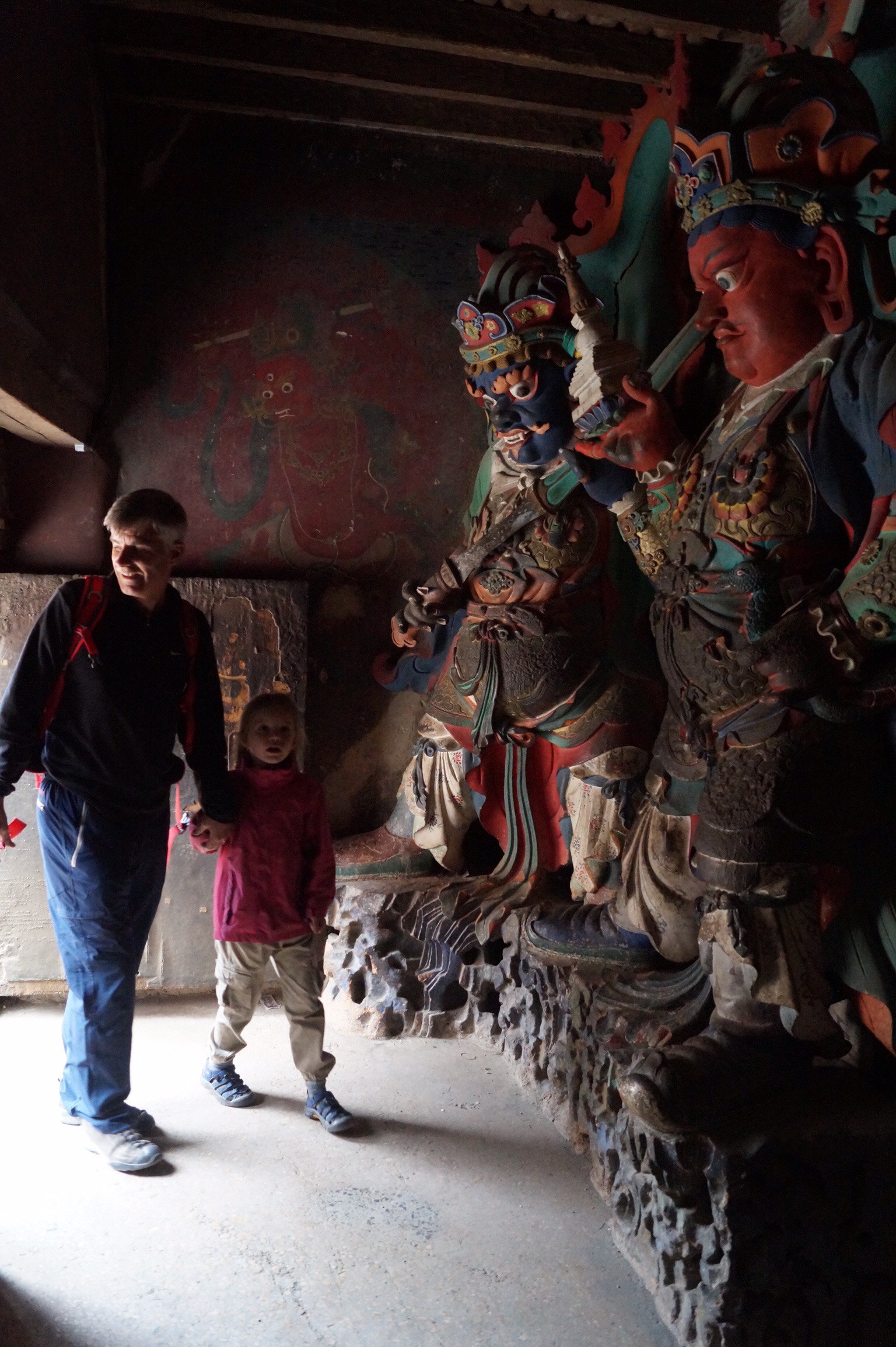
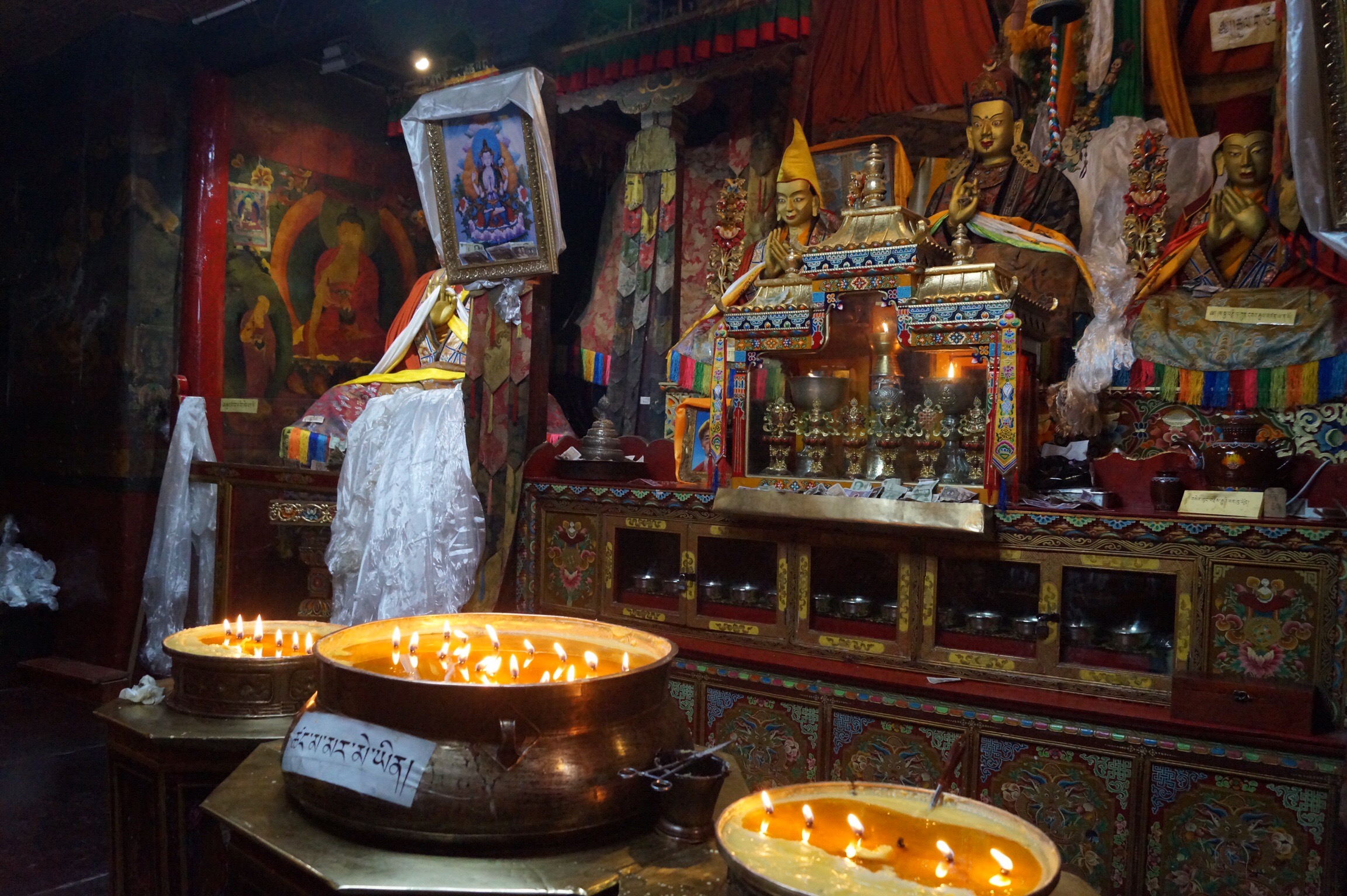

We were lucky in that we did not have to take a hotel and could instead camp in the monastery car park. However our luck was not to hold, as during a walk around the charming old town a dog ran out and bit Lucy. The bite was not that bad and fortunately she was wearing thick trousers but there was a graze and it was border line whether it had broken the skin. With rabies been a real possibility in Tibet we were in a bit of a quandary. Lucy had had a course of rabies vaccinations before we set off but if properly bitten needed two boosters to be truly effective. However we were in the middle of nowhere.
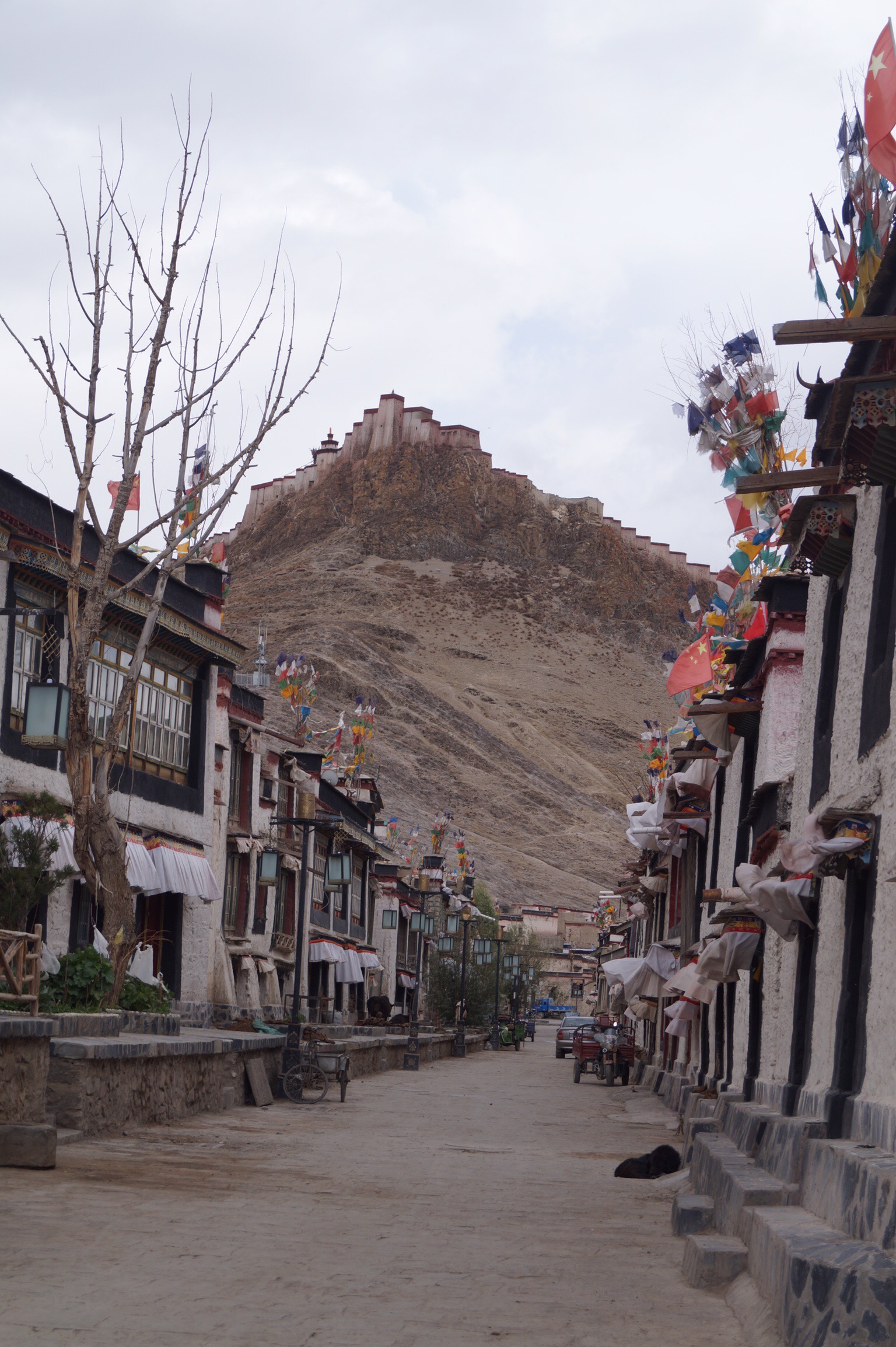
Fortunately the next day we were headed to Shigatse the second largest town in Tibet (population 80,000) so we headed straight to the hospital. They sent us down the road to another hospital who had a large supply of rabies boosters and within 15 minutes we were done. We had to persuade the doctor to let us take the second booster with us as normally they do not allow this but after assuring her we could store it correctly in our fridge she agreed. Another interesting aside on the price of drugs. In the US I understand a rabies injection costs at least $150, in Tibet it was $9. Go figure. The second booster was administered at a clinic in a small town 3 days later at a cost of £1. I don't think we will be making a claim on our travel insurance!
With that worry out of the way we then had time to explore the fantastically impressive Tashilhunpo Monastery, traditionally home to the Panchen Lama. After the 10th Panchen Lama died the current Dalia Lama identified his reincarnation the 11th Panchen Lama who was subsequently detained by the Chinese ("the youngest political prisoner at the age of 5") and has not been seen since. Instead the Chinese identified an alternative Panchen Lama and it was his photo we saw around the monastery.
The monastery was one of the few in Tibet not damaged during the cultural revolution and therefore we could enjoy its full glory. We spent a couple of hours exploring the chapels including one containing the largest gold guilded Buddha in the world as well as the chapels containing the ornate tombs of the Panchen Lamas.

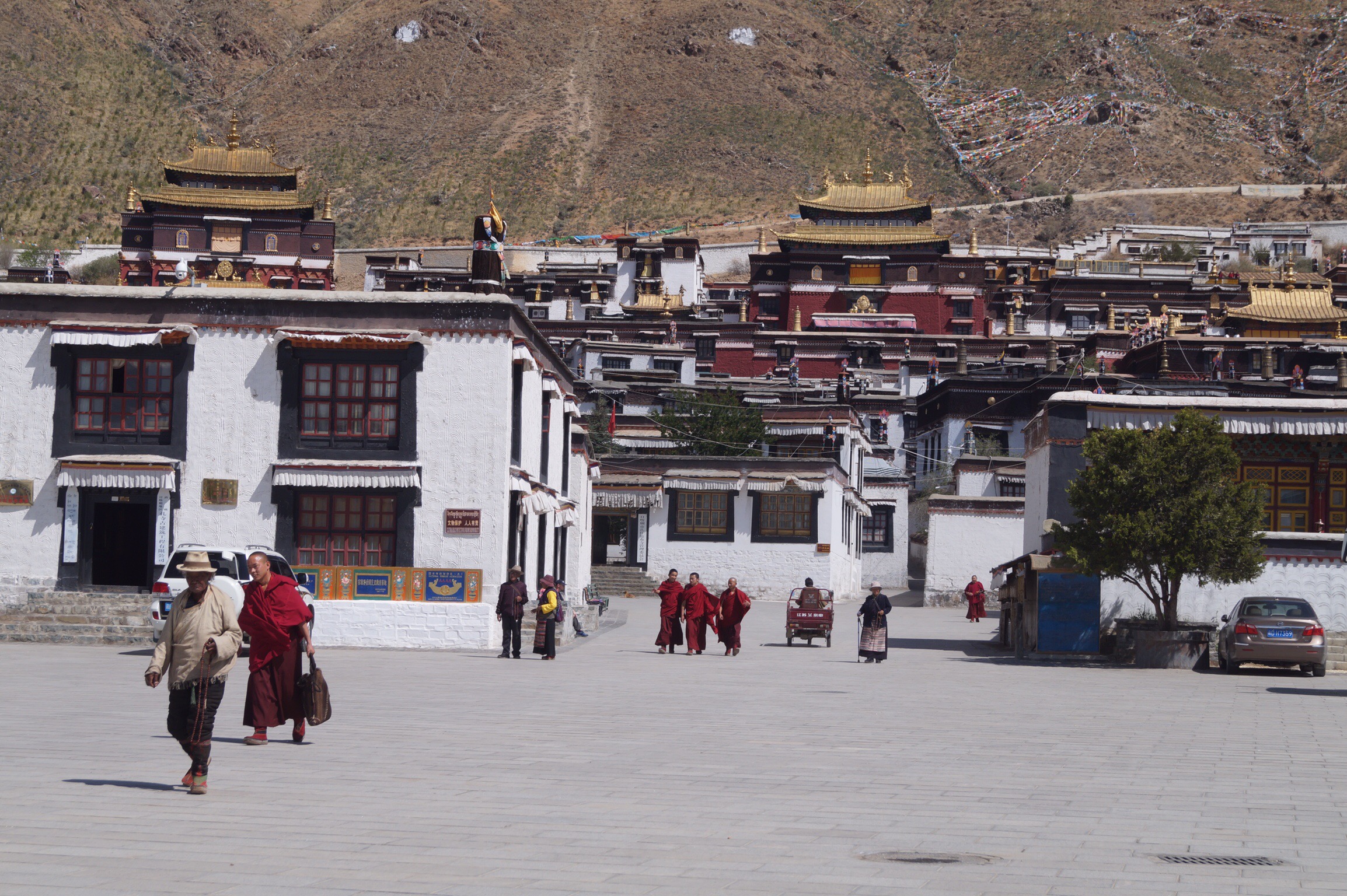
The main assembly hall was set around a lovely courtyard with views over the whole complex including up to a large wall from which tankas were unfolded during special festivals.
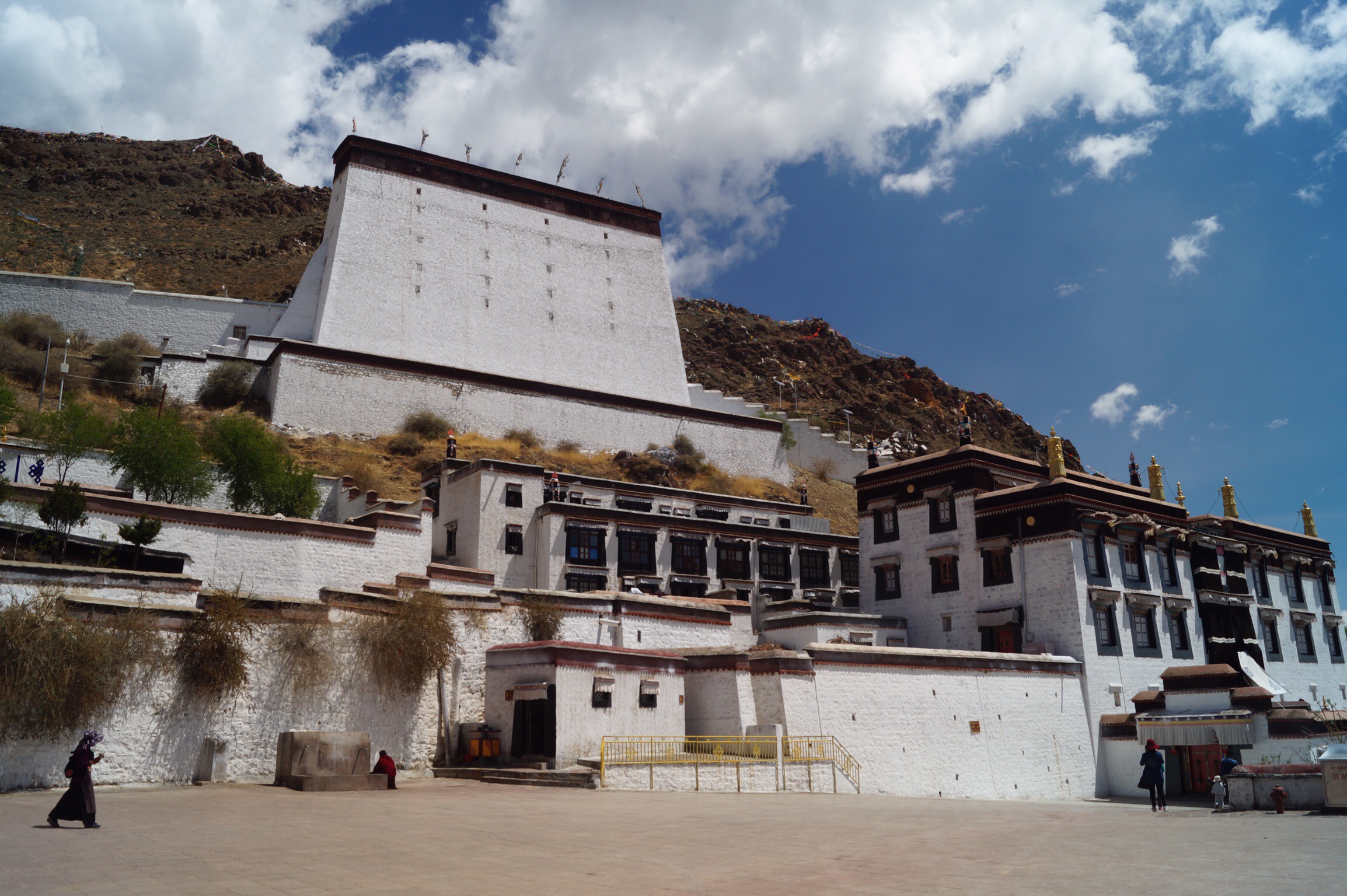
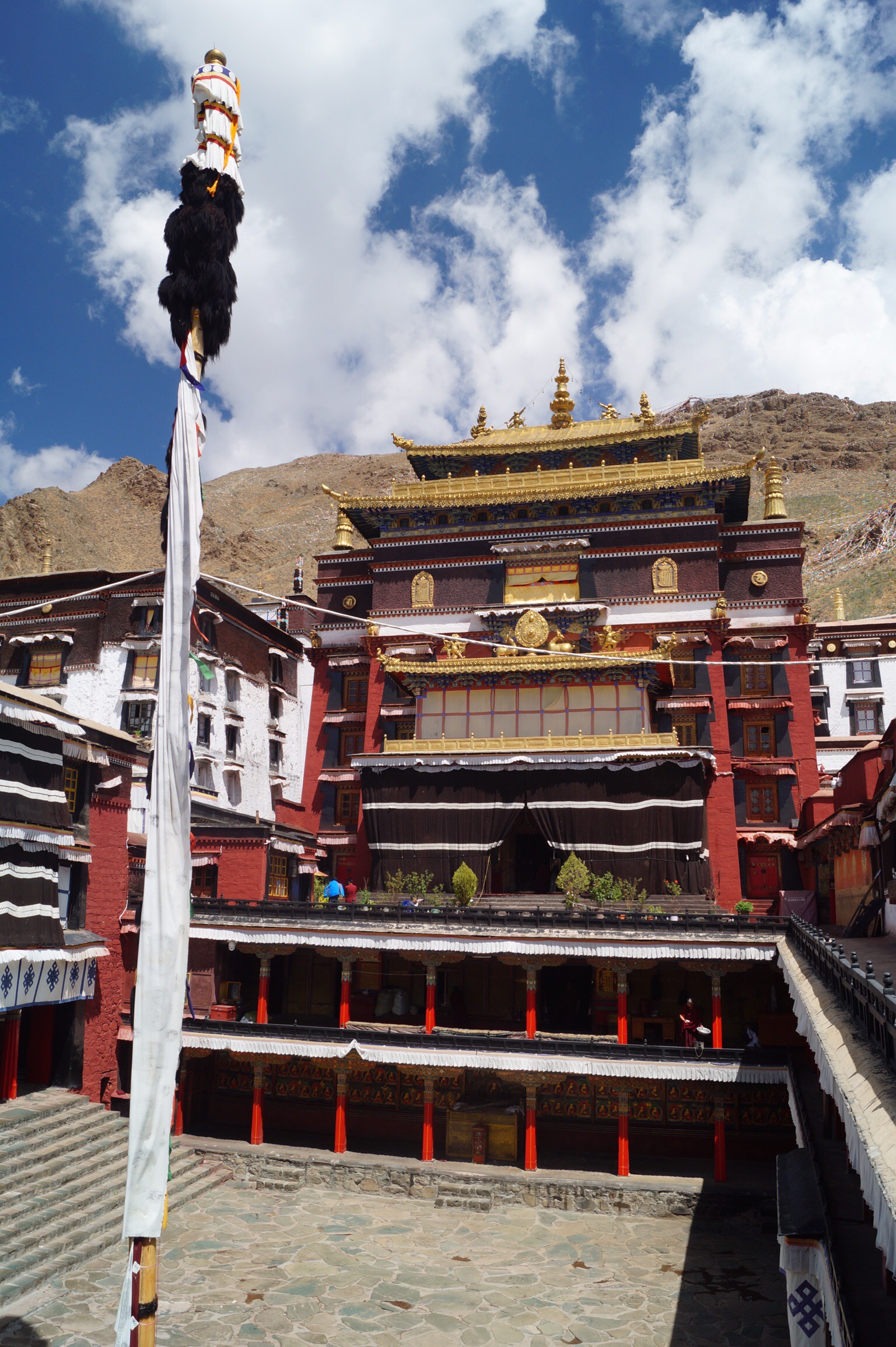

On leaving the monastery we joined the throng of Tibetans doing their daily kora around the walls of the monastery before meeting back up with our guide for a Tibetan lunch.
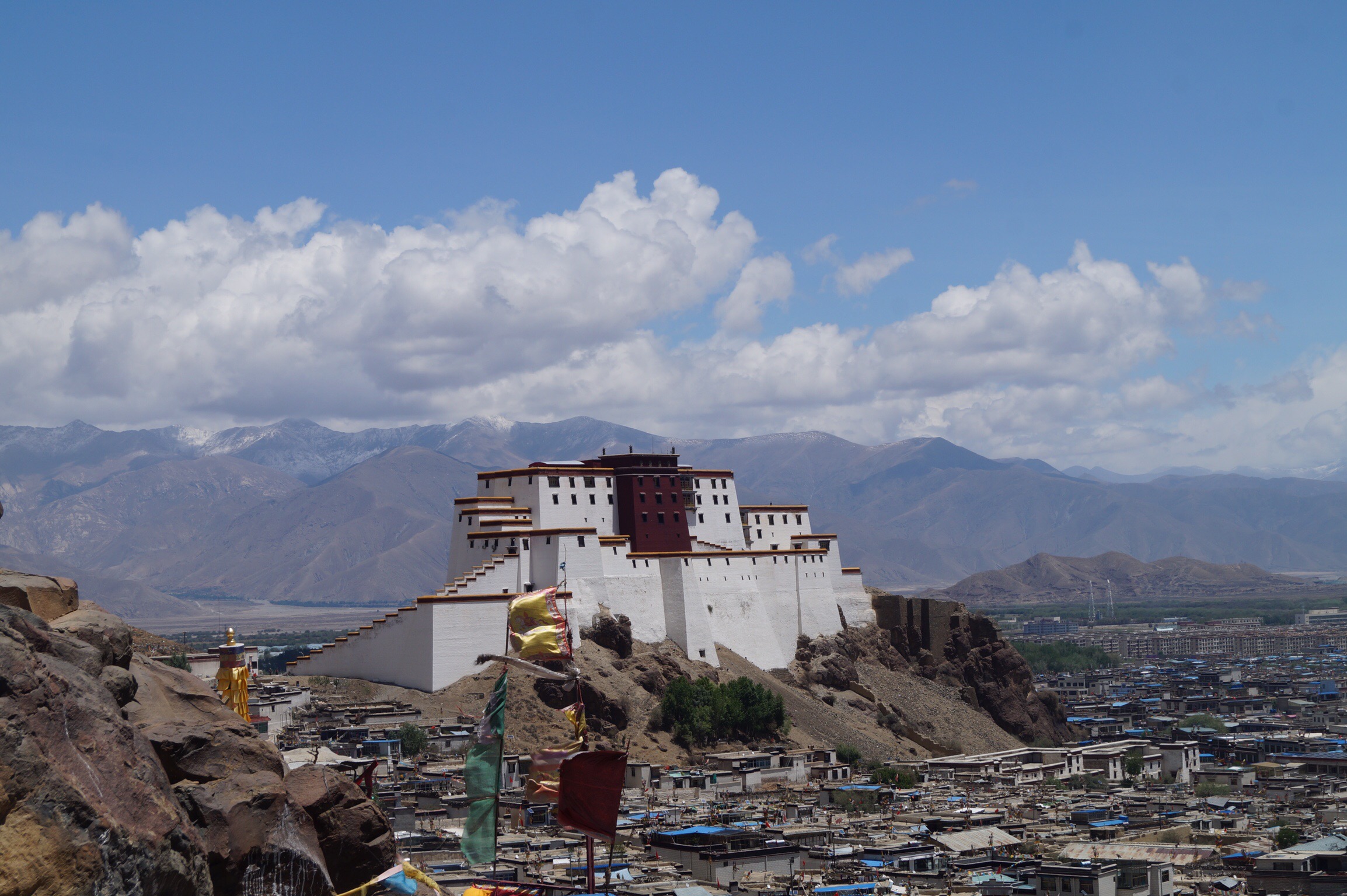
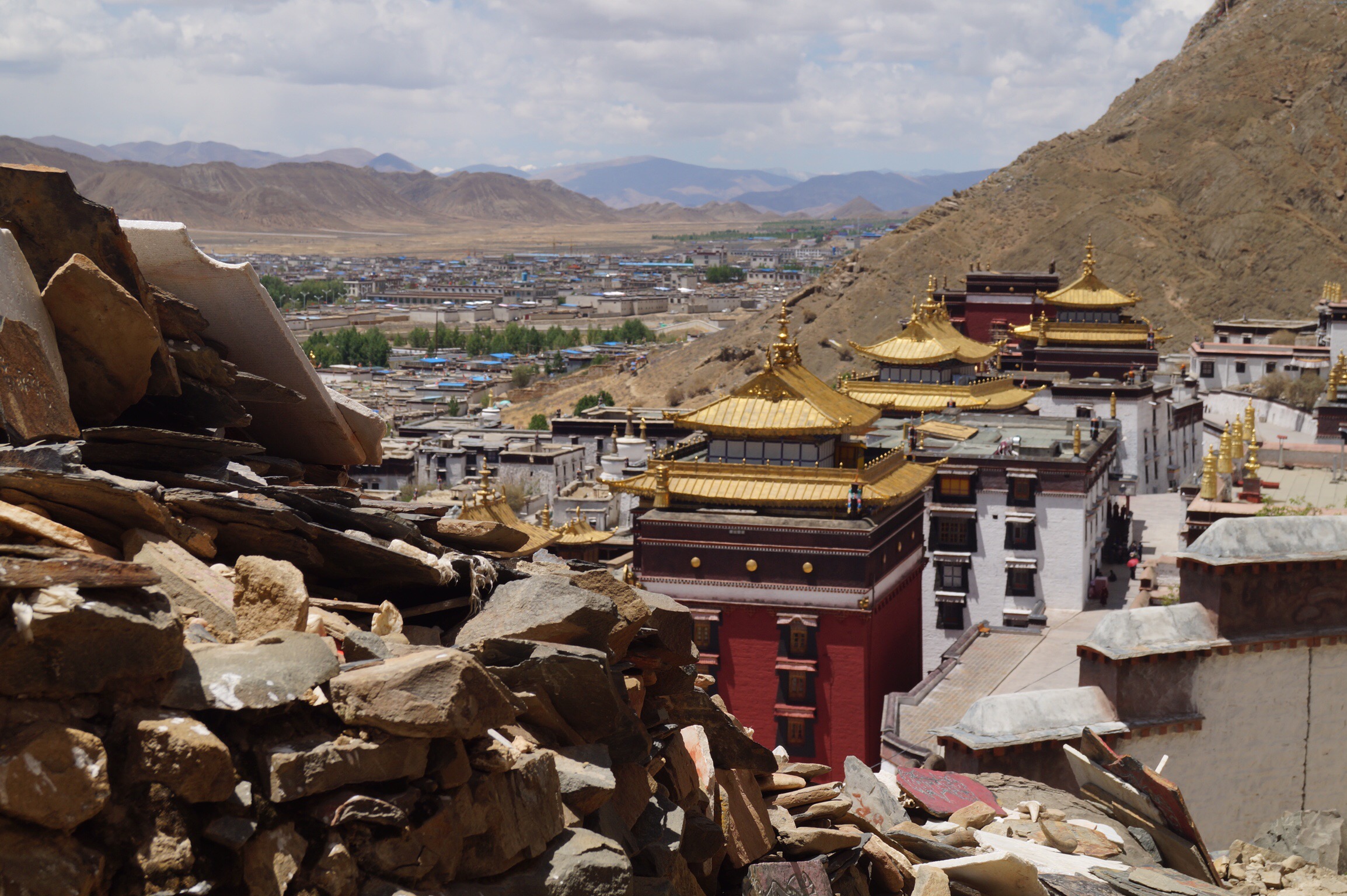
Leaving Shigatse we were heading for Everest. Crossing our highest pass to date the Gyatso-la at 5,248m we were given a fleeting glimpse of Everest way off in the distance but the main event was to be the next day when we would drive to Base Camp.
We all awoke eagerly the next day, a combination of excitement and the altitude still making sleeping difficult. First we had to cross the Pang-la pass at 5,100m. From here on a clear day there are fantastic panoramic views of the Himalayas. Unfortunately it wasn't totally clear and whilst we could see the peaks of the mountains jutting up from the clouds and the hairpin bends twisting down the pass the full mountain range eluded us. Would our hopes of fantastic views of Everest be dashed or was that just a layer of cloud sitting between the pass and the mountains themselves?
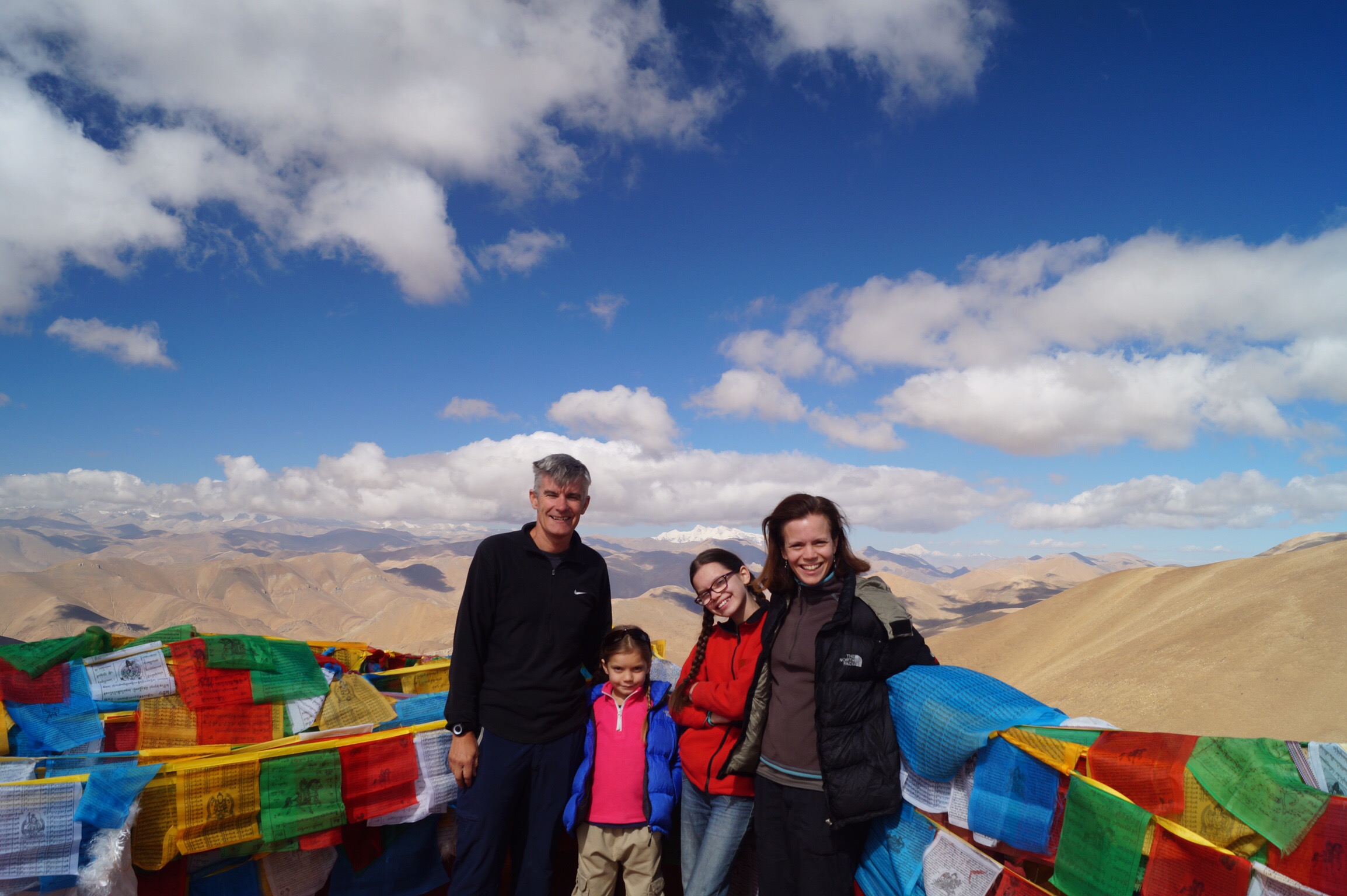
Eager to find out we descended the pass and entered the valley floor dotted with traditional Tibetan villages and farmers ploughing their fields for the short summer season before starting to gently climb again.
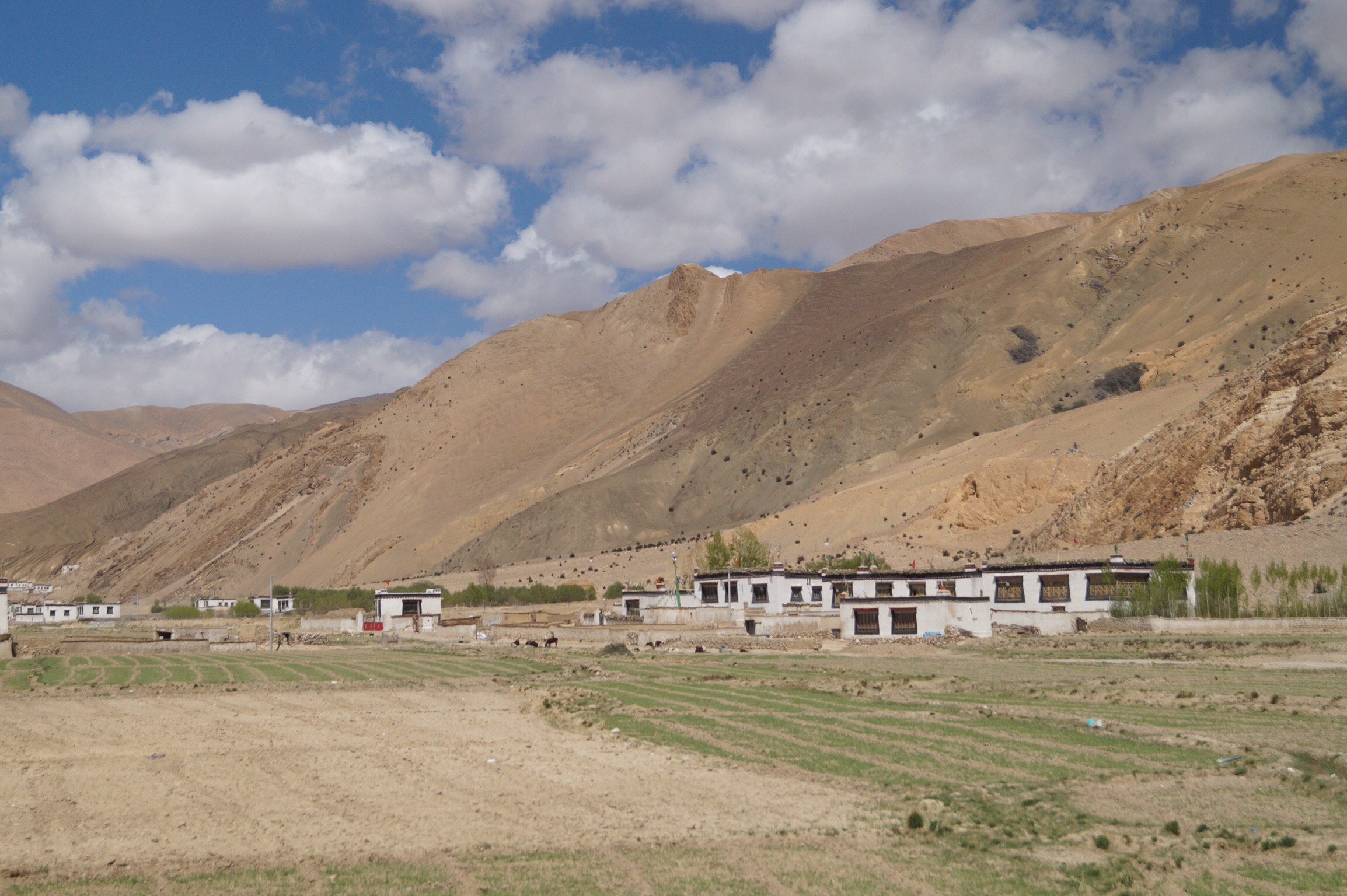
It was looking positive, the clouds were above us and not in front of us and as we climbed and climbed our expectations rose accordingly. The mountains around us were stunning but the tops of the Himalayas still eluded us and then as we wound our way around a corner, bang, it was there! Everest sitting right in front of us and not a cloud in the sky. What a sight!
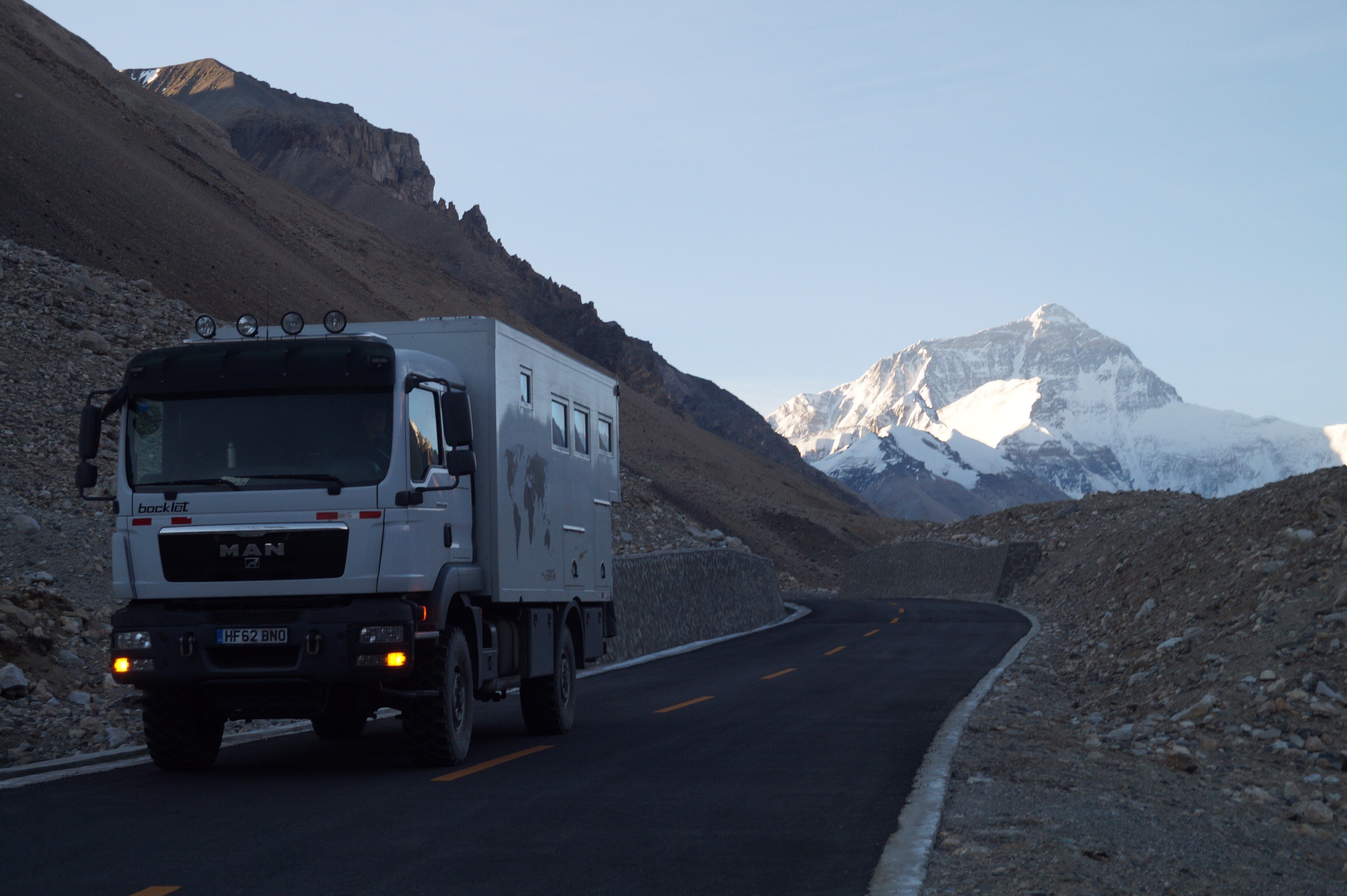
We continued a short distance to Rongbuk Monastery (the highest Monastery in the world at 5,000m) and where we were going to be parking for the night. The views from here were just stunning but as we could drive a little further nothing was stopping us now so we drove a further 4kms up to what is known as tented camp at 5100m. From here you could either walk a further 4kms to "Base Camp" or take the Eco Bus. With a strong head wind Lucy was not walking, so Gilly and I then had a difference of opinion on who was taking the bus and who was walking.
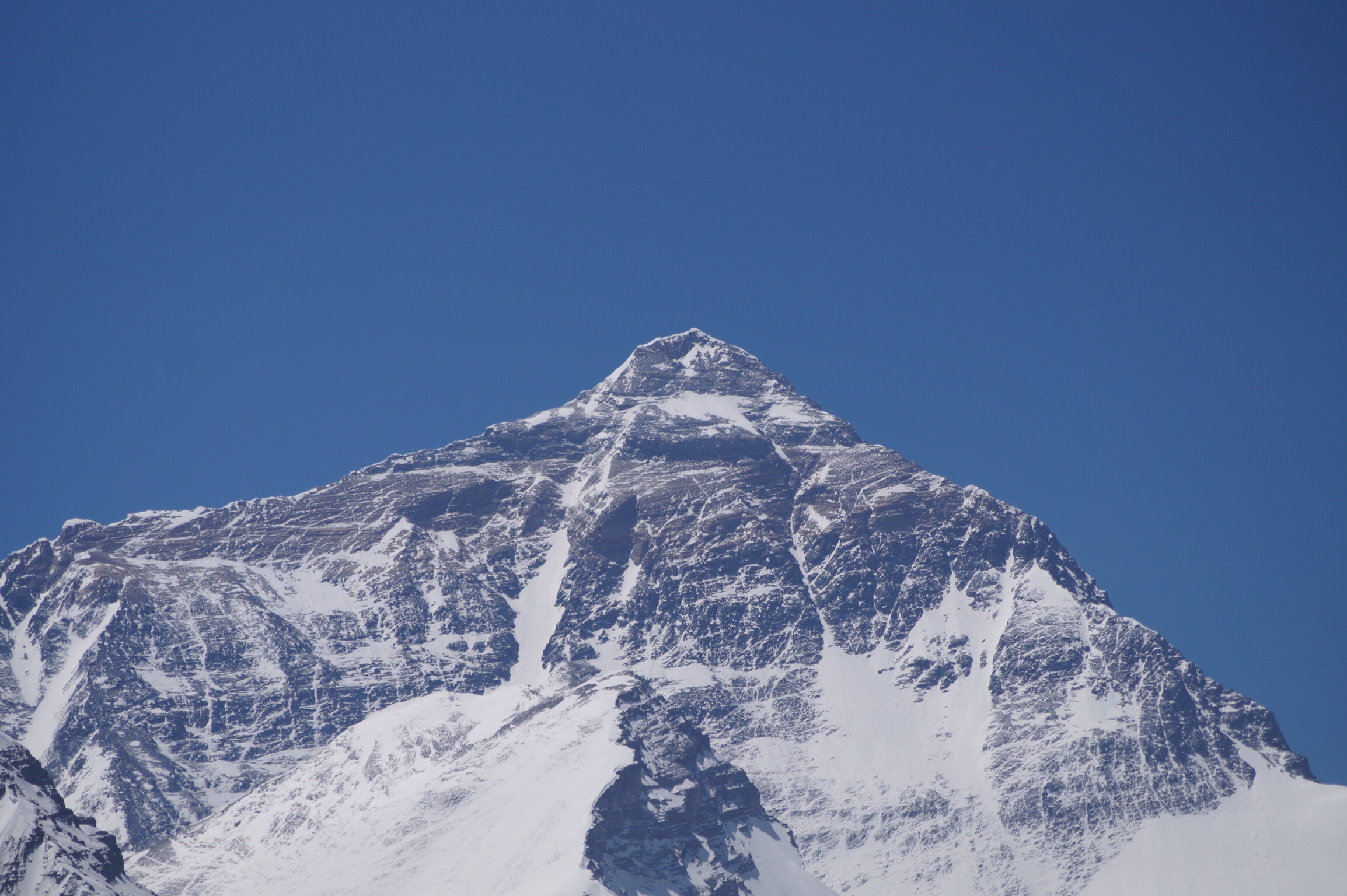
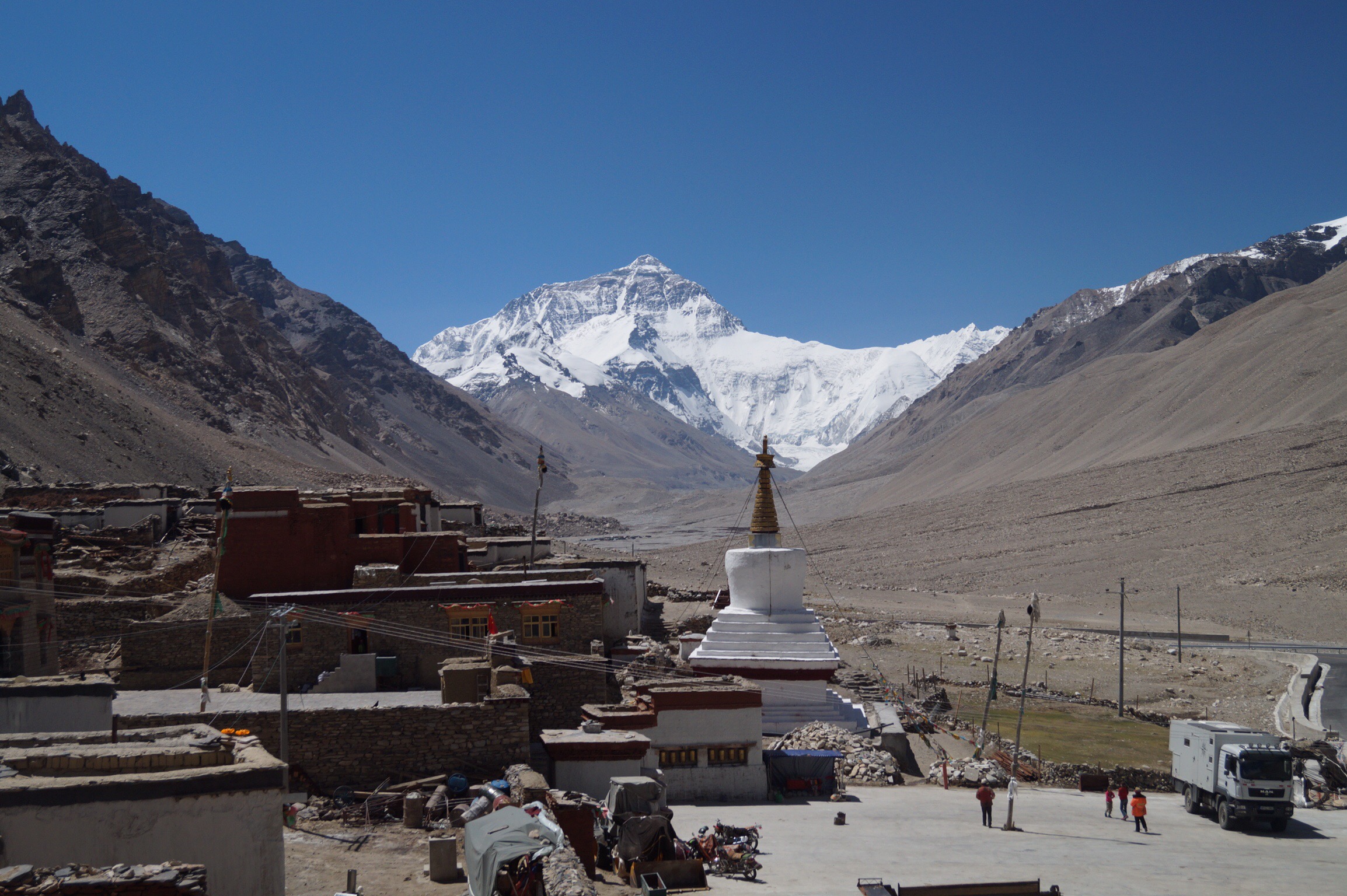
Base camp at 5,200m afforded yet more stunning views with the real Base Camp (you are not allowed to visit) with the serious climbers camped just a short distance away. Looking up the North Face of Everest was less than 20kms away. It literally took your breath away in more ways than one. It had certainly been worth the effort getting here.
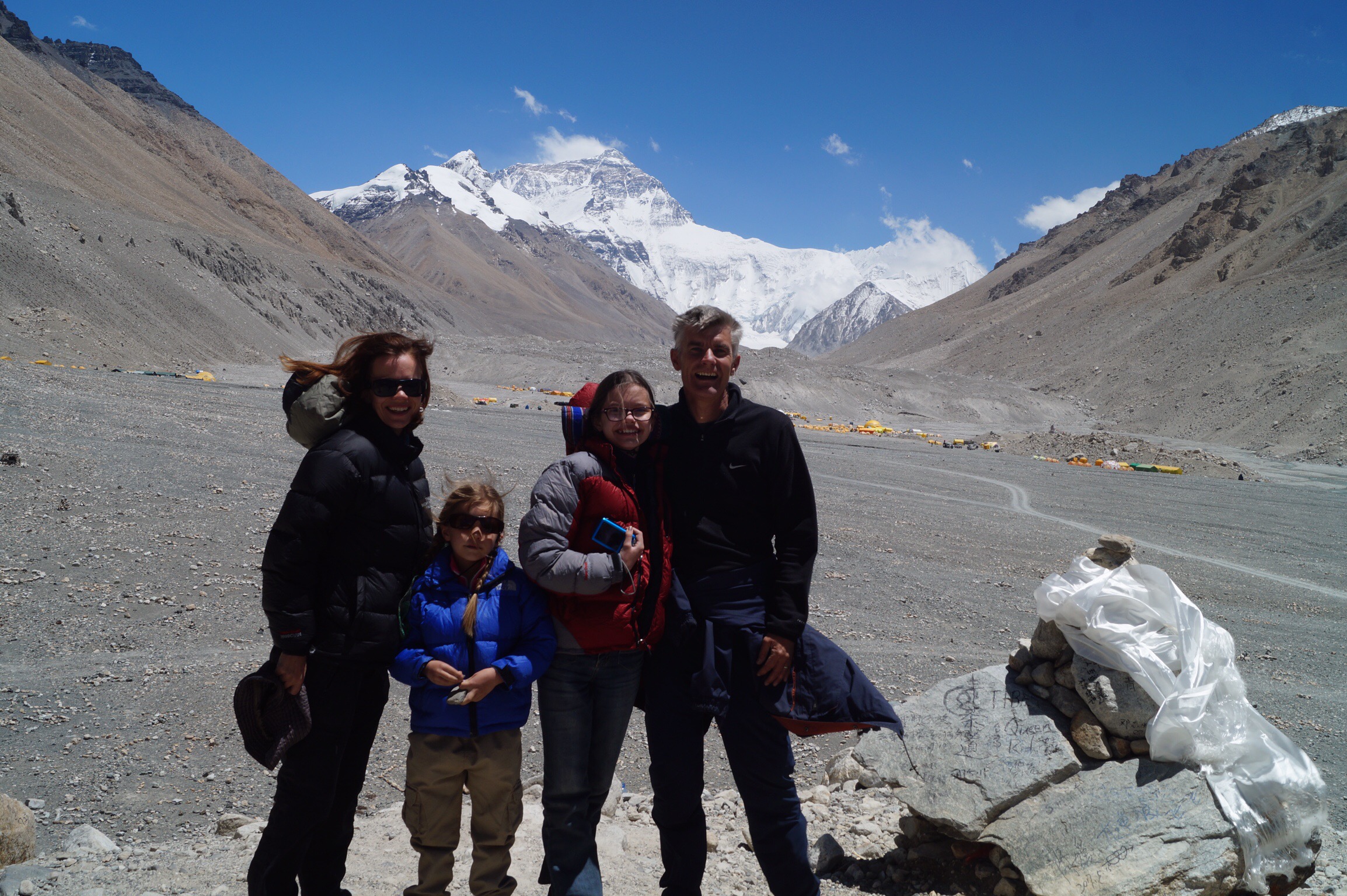

Gilly and I both walked back down, leaving the children with the guide to take the bus. As we descended we kept turning around as we just could not believe the view and the fantastic weather with hardly a cloud in the sky. It was just stunning.
We returned to the truck feeling pretty good about ourselves and whilst we had not climbed Everest we had certainly reached our own Everest summit.
Just as we were congratulating ourselves there was a knock on the truck door. Two fit, suntanned young guys asked "Are you driving back down to the monastery?"
"Yes." We replied."
"Any chance you could give us a lift?"
"No problem," we said.
Chatting with the guys as we drove back to the monastery we learnt that the reason they were there was that they were at the real base camp and were heading back to the tiny village at the monastery to go to the restaurant to get some chips. They were very modest and were asking us so many questions about our trip that it took us a while to realise that not only were they at base camp but that one of them, Kilian Jornet, had actually reached the summit of Everest only 2 days before. As if that was not a big enough achievement he had done it without ropes or oxygen and had climbed up and down in one go.
Arriving at the monastery gave us time to talk a little more, show them around the truck and snap a photo. We would have loved to have talked to them further but it didn't seem fair to get between a person who had just summited Everest and his chips so we exchanged blog details, said goodbye and wished them luck for later in the week.
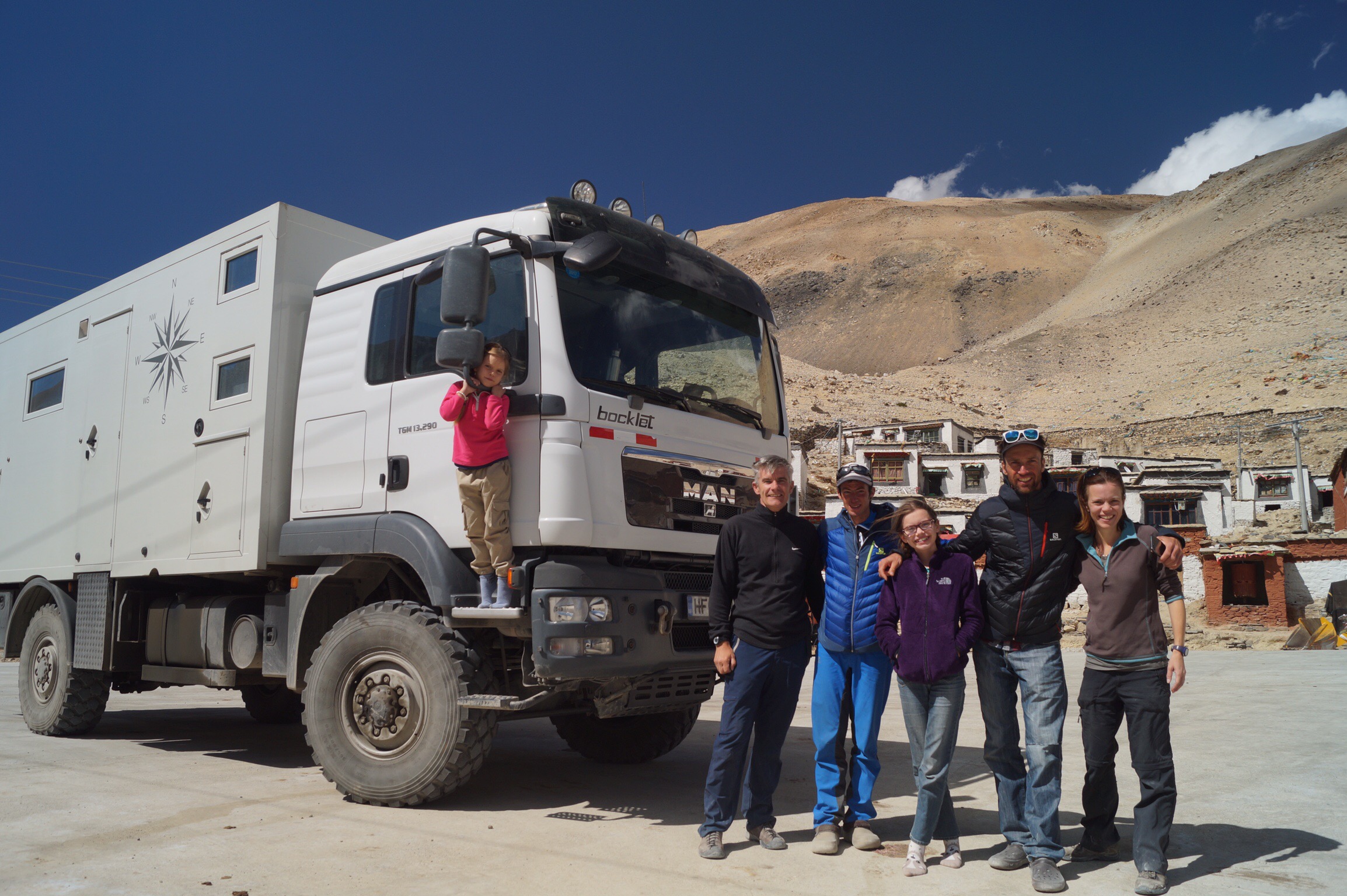
Sensing that Kilian had achieved something special we decided to google him and learnt that he had just broken the world record for summiting Everest from the North Face base camp in an incredible 26 hours. Thats climbing from 5,200m to 8,848m in 26 hours without ropes or oxygen, amazing. We hadn't realised we had had such a superstar in the truck! Both Kilian and his friend Seb Montaz were hoping to summit again later that week so I hoped they had a good fill of chips before they started. We later heard that Kilian summited again less than a week after his first summit. This time he set off from Advance Base Camp at 6,500m and it only took him 17 hours to reach the summit. Some achievement.
Suddenly our achievement did not feel quite so significant. We went for a wander around the monastery but it was the views of Everest that we kept coming back too, even when yaks occupied the car park and tried to get into the temple. We kept looking up to see the summit and watched as the sun set over its wonderful awe inspiring peak.
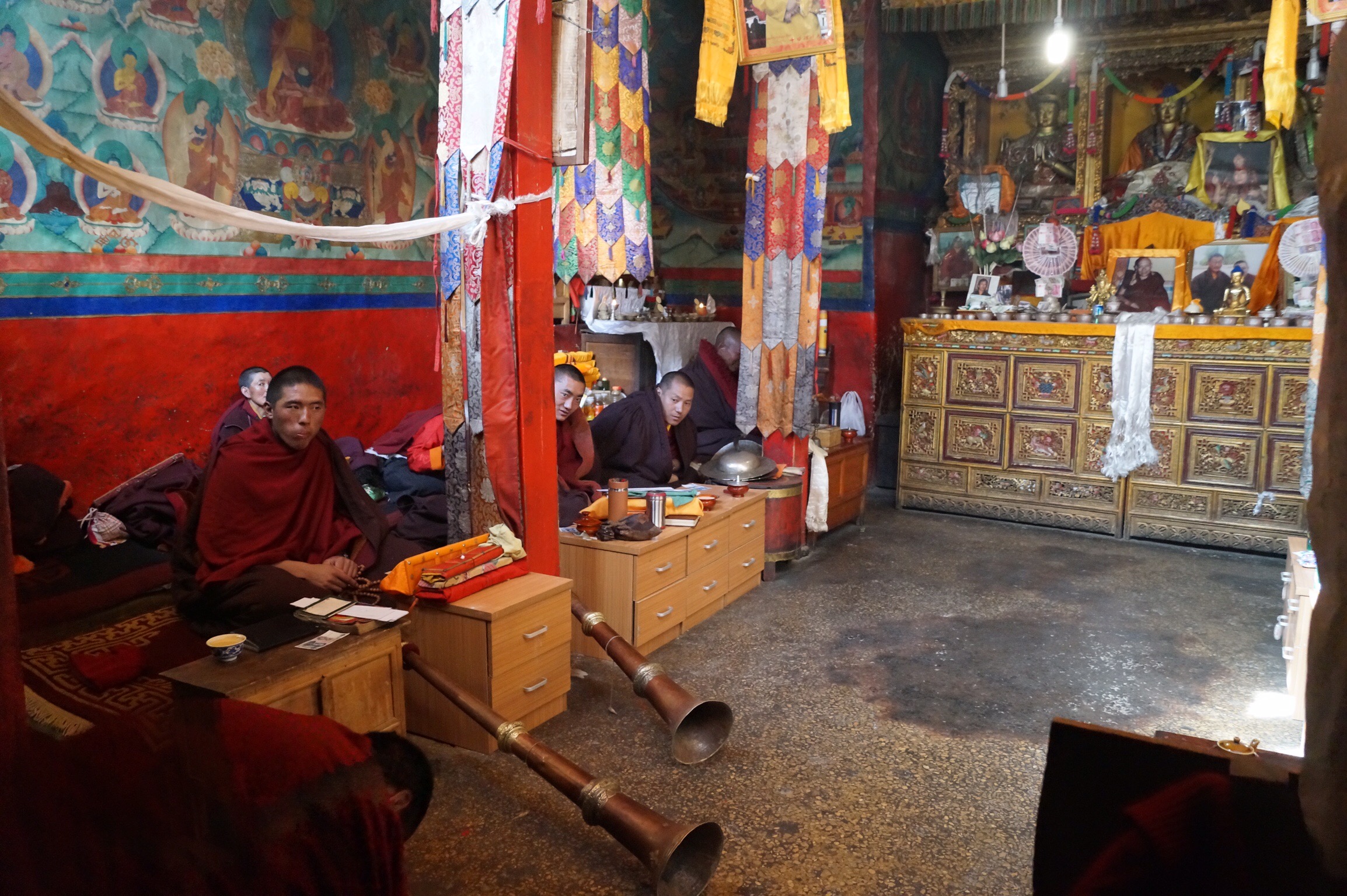
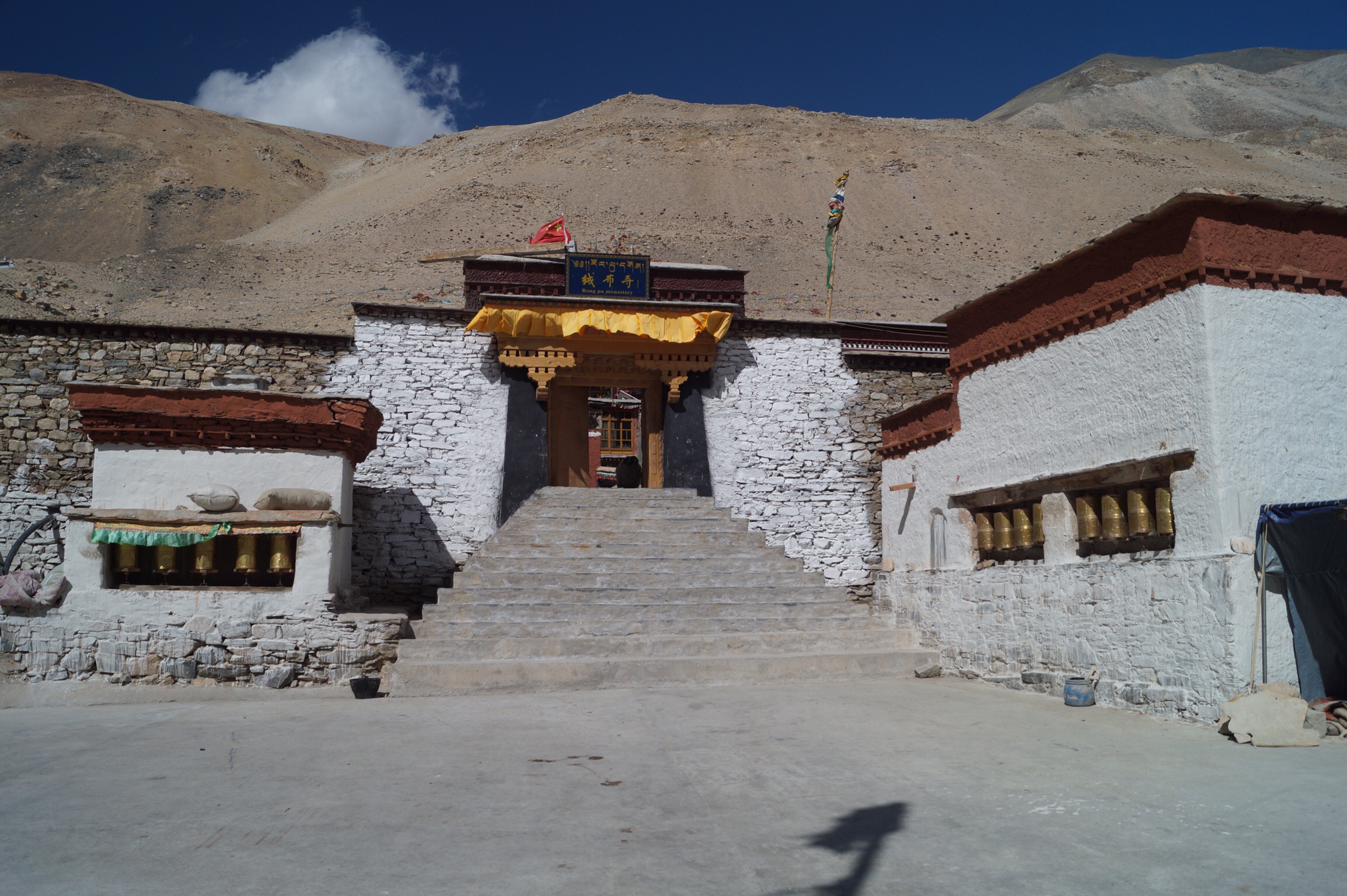
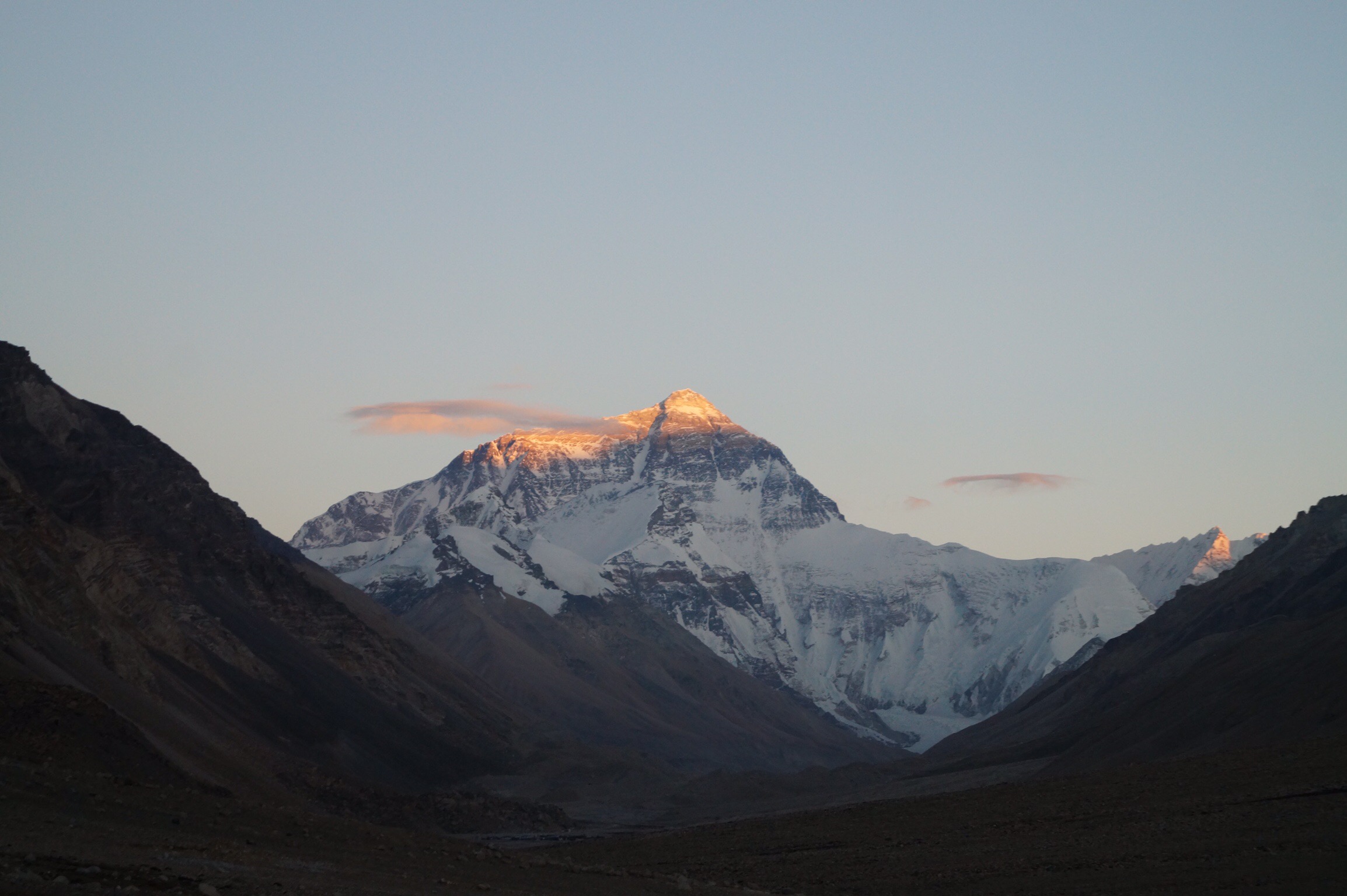
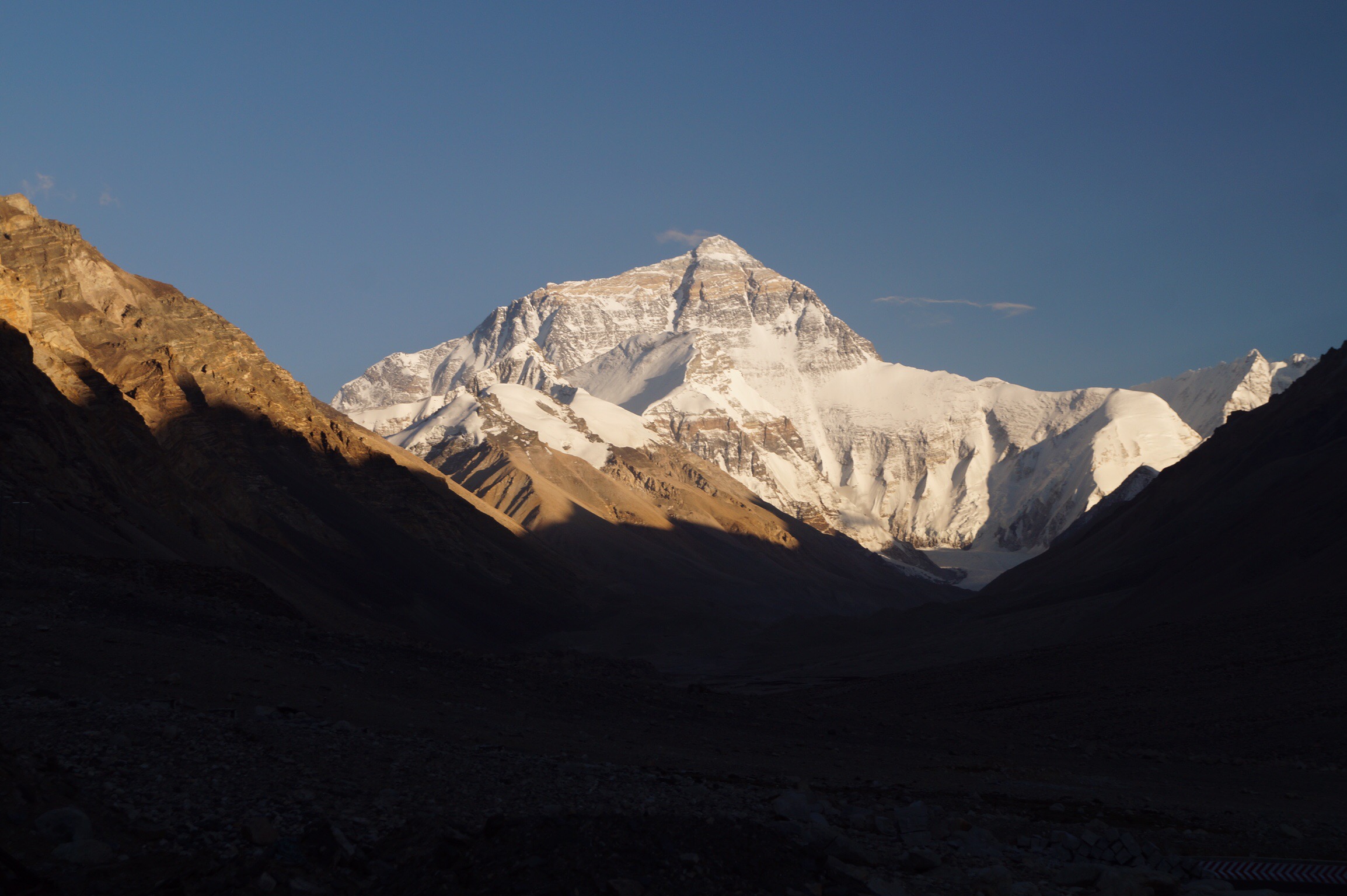

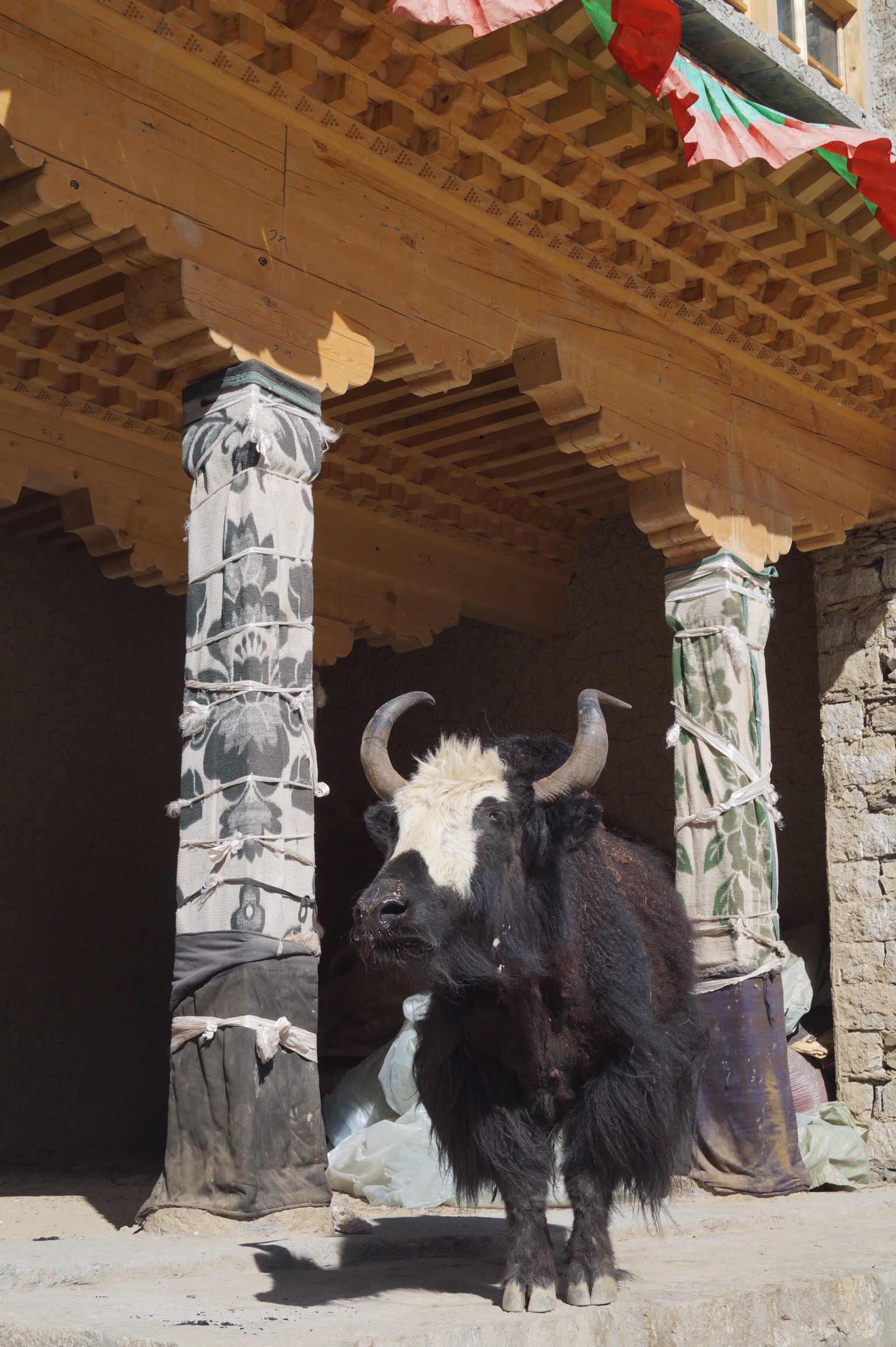
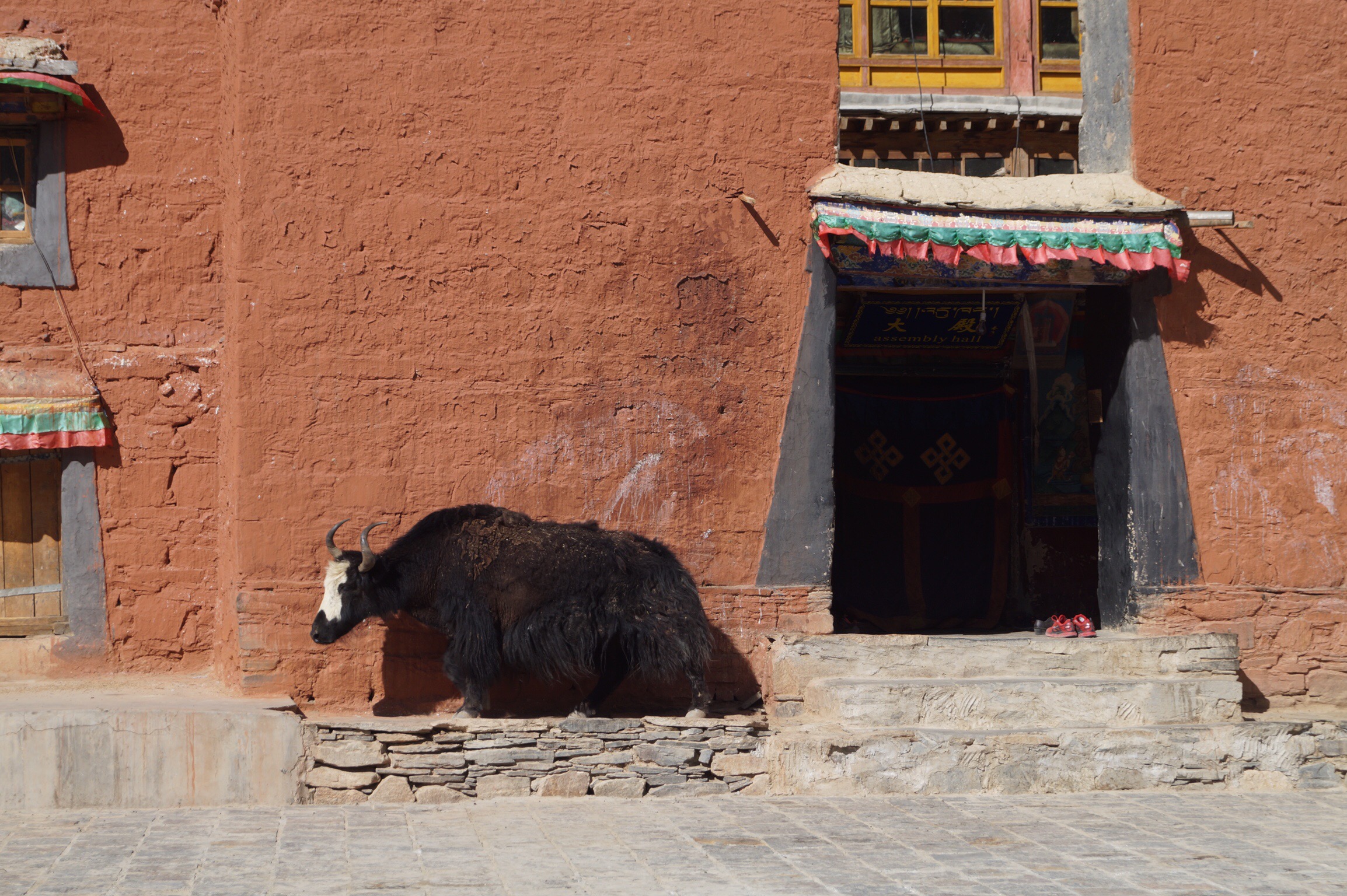
Now we had to face some practical issues, how would we and the truck fare spending the night at 5,000m. The good news is that we all faired pretty well. I struggled to sleep but the compensating factor was that when I couldn't sleep I could look out of the back window of the truck and still see Everest. Now, would the truck start at that altitude and with the temperature just below freezing? Well, with a little help from some Easy Start it coughed and spluttered but finally fired up in a cloud of smoke.

It was a clear day so we were eager to return to the pass and see the panoramic view of the Himalayas. Our luck held and as we reached the pass the stunning panorama was laid out in front of us. Everest may now have been more distant but we could see the magnificence of the whole range of the mountains. There are 14 mountains in the world over 8,000m and from where we stood we could see 5 of them; Everest 8848m, Lhotse 8511m, Makulu 8481m, Cho Oyu 8,153m and Shishapangma 8012m.
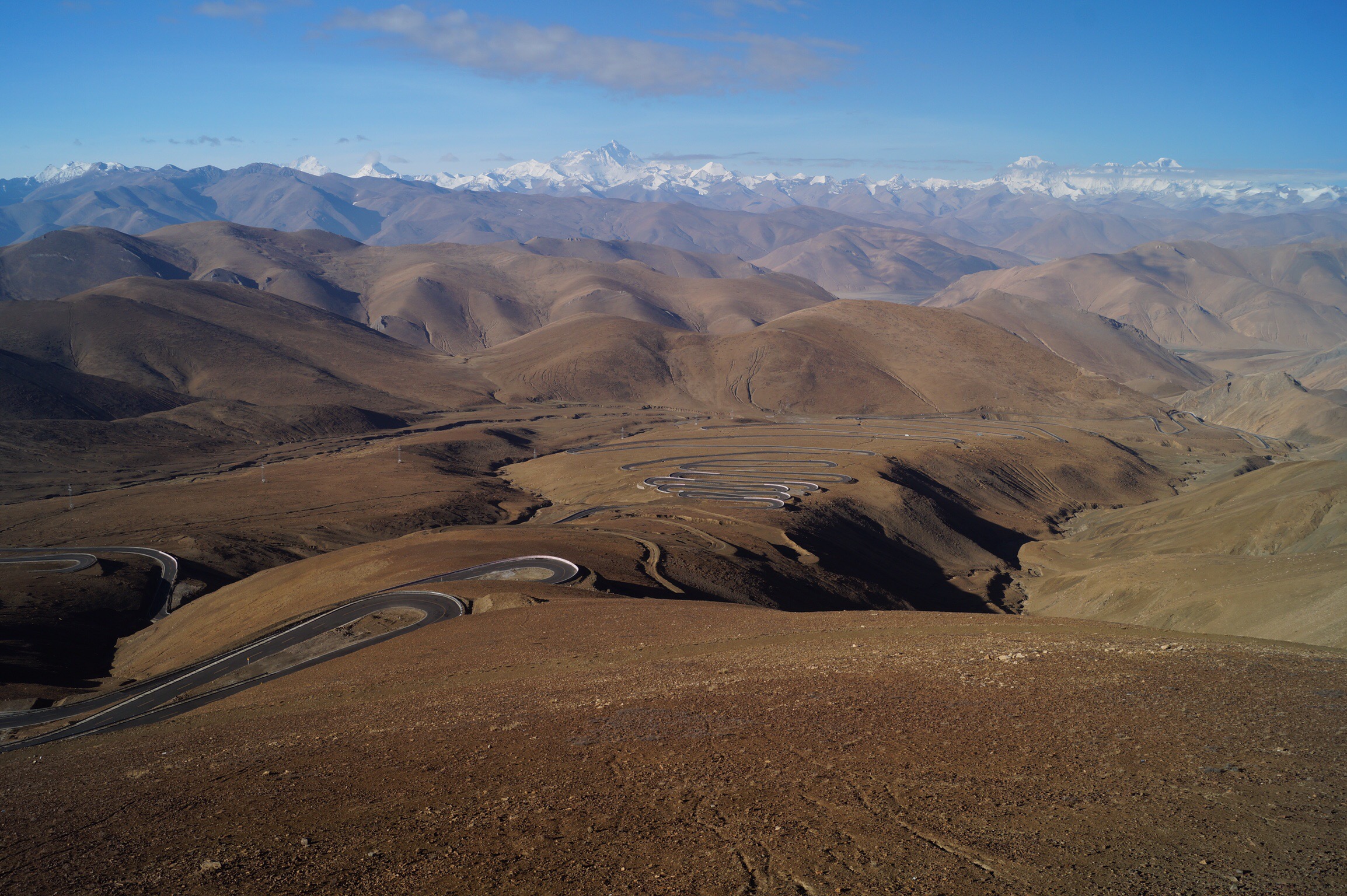

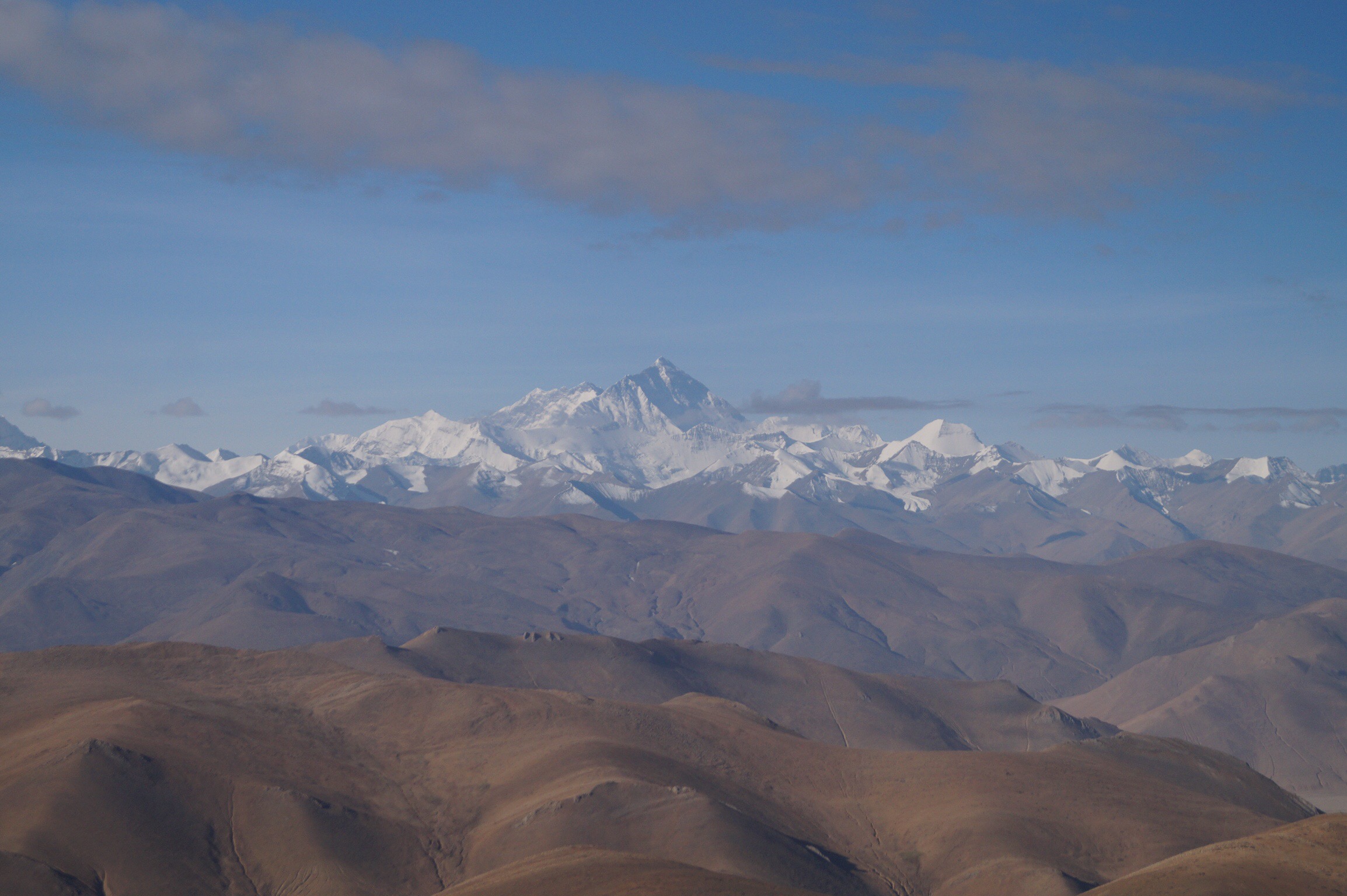
It was a fantastic end to an unbelievable few days. We may not have summited but we had reached our own Everest and that felt pretty good.

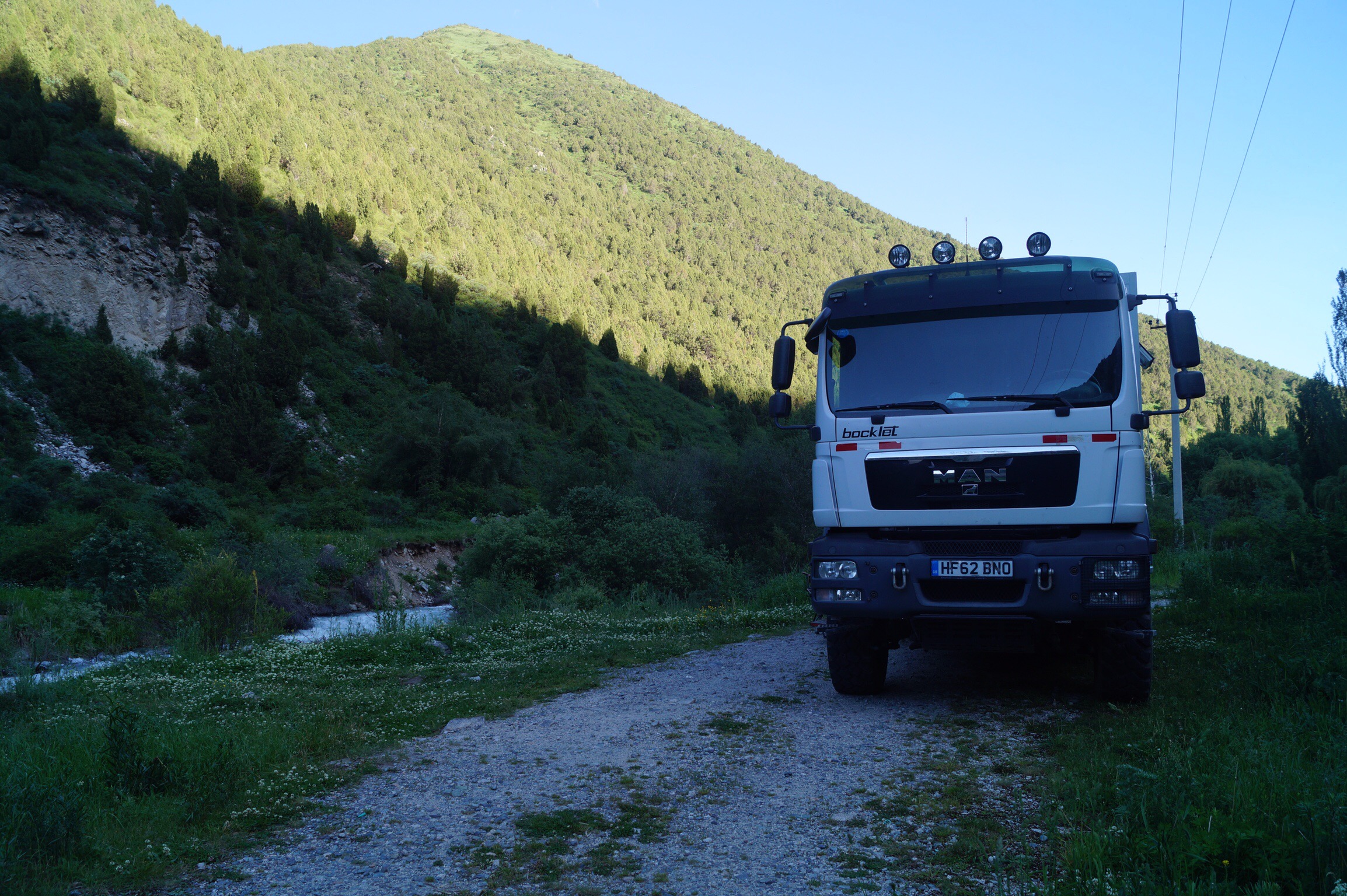 We needed to head back to Bishkek however, to pick up our Uzbekistan visas. Mind you this didn't mean we had to stay in Bishkek. Just south of the city and only 30kms from the Uzbek Embassy, was a National Park preserving a lovely valley leading up into the mountains. This meant we could camp up in the hills and head down into the city to pick up our visas and get some other jobs done.
Once in Bishkek after collecting the visas we thought it would be remiss not to see the sights of the city. Not that there really are that many sights. Kyrgyzstan is much more about its natural beauty than the beauty of its towns and cities. Still the Lonely Planet described the main square as being architecturally "neo-brutalist in style". Intrigued as to what this meant we headed there. In reality, I would describe it as more classical Soviet. Apart from the square and the obligatory statue of Lenin, now tucked away in a back park, there was not a lot to see but it was a pleasant enough city to while away a few hours.
We needed to head back to Bishkek however, to pick up our Uzbekistan visas. Mind you this didn't mean we had to stay in Bishkek. Just south of the city and only 30kms from the Uzbek Embassy, was a National Park preserving a lovely valley leading up into the mountains. This meant we could camp up in the hills and head down into the city to pick up our visas and get some other jobs done.
Once in Bishkek after collecting the visas we thought it would be remiss not to see the sights of the city. Not that there really are that many sights. Kyrgyzstan is much more about its natural beauty than the beauty of its towns and cities. Still the Lonely Planet described the main square as being architecturally "neo-brutalist in style". Intrigued as to what this meant we headed there. In reality, I would describe it as more classical Soviet. Apart from the square and the obligatory statue of Lenin, now tucked away in a back park, there was not a lot to see but it was a pleasant enough city to while away a few hours.
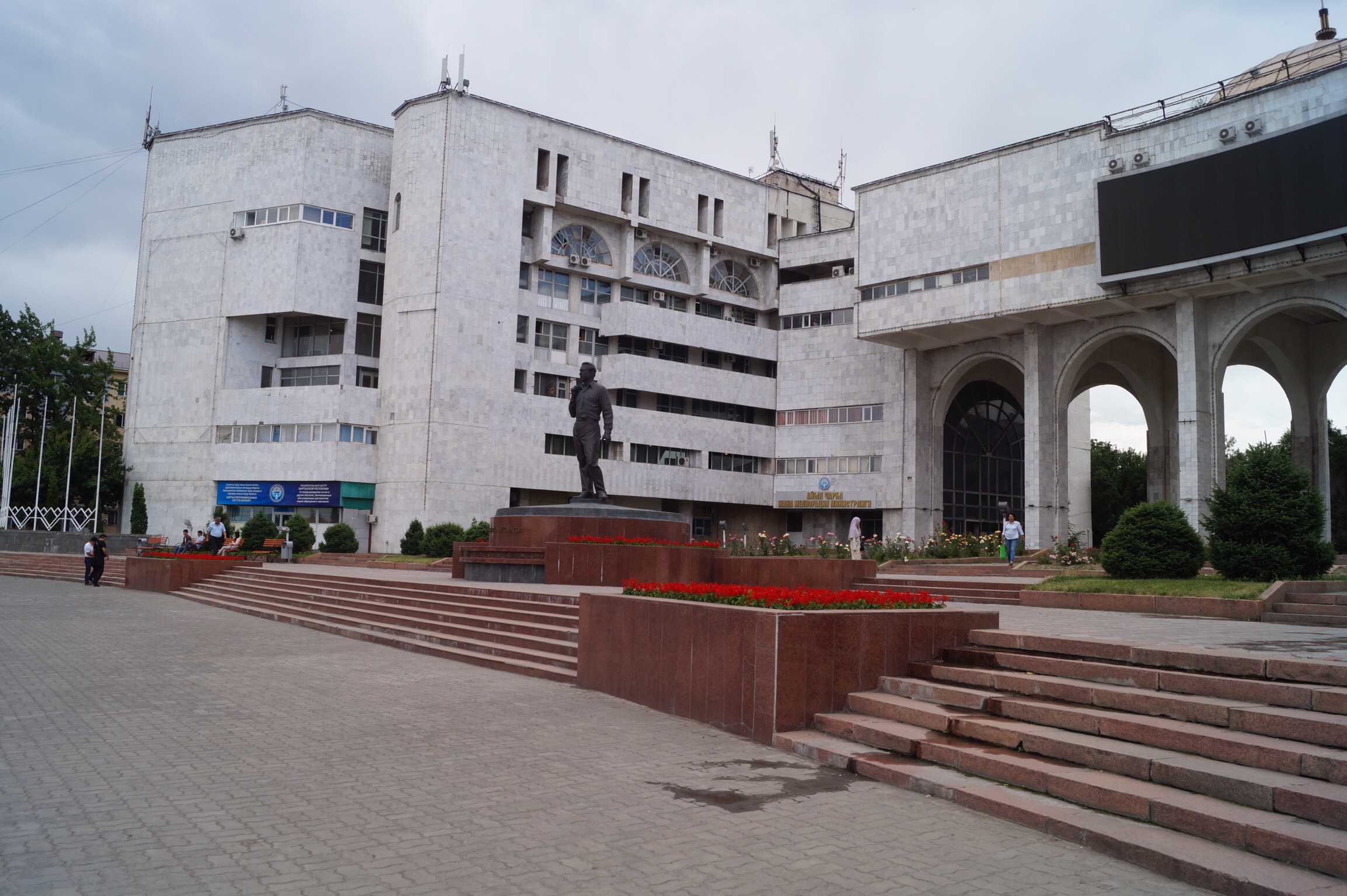
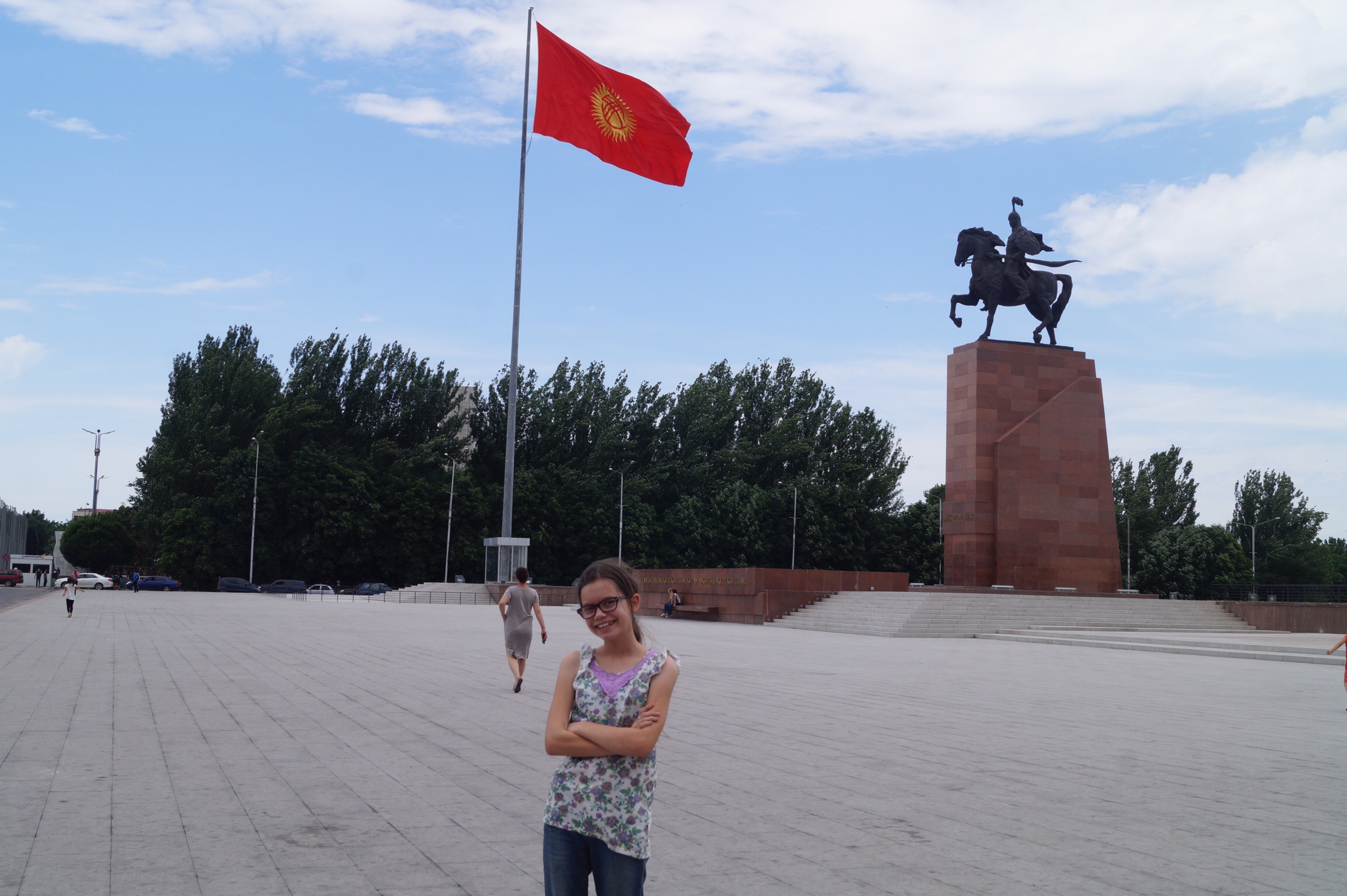
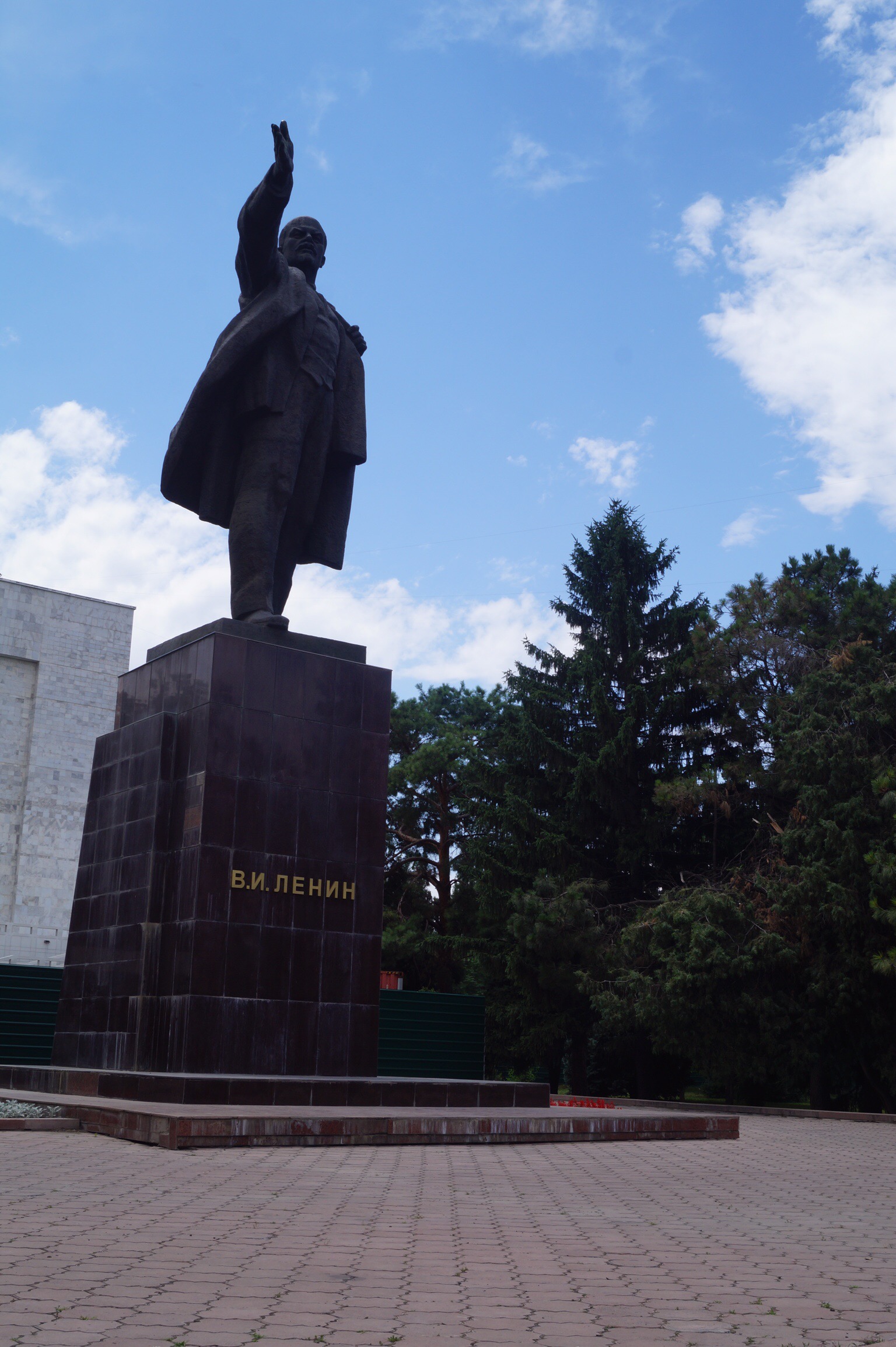 As we enjoyed dinner of shashlik (kebabs) and pelmeni in the gardens of a tea house, Gilly and I were reminiscing just how familiar everything felt in a comforting way and how so much reminded us of our time living in Moscow. Bishkek was very different to Moscow and in fact reminded me more of Almaty but the language, customs and food were familiar. Unfortunately the GAI (traffic police) were also just as familiar, sitting extorting bribes from the passing traffic in lieu of issuing tickets but other than this we were really enjoying our time in Kyrgyzstan.
As we enjoyed dinner of shashlik (kebabs) and pelmeni in the gardens of a tea house, Gilly and I were reminiscing just how familiar everything felt in a comforting way and how so much reminded us of our time living in Moscow. Bishkek was very different to Moscow and in fact reminded me more of Almaty but the language, customs and food were familiar. Unfortunately the GAI (traffic police) were also just as familiar, sitting extorting bribes from the passing traffic in lieu of issuing tickets but other than this we were really enjoying our time in Kyrgyzstan.
 After dinner we headed back out to the hills. It was amazing how quickly the big city melted away to be replaced by small villages and then the mountains. The next morning we thought we would get a bit closer to the mountains so hiked up the valley to a waterfall. It was a pleasant walk with lovely views along the way. Being much lower than the Tibetan plateau we were amazed at just how green everything was.
After dinner we headed back out to the hills. It was amazing how quickly the big city melted away to be replaced by small villages and then the mountains. The next morning we thought we would get a bit closer to the mountains so hiked up the valley to a waterfall. It was a pleasant walk with lovely views along the way. Being much lower than the Tibetan plateau we were amazed at just how green everything was.
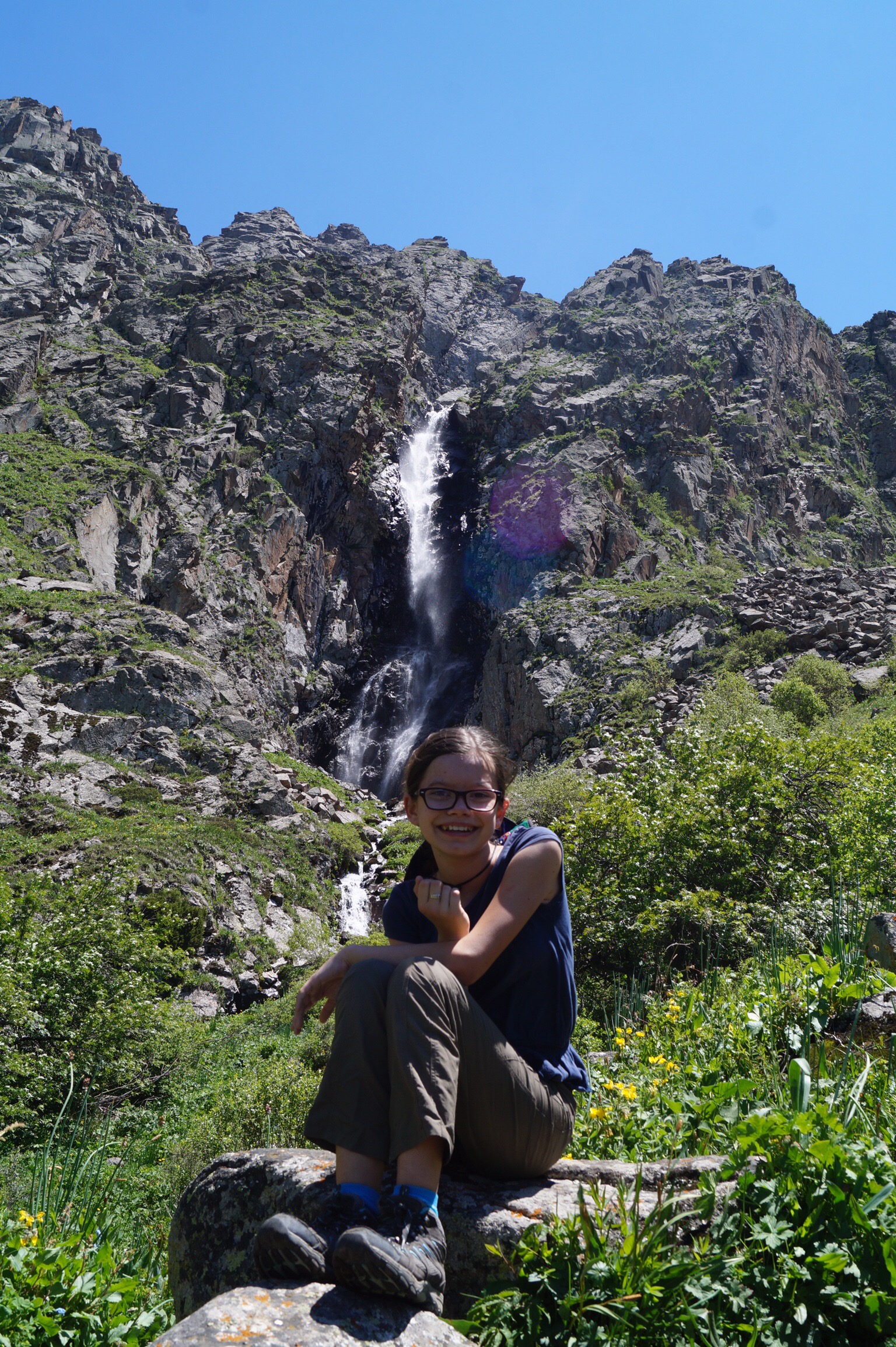
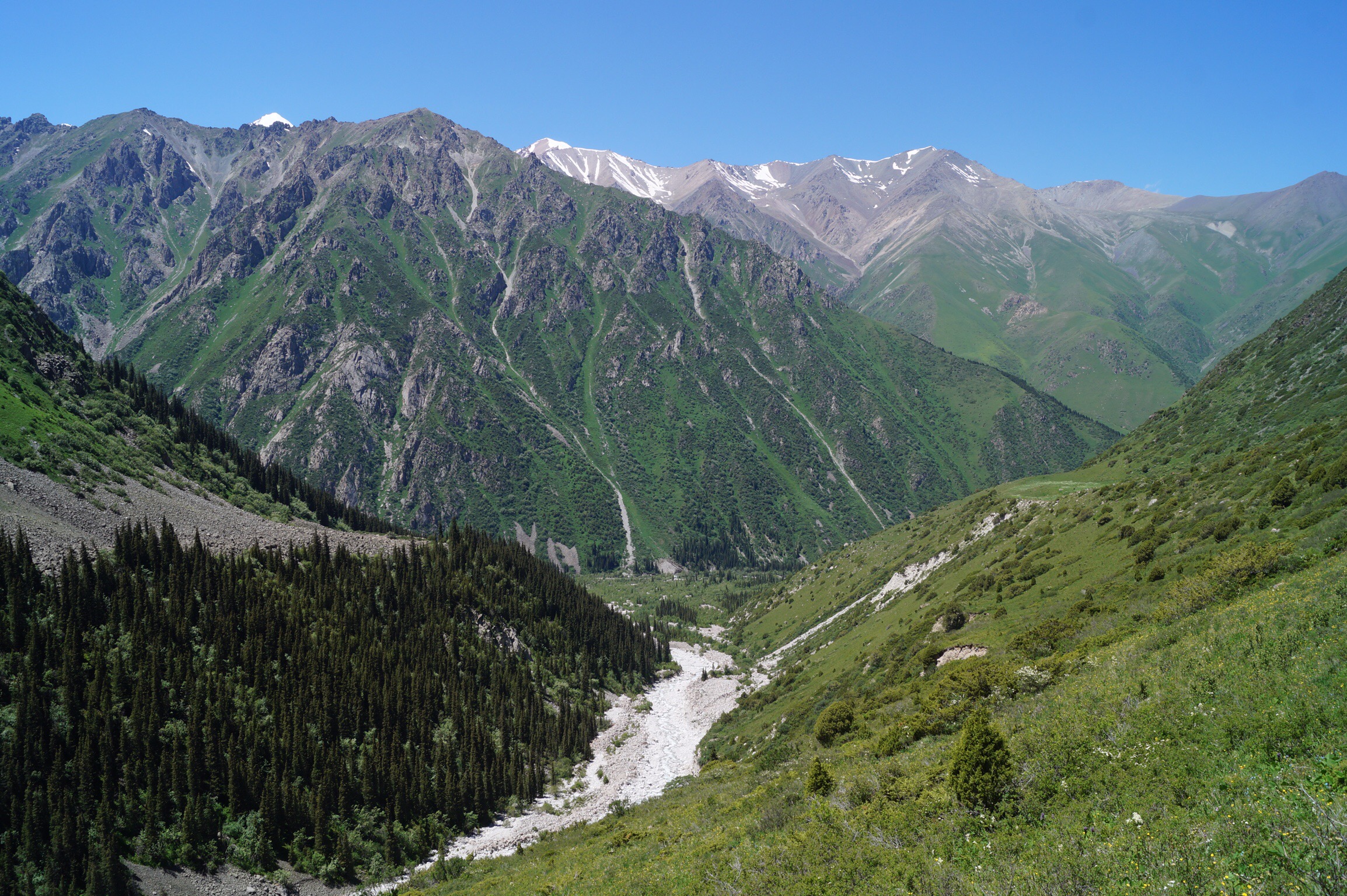 We have still had to drive some fair distances. When looking at a map it may not seem far between places but because of all the mountain ranges the road skirts round it ends up been a fair old drive. Heading out of Bishkek we headed back up into the mountains. As we climbed we could see more and more of the nomadic people with their yurts and horses near the side of the road. There was lush green pasture along the road to feed the horses and the people were busy selling fermented mares milk and other such things to the passing traffic.
We have still had to drive some fair distances. When looking at a map it may not seem far between places but because of all the mountain ranges the road skirts round it ends up been a fair old drive. Heading out of Bishkek we headed back up into the mountains. As we climbed we could see more and more of the nomadic people with their yurts and horses near the side of the road. There was lush green pasture along the road to feed the horses and the people were busy selling fermented mares milk and other such things to the passing traffic.
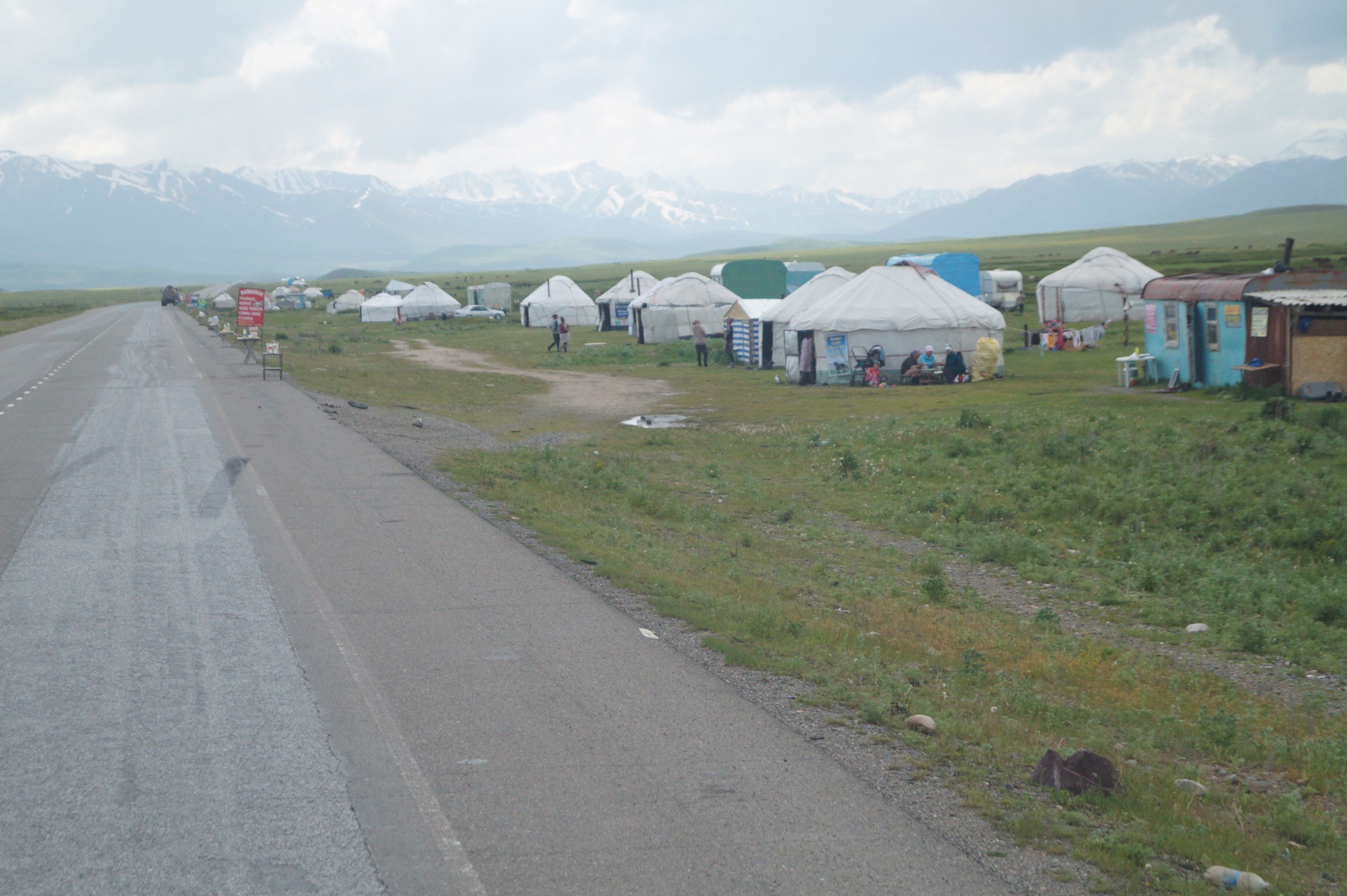 As we reached the top of one mountain range the road entered a tunnel. It was the darkest, murkiest tunnel we have been in and has seen people asphyxiated in the past. It was a relief to come out of the gloom to more stunning views.
That night we made camp on a hilltop overlooking a reservoir. As usual we had the place to ourselves and could enjoy the view in peace.
As we reached the top of one mountain range the road entered a tunnel. It was the darkest, murkiest tunnel we have been in and has seen people asphyxiated in the past. It was a relief to come out of the gloom to more stunning views.
That night we made camp on a hilltop overlooking a reservoir. As usual we had the place to ourselves and could enjoy the view in peace.
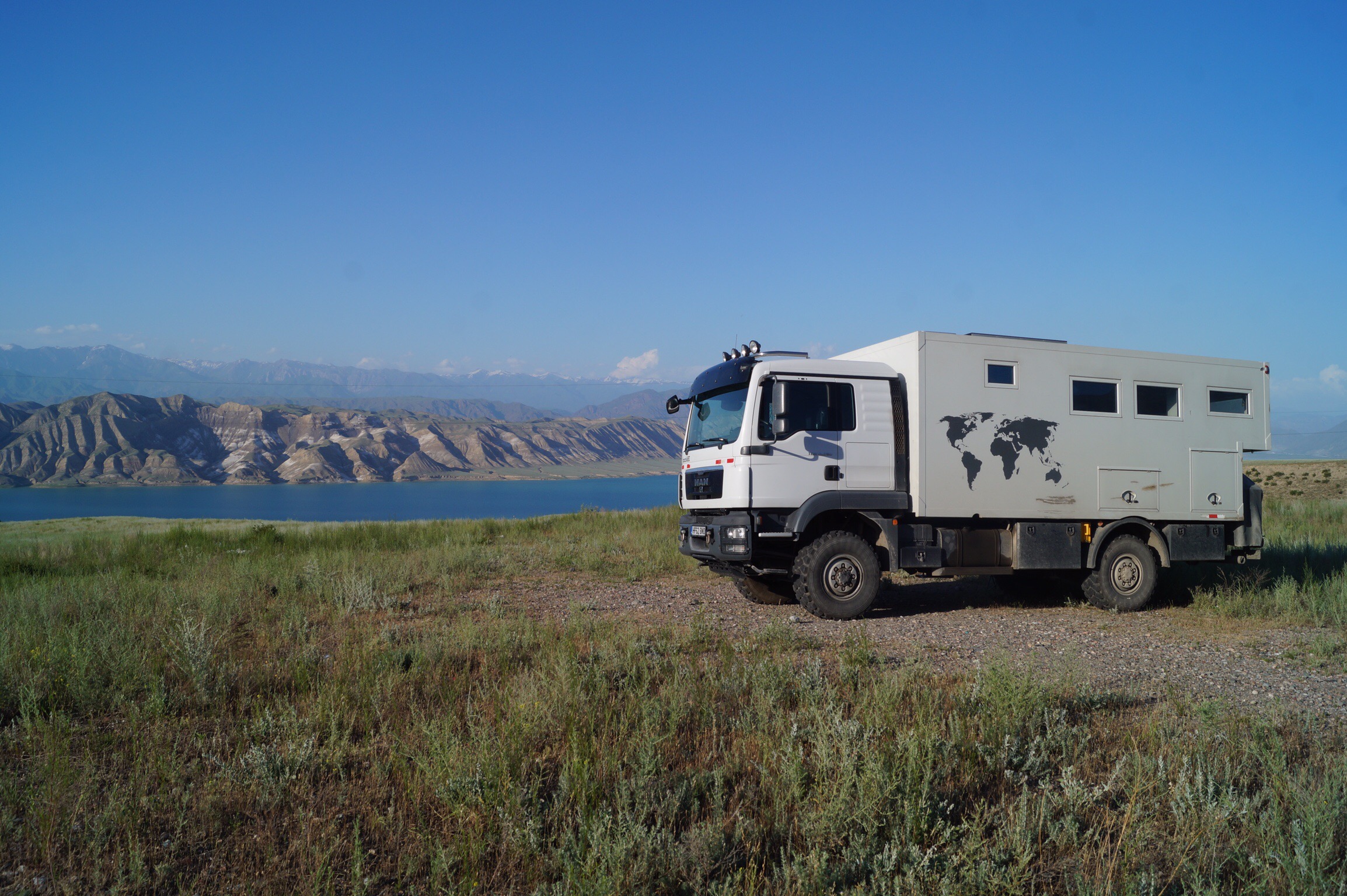 Leaving the reservoir we travelled along a spectacular gorge. All along the way we could see great places to camp by the water but we decided to push on. As we did the topography changed and we had entered the flat arable land close to the Uzbek border. The people here were closer to the Uzbeks and it had a much more Central Asian feel. It had also got hot now we were in the lowlands.
Leaving the reservoir we travelled along a spectacular gorge. All along the way we could see great places to camp by the water but we decided to push on. As we did the topography changed and we had entered the flat arable land close to the Uzbek border. The people here were closer to the Uzbeks and it had a much more Central Asian feel. It had also got hot now we were in the lowlands.
 We turned off the main road and headed up a valley. All along the road people were selling fruit and vegetables. We again found a lovely spot by a rushing river to camp. It was a wide grassy spot that had been cut out of the mountainside by the water that came from the mountains and made a great spot to camp. The only disturbance was the odd lorry picking up stones from the river bed.
The next morning we headed into Arslanbob. The village is famous for supposedly having the worlds largest walnut grove. It's a traditional Kirghiz village in a lovely setting with the mountains towering behind it. It is supposedly a tourist hotspot but we didn't see another tourist all day. Mind you there were lots of locals around heading to the nearby waterfalls which had the atmosphere of a local fair. They were packed. Whilst we too ended up at the small waterfalls, which were not that special, we had instead enjoyed a much more pleasant walk around the village and down the country lanes. Excited children wanted to say hello and have us take their photos.
We turned off the main road and headed up a valley. All along the road people were selling fruit and vegetables. We again found a lovely spot by a rushing river to camp. It was a wide grassy spot that had been cut out of the mountainside by the water that came from the mountains and made a great spot to camp. The only disturbance was the odd lorry picking up stones from the river bed.
The next morning we headed into Arslanbob. The village is famous for supposedly having the worlds largest walnut grove. It's a traditional Kirghiz village in a lovely setting with the mountains towering behind it. It is supposedly a tourist hotspot but we didn't see another tourist all day. Mind you there were lots of locals around heading to the nearby waterfalls which had the atmosphere of a local fair. They were packed. Whilst we too ended up at the small waterfalls, which were not that special, we had instead enjoyed a much more pleasant walk around the village and down the country lanes. Excited children wanted to say hello and have us take their photos.

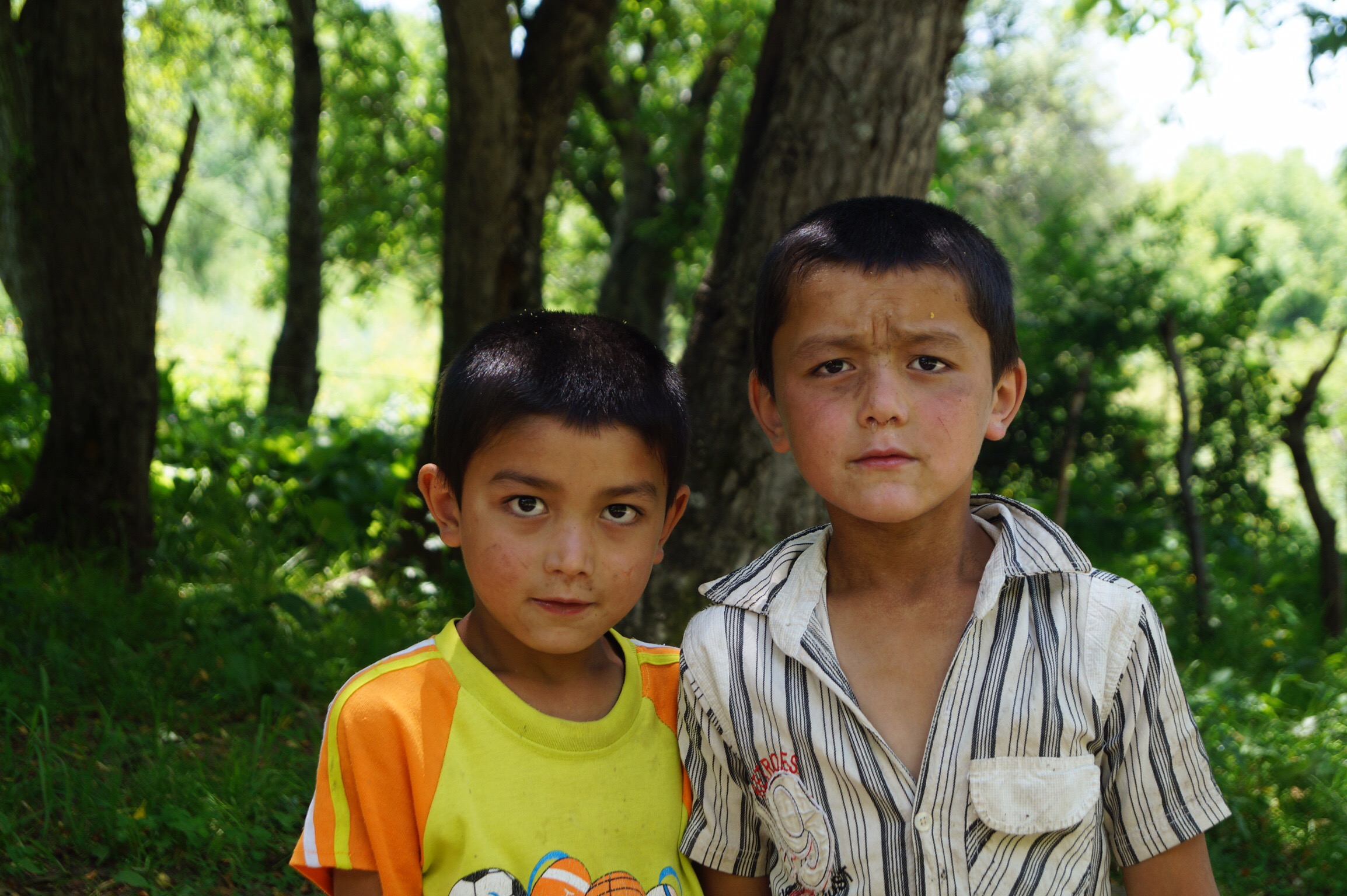 We returned for a late lunch and stopped at the local cafe. The menu was samsa ( a lamb mince and onion pasty) or ......samsa. So we had samsa with a pot of green tea. A bargain at $3 for all of us. Whilst the village was nice we decided to return to our riverside spot to enjoy the peace and quiet. Or at least so we thought. We were settled in for the night and eating dinner when first a herd of cows were brought down to the pasture followed by 300 sheep. The friendly herders came over for a chat and through our bad Russian we were able to learn that they were taking the animals up to the snow line to feed on the fresh grass. It was nice to meet and talk to some genuine nomads.
We returned for a late lunch and stopped at the local cafe. The menu was samsa ( a lamb mince and onion pasty) or ......samsa. So we had samsa with a pot of green tea. A bargain at $3 for all of us. Whilst the village was nice we decided to return to our riverside spot to enjoy the peace and quiet. Or at least so we thought. We were settled in for the night and eating dinner when first a herd of cows were brought down to the pasture followed by 300 sheep. The friendly herders came over for a chat and through our bad Russian we were able to learn that they were taking the animals up to the snow line to feed on the fresh grass. It was nice to meet and talk to some genuine nomads.
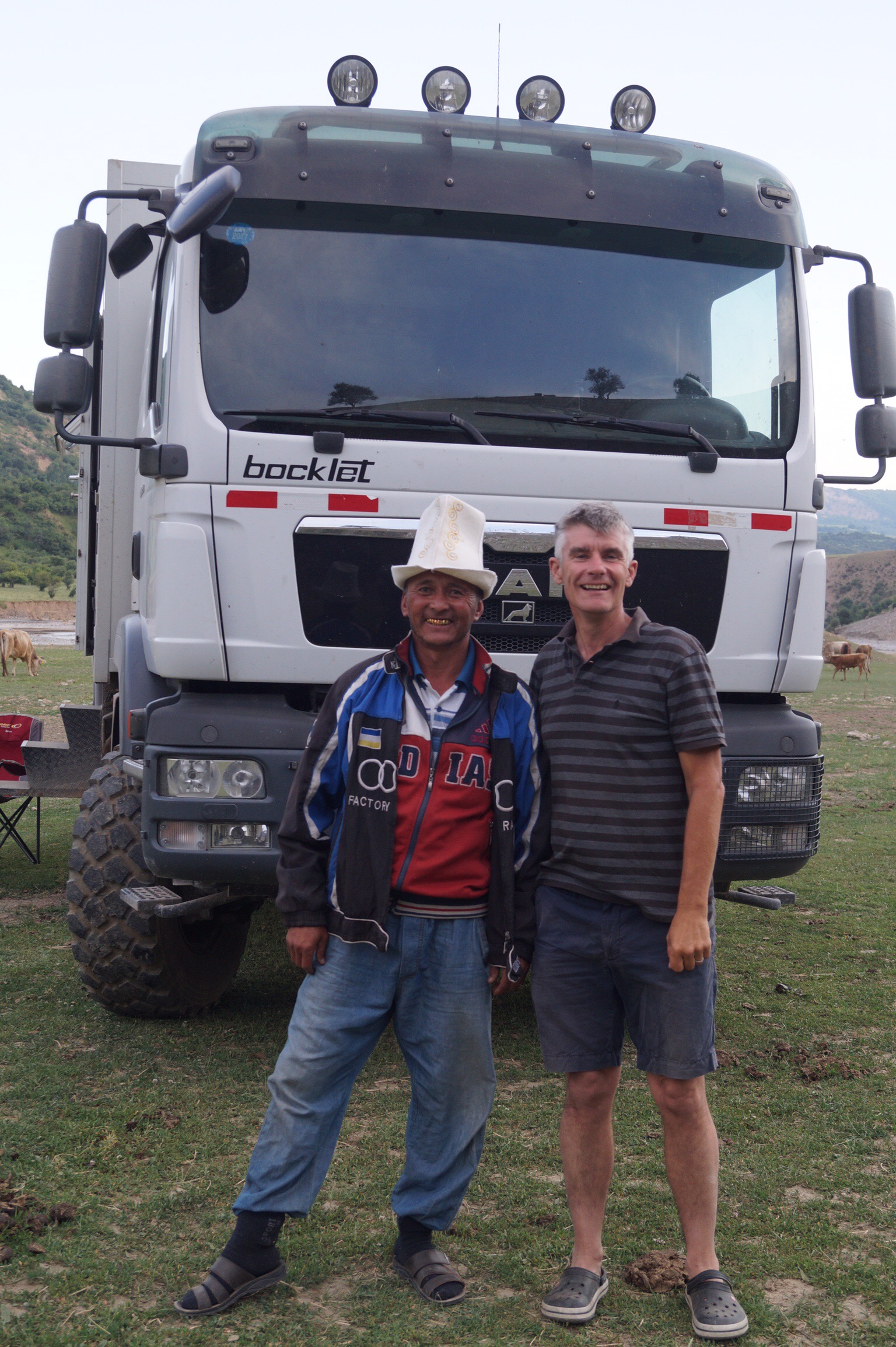
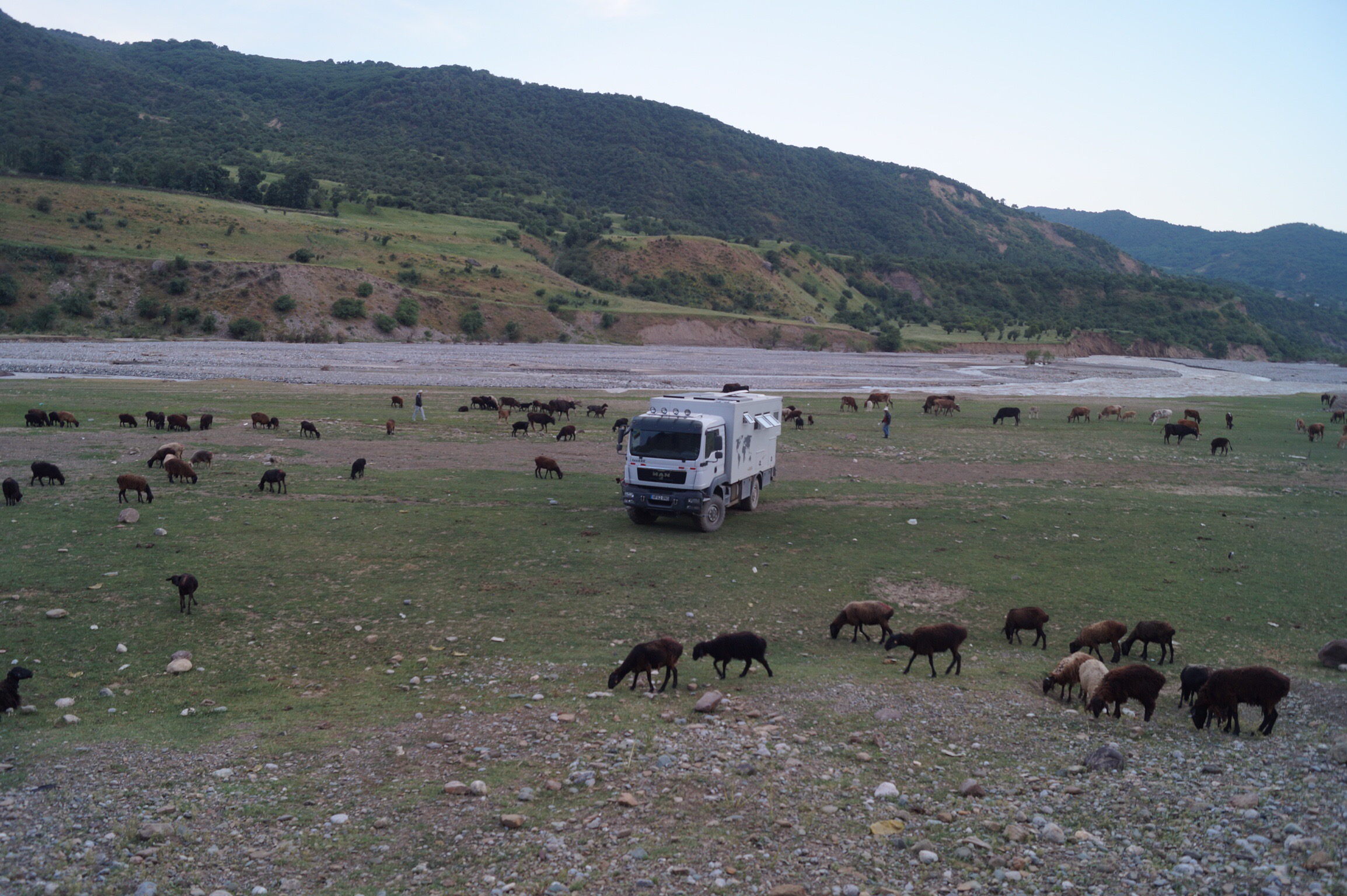 The following day was a long days driving. First to Osh to stock up with provisions. As again there was nothing to really see in town we decided it was not worth stopping and so headed out of town and back up into the high mountains. As we left Osh we started to climb into the hills again passing herders herding their sheep to the higher pastures for the summer. When we left Osh it was 38 degrees, by the time we reached our camping spot overlooking the mighty Pamirs it had dropped to 16 degrees. Mind you we were now at 3,300m.
The following day was a long days driving. First to Osh to stock up with provisions. As again there was nothing to really see in town we decided it was not worth stopping and so headed out of town and back up into the high mountains. As we left Osh we started to climb into the hills again passing herders herding their sheep to the higher pastures for the summer. When we left Osh it was 38 degrees, by the time we reached our camping spot overlooking the mighty Pamirs it had dropped to 16 degrees. Mind you we were now at 3,300m.
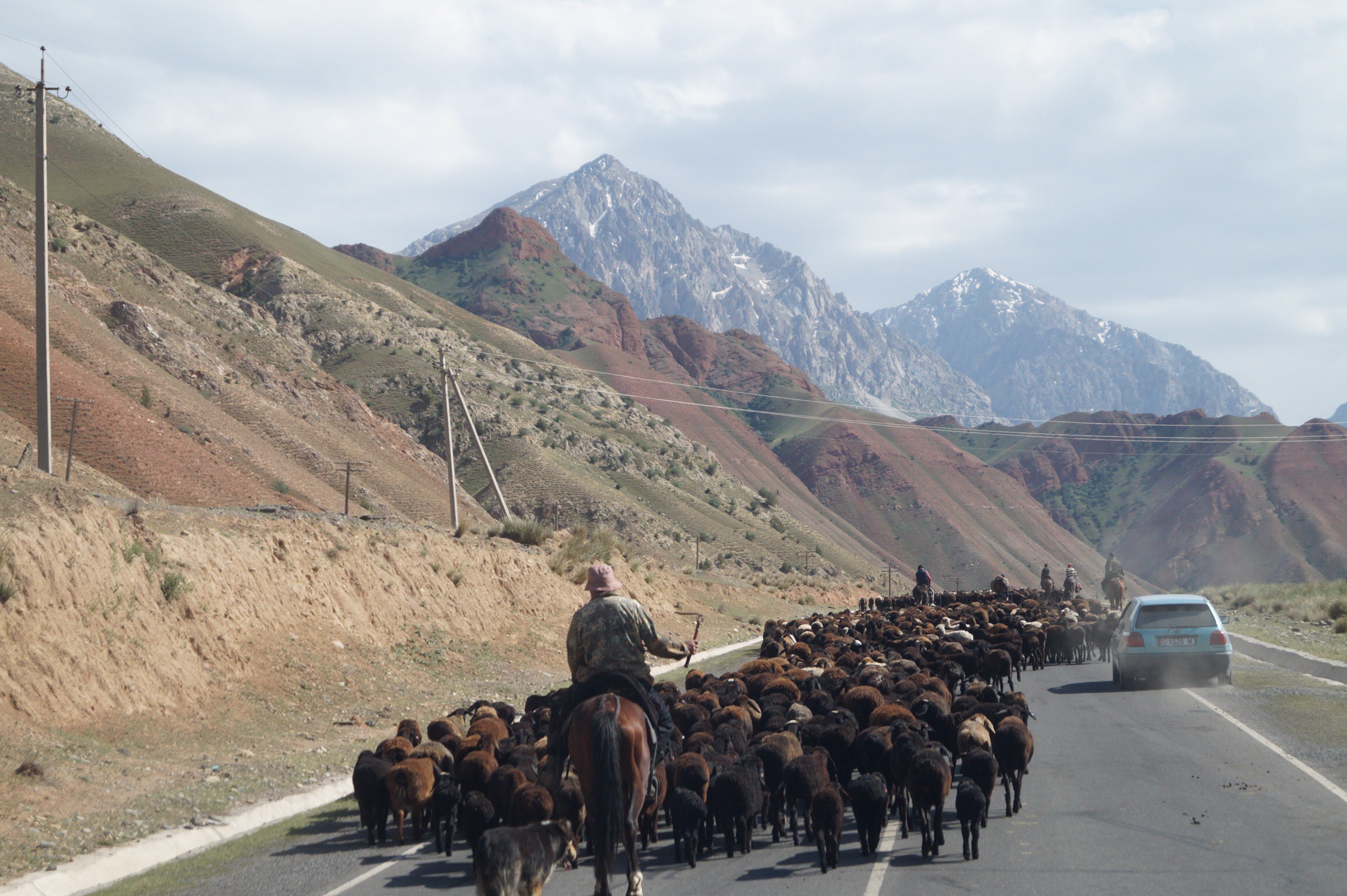

 Next we would be heading to Tajikistan and the Pamir Highway.
Next we would be heading to Tajikistan and the Pamir Highway. 
